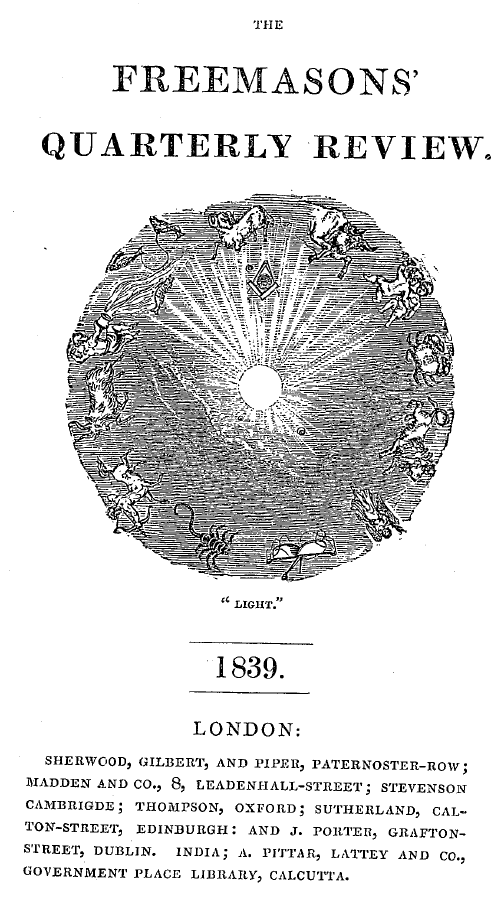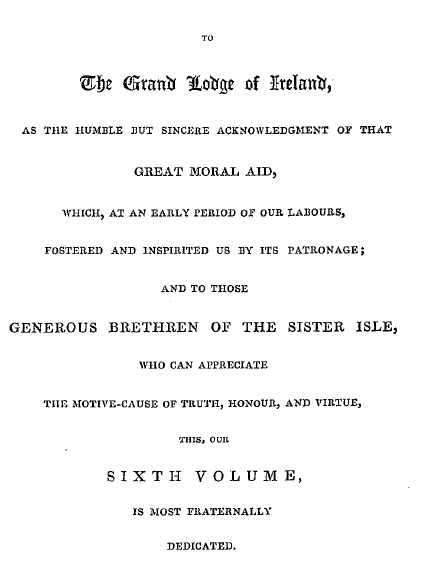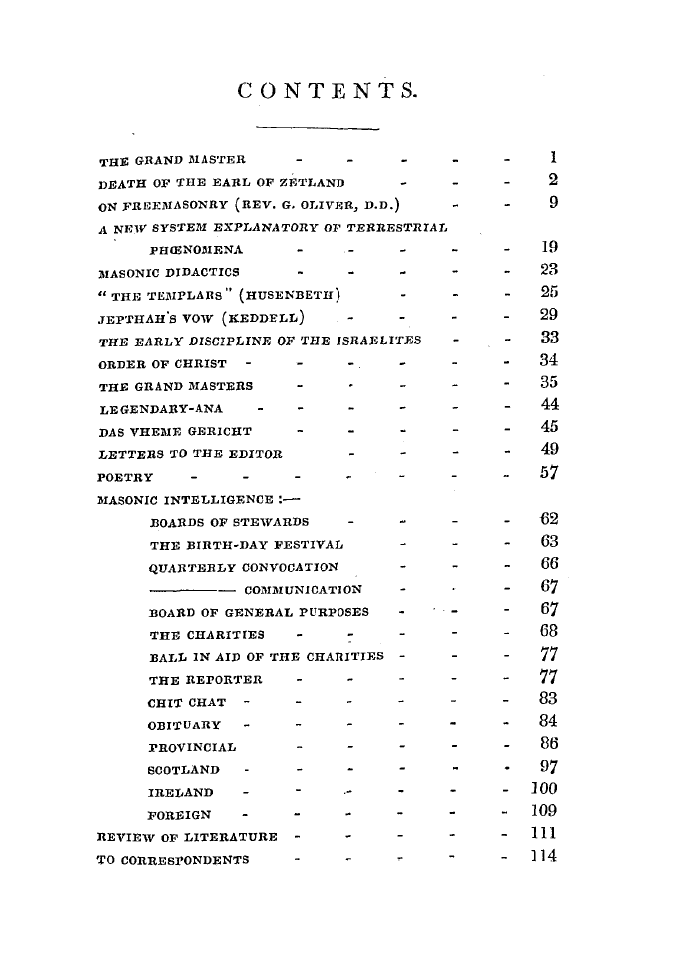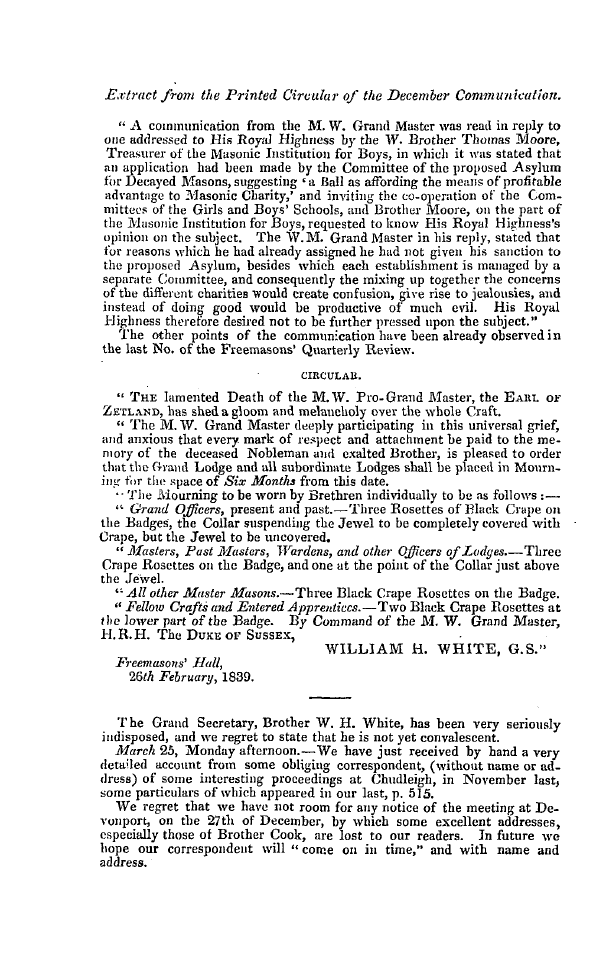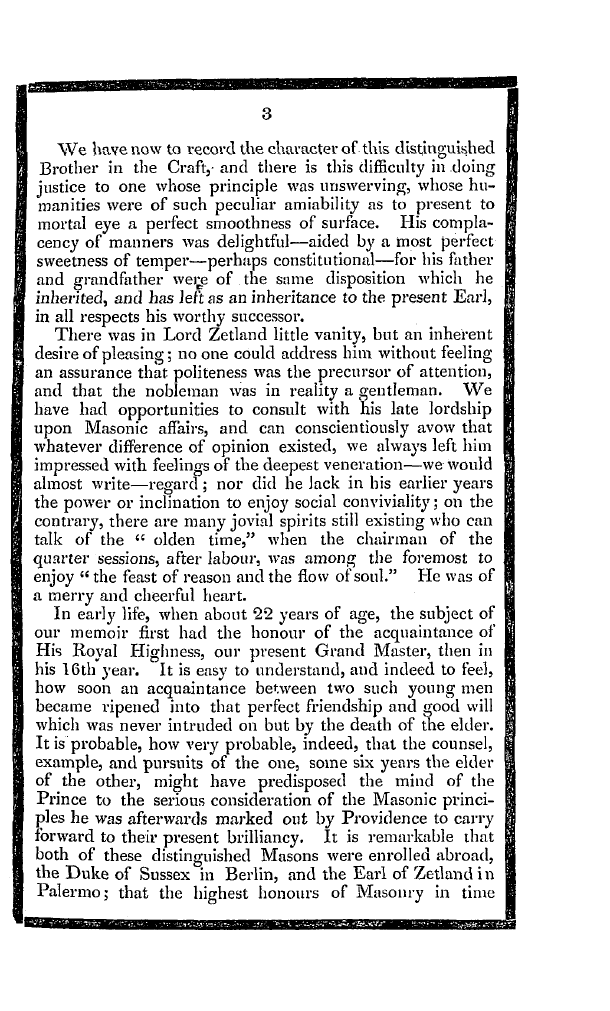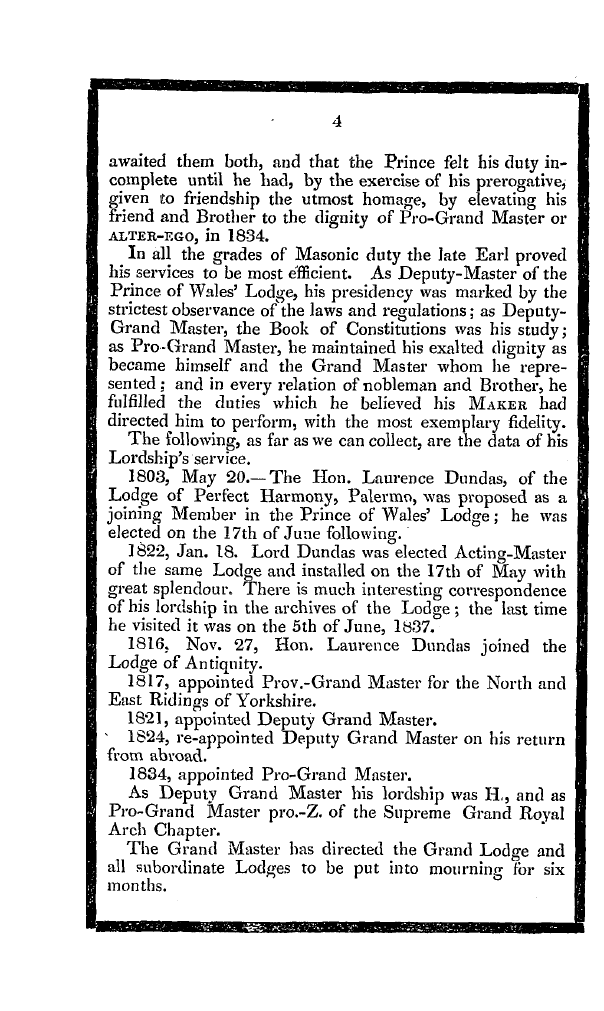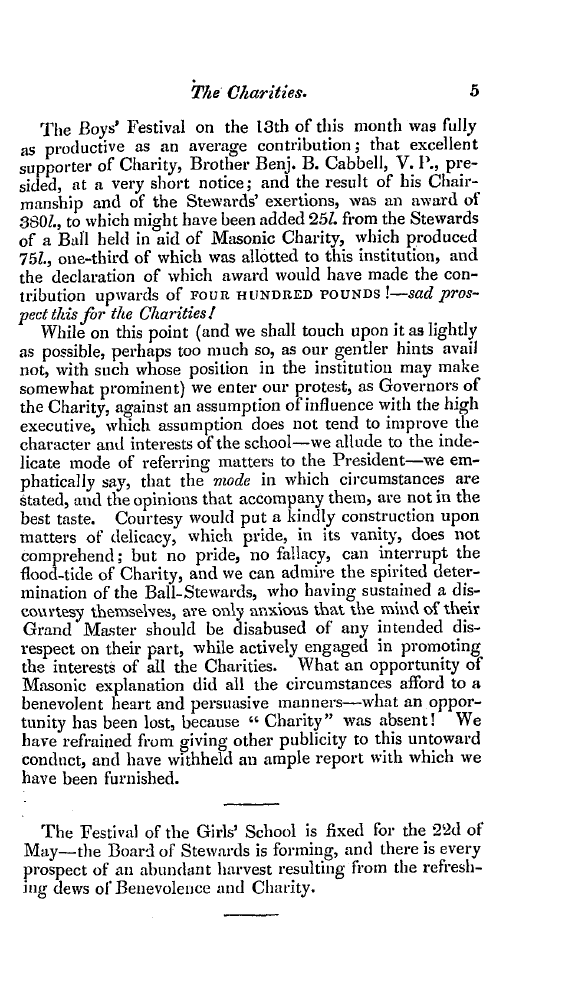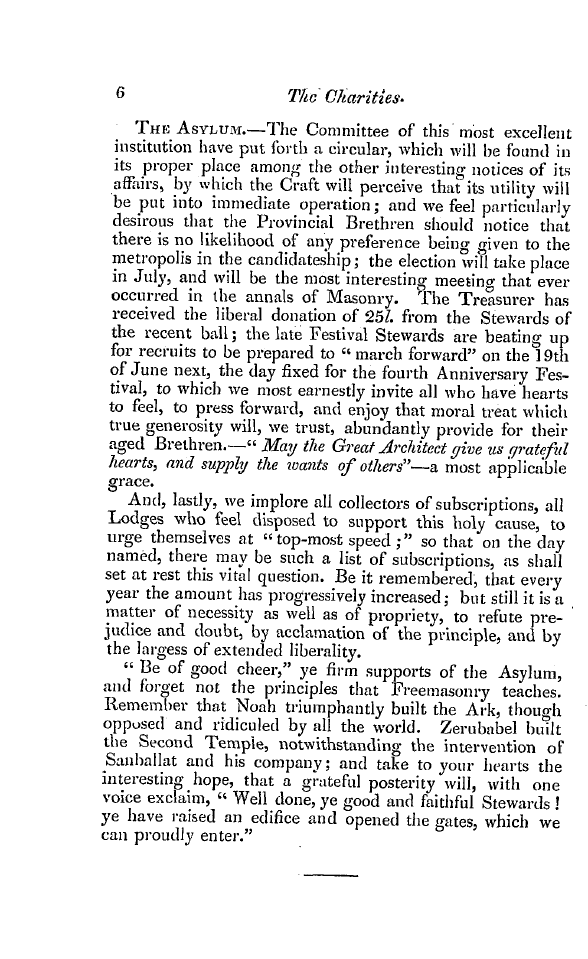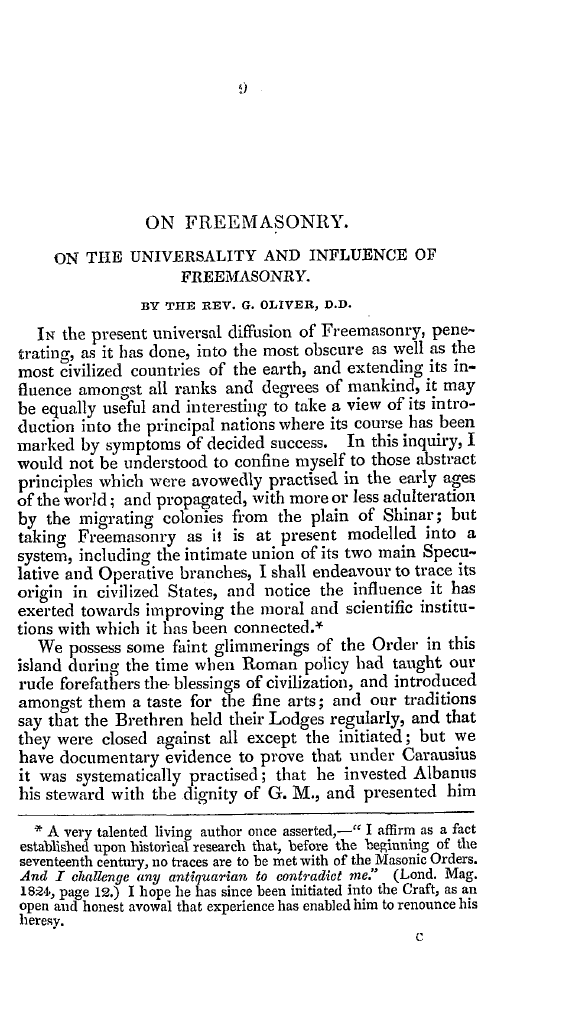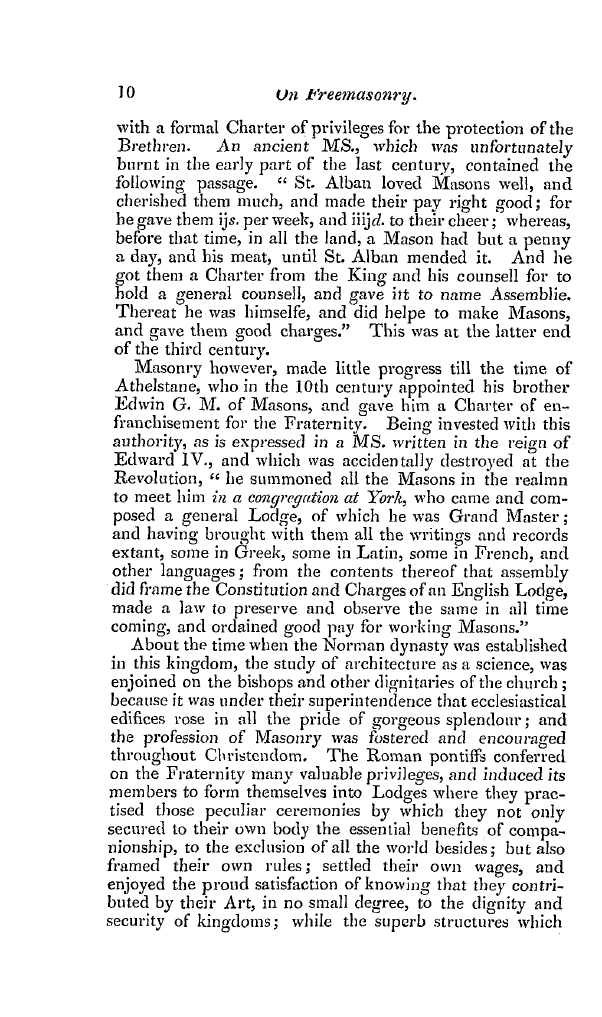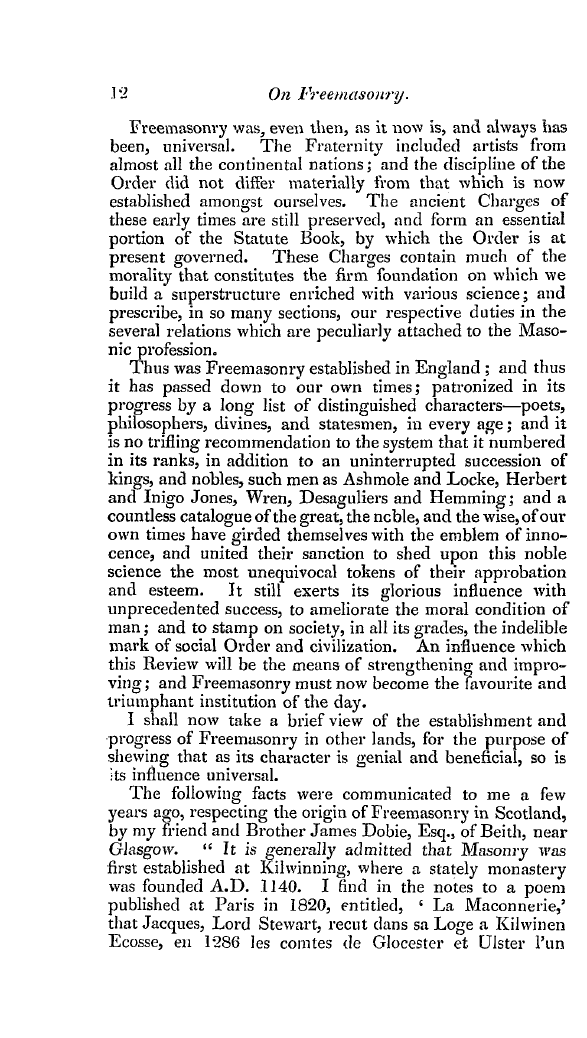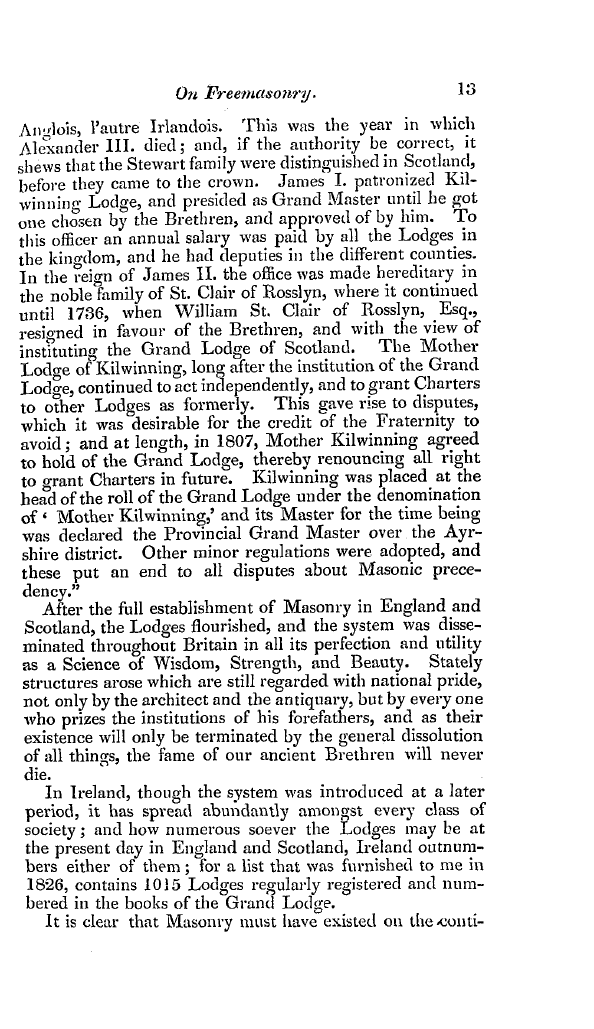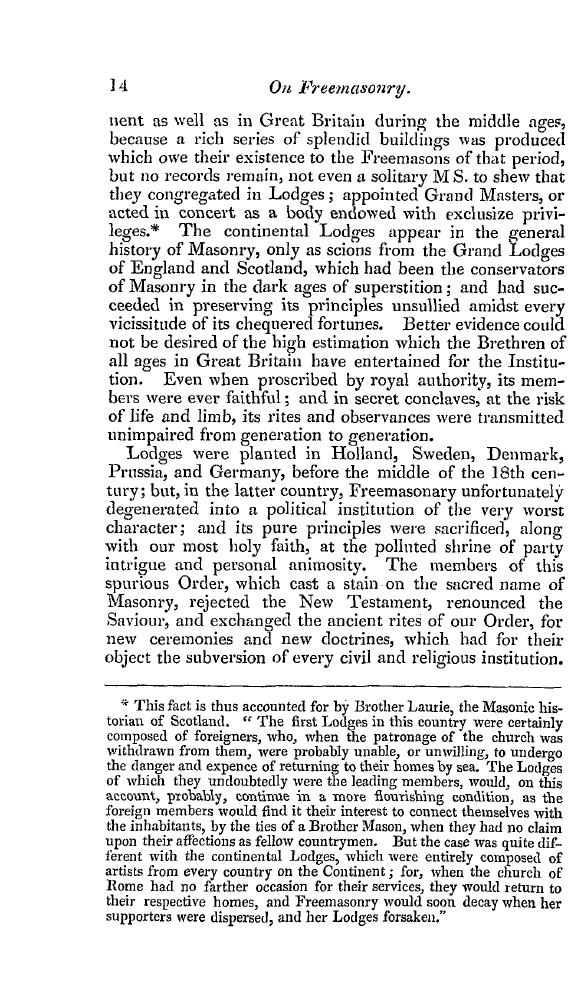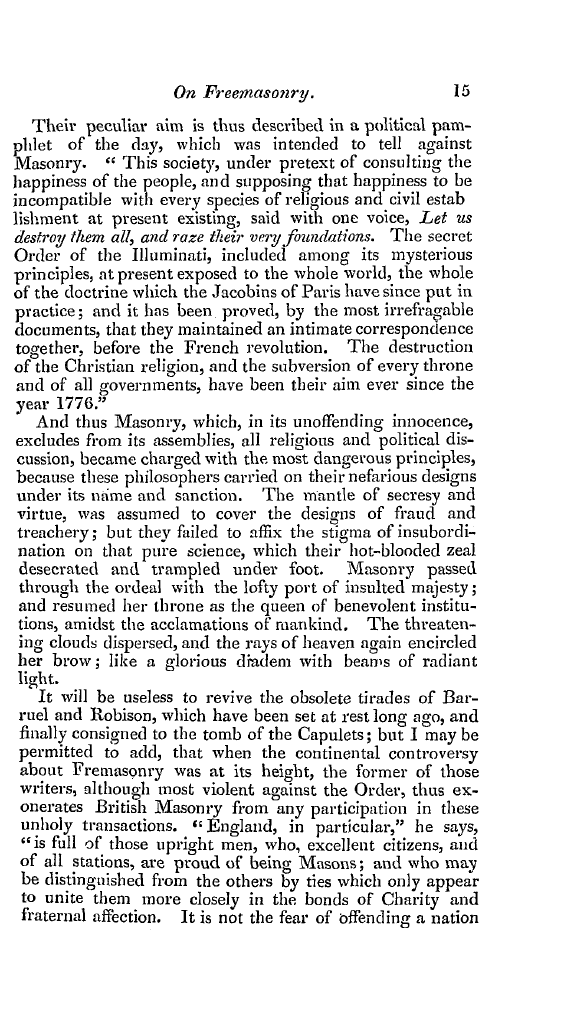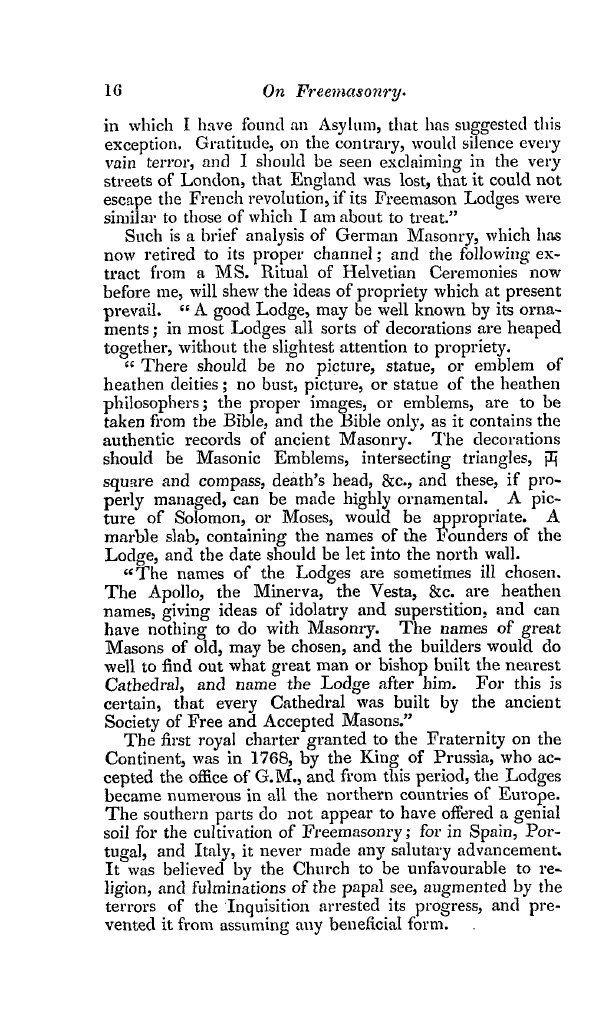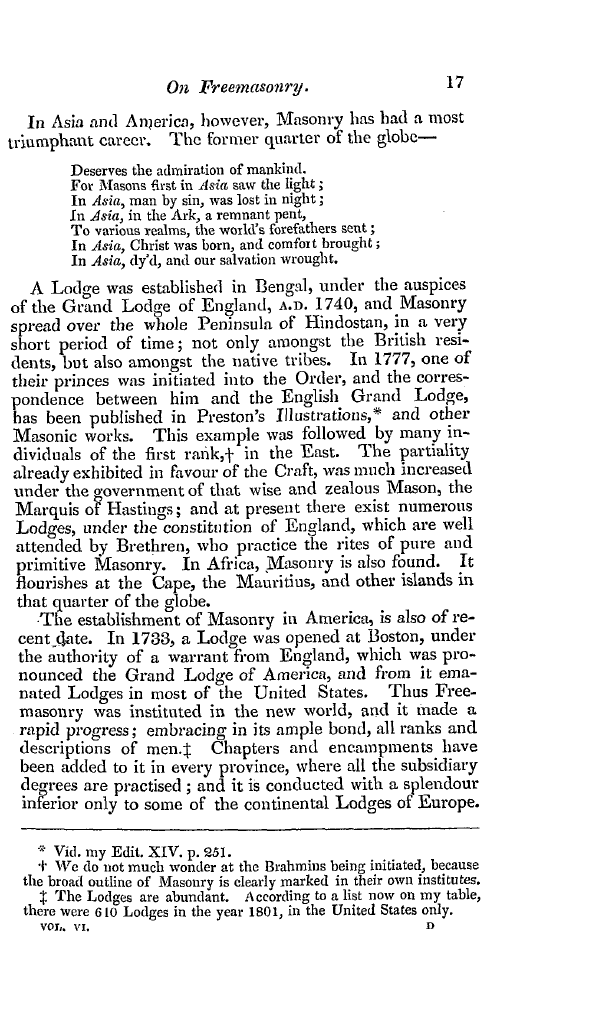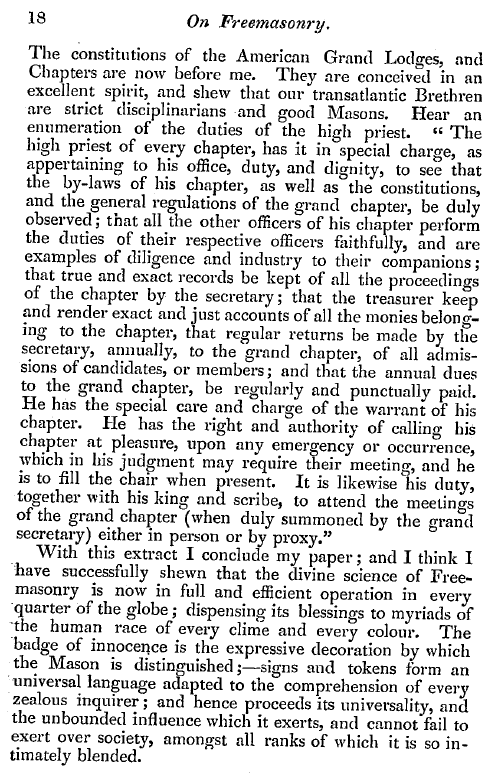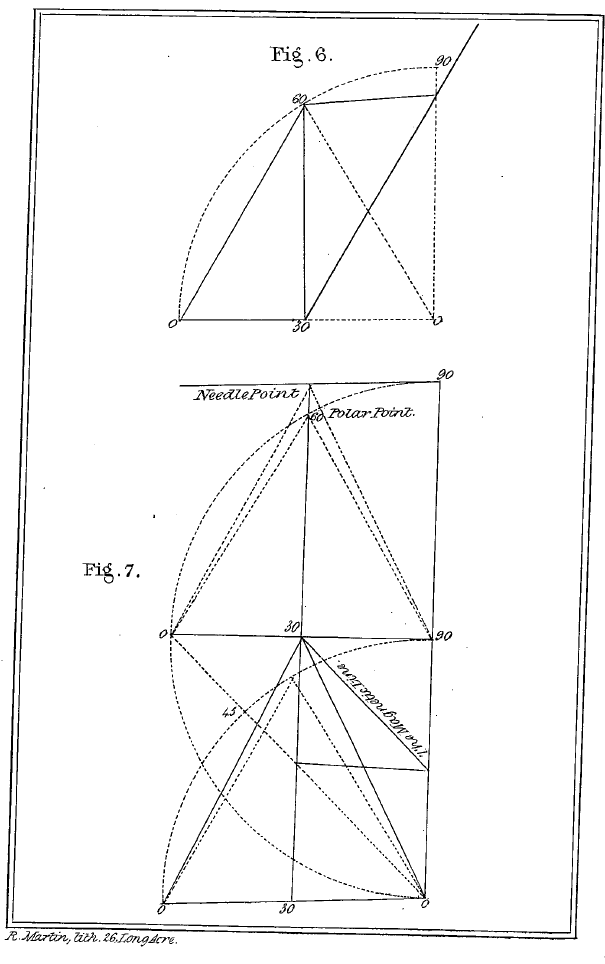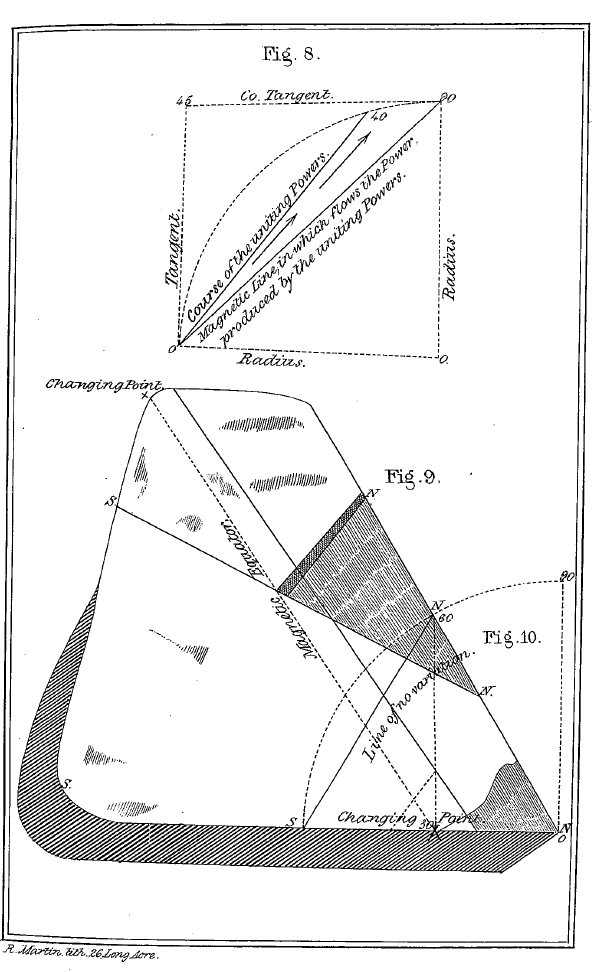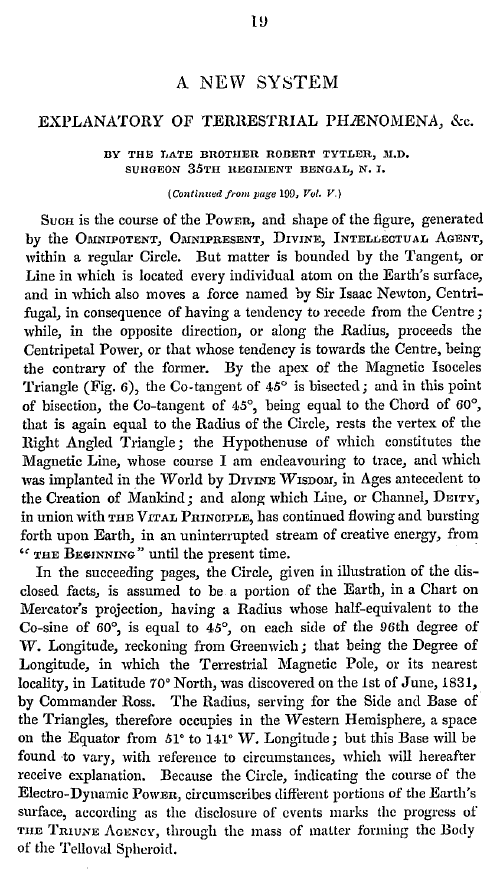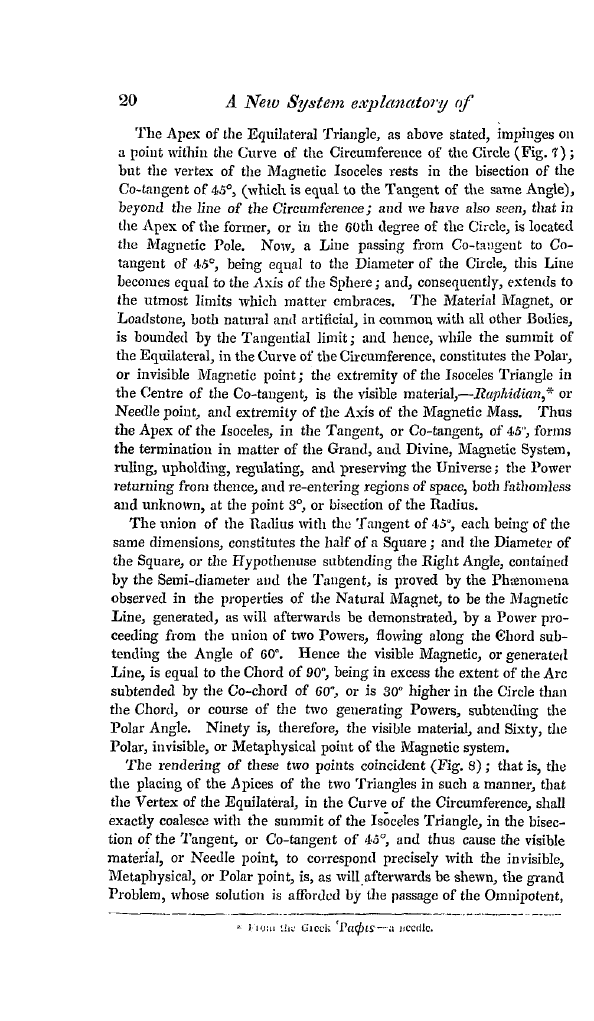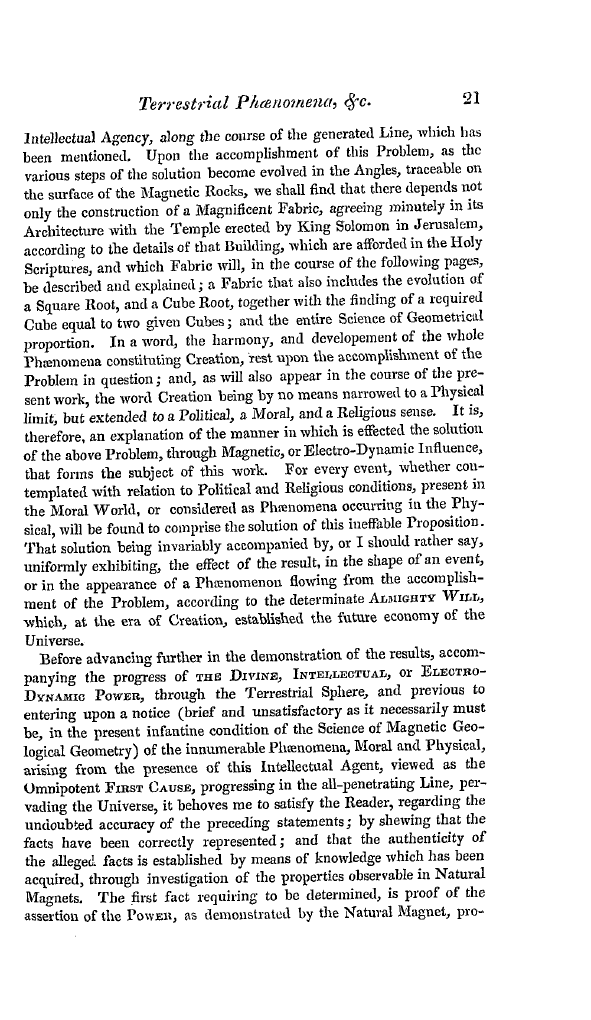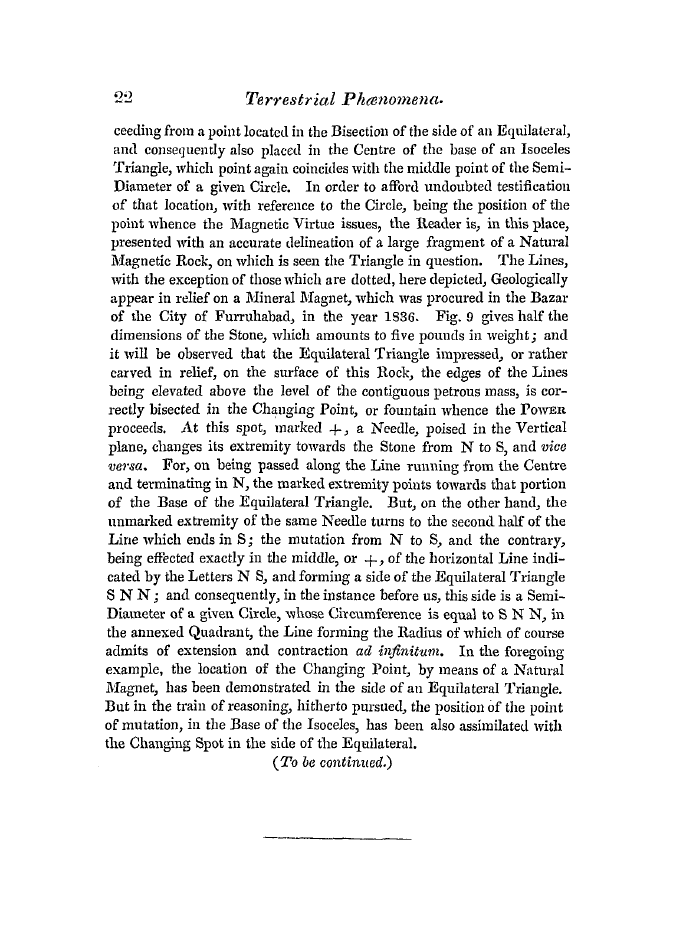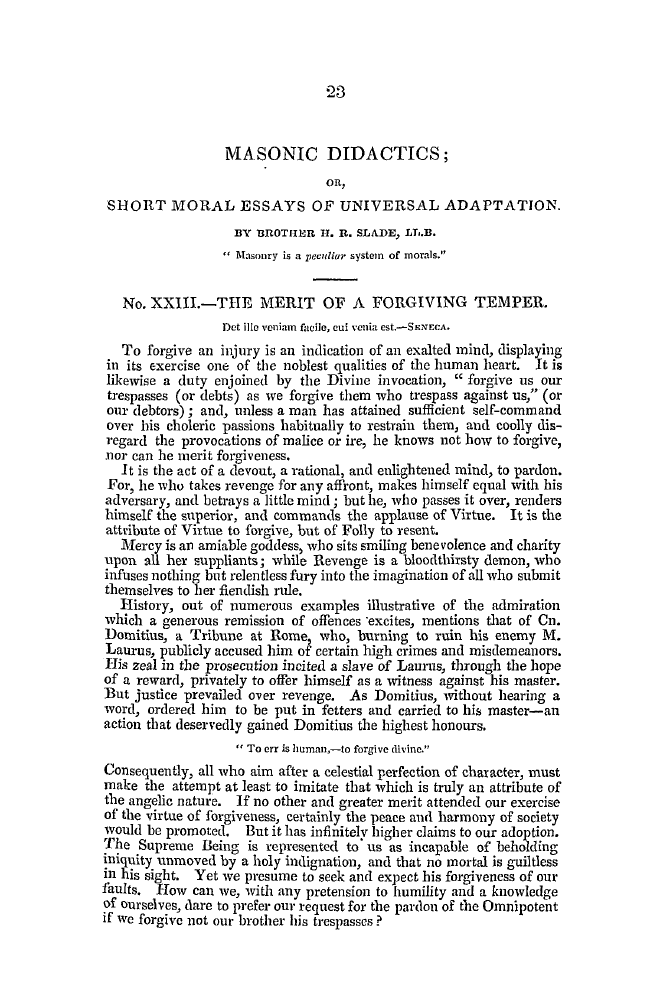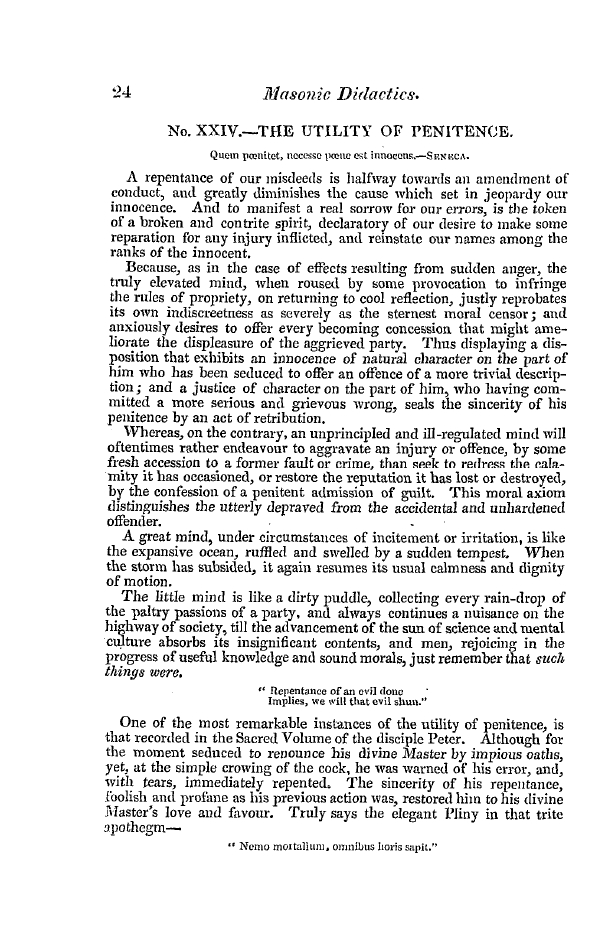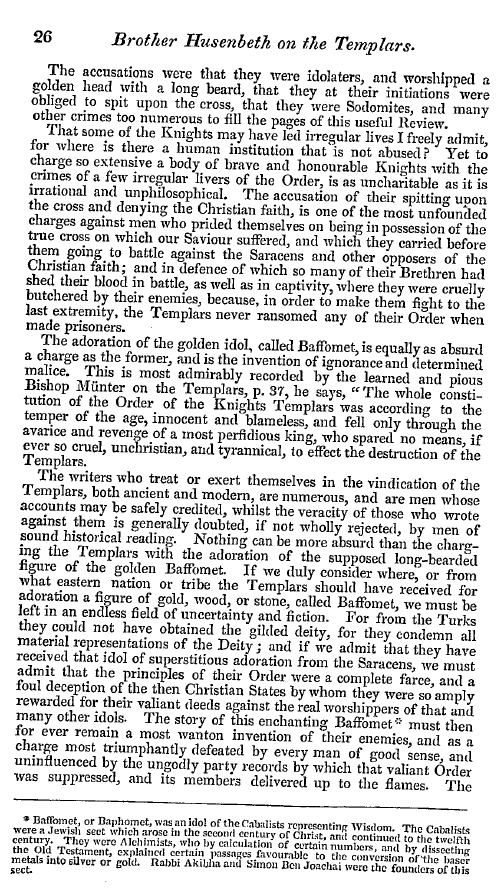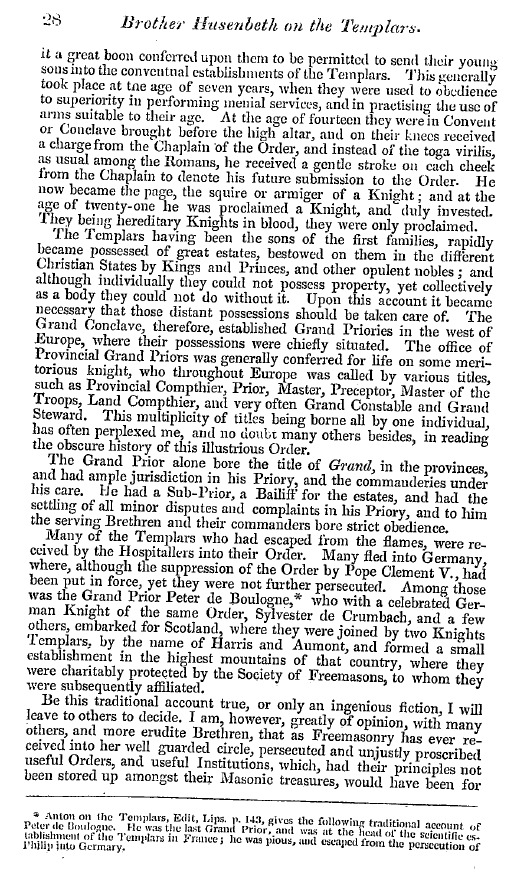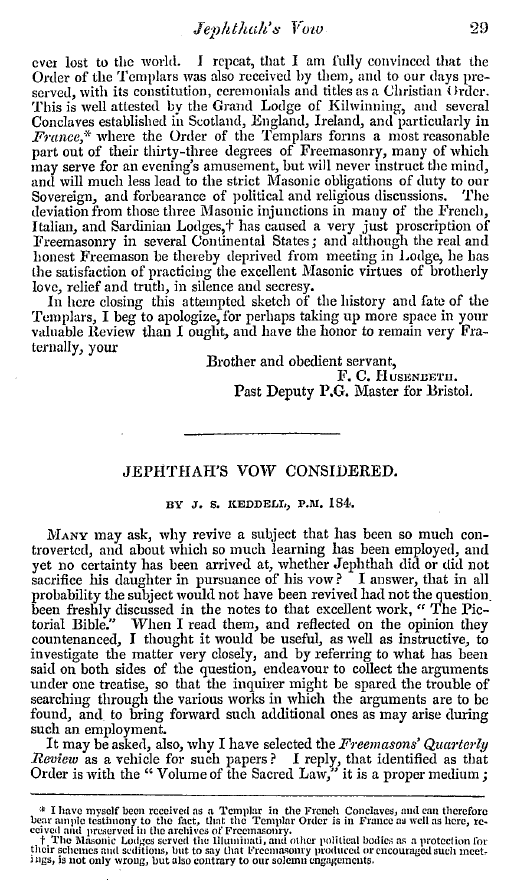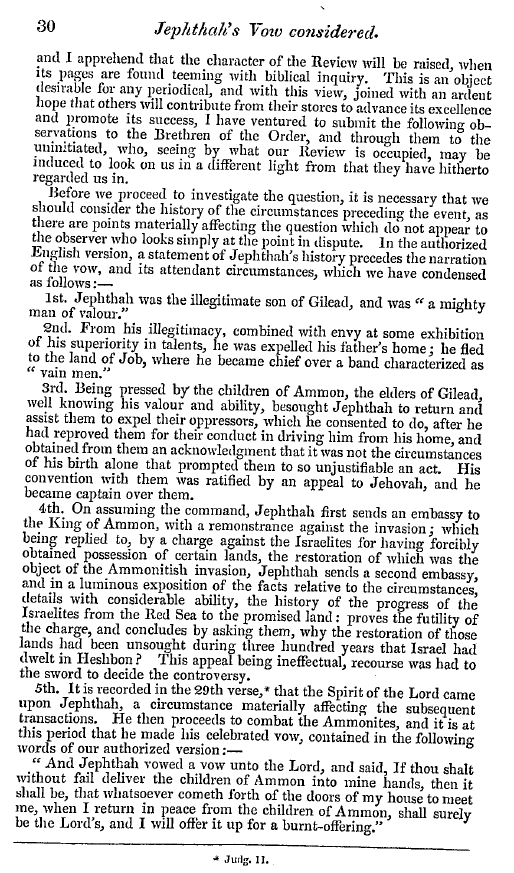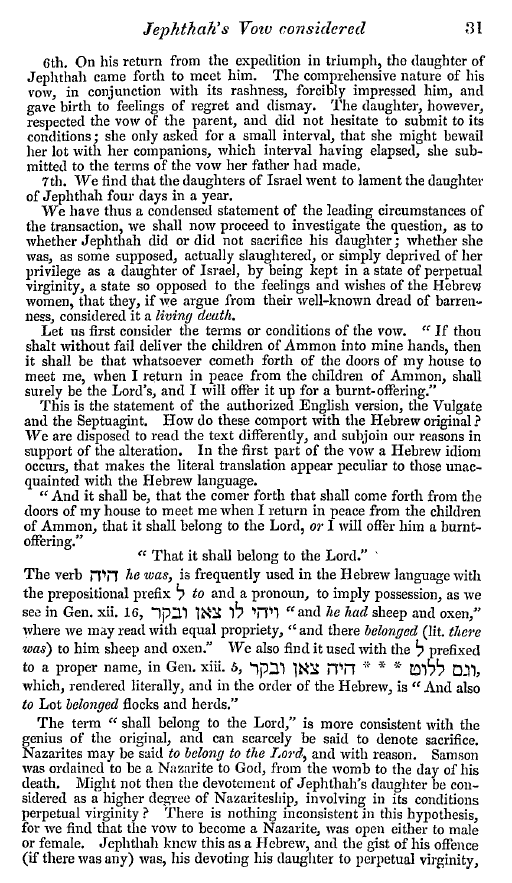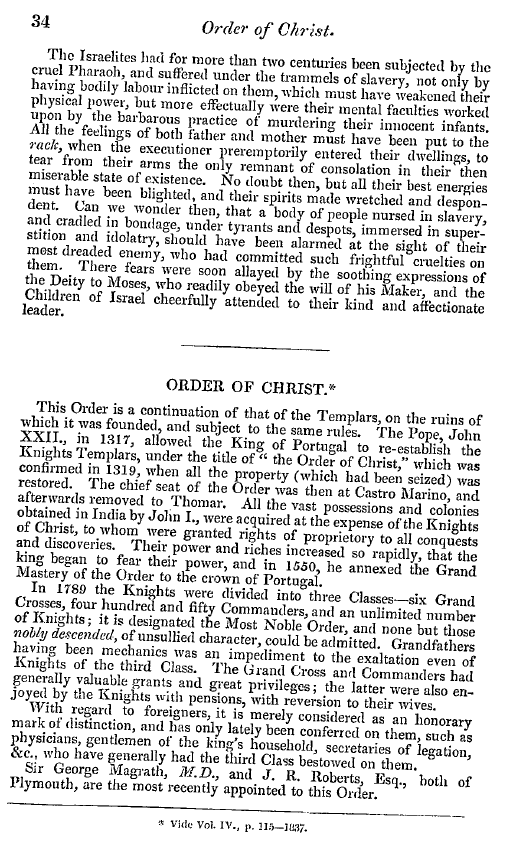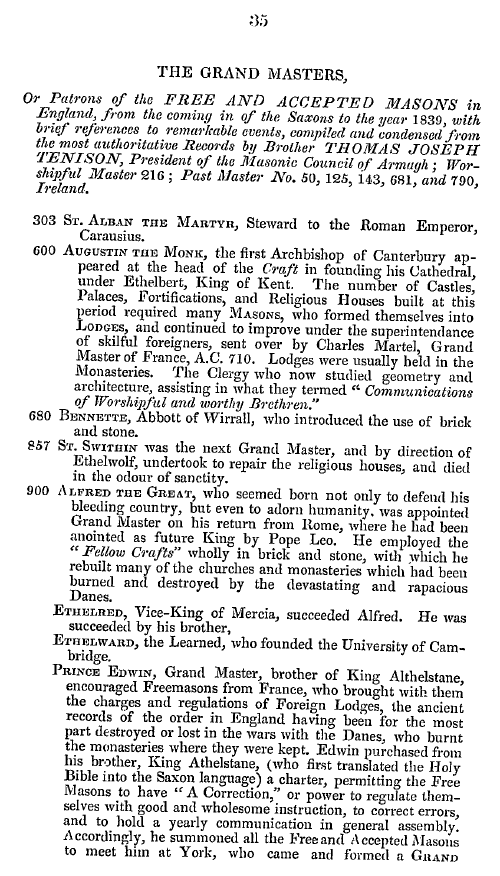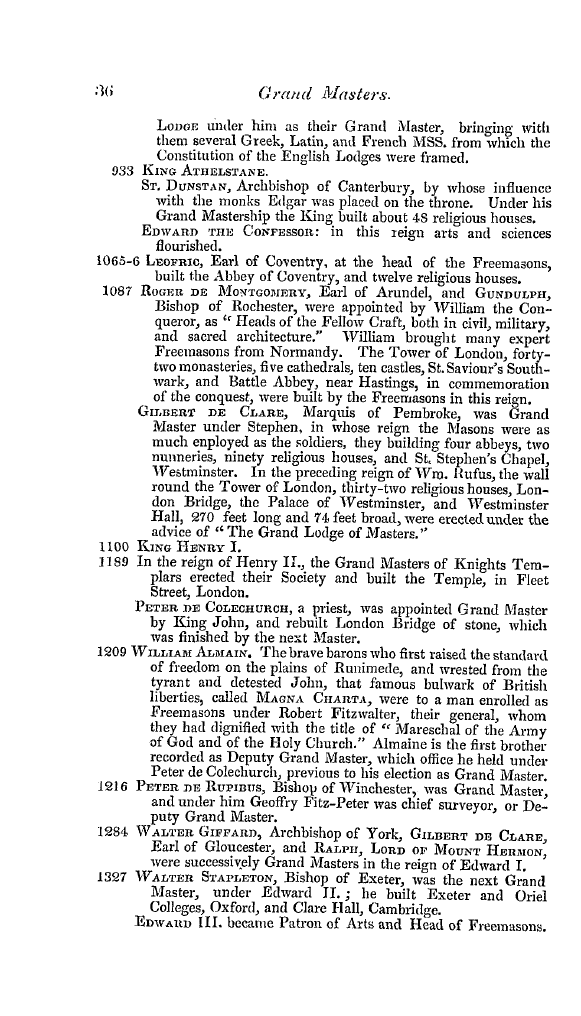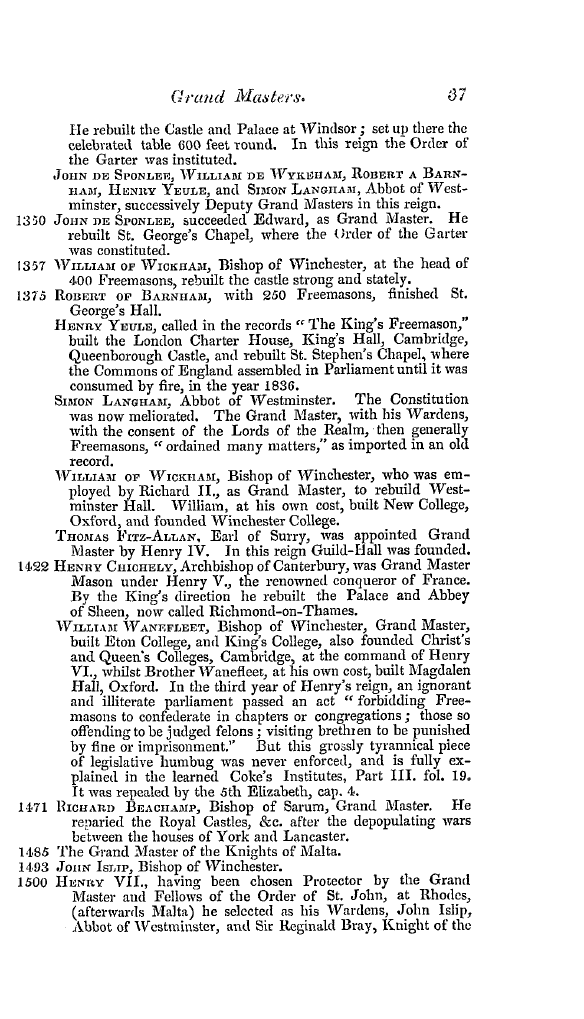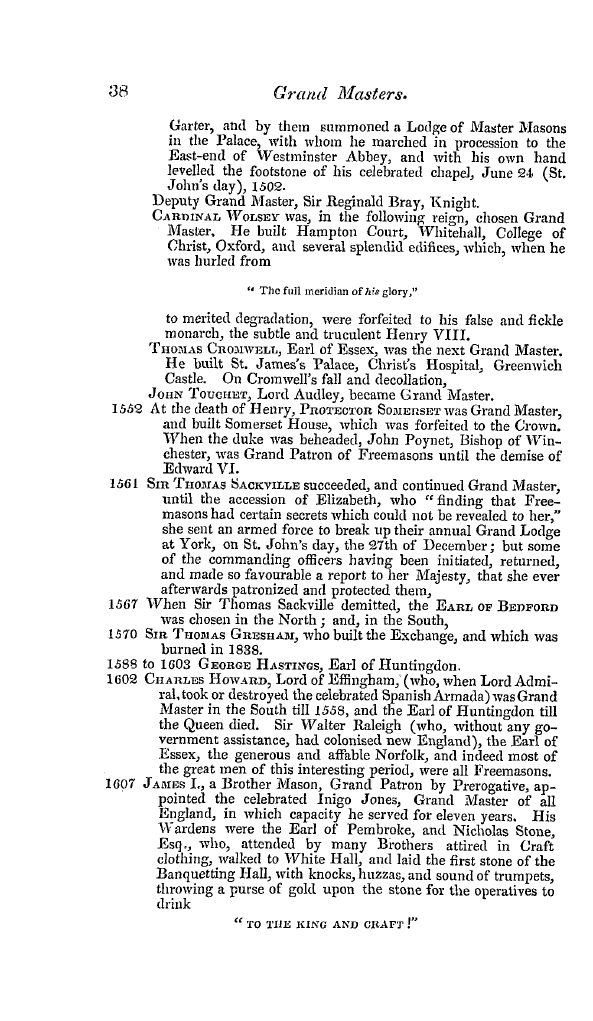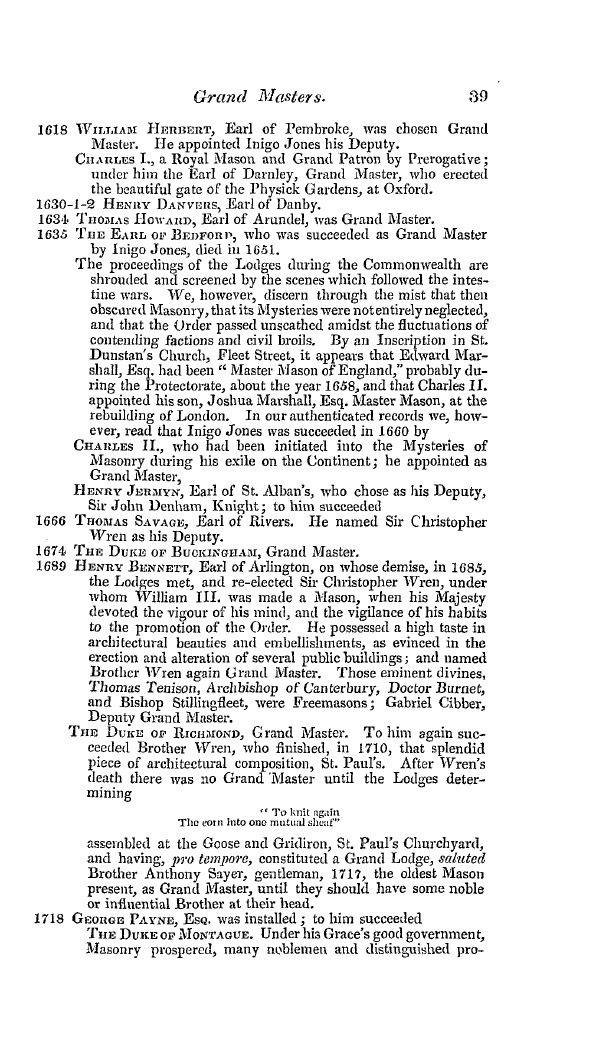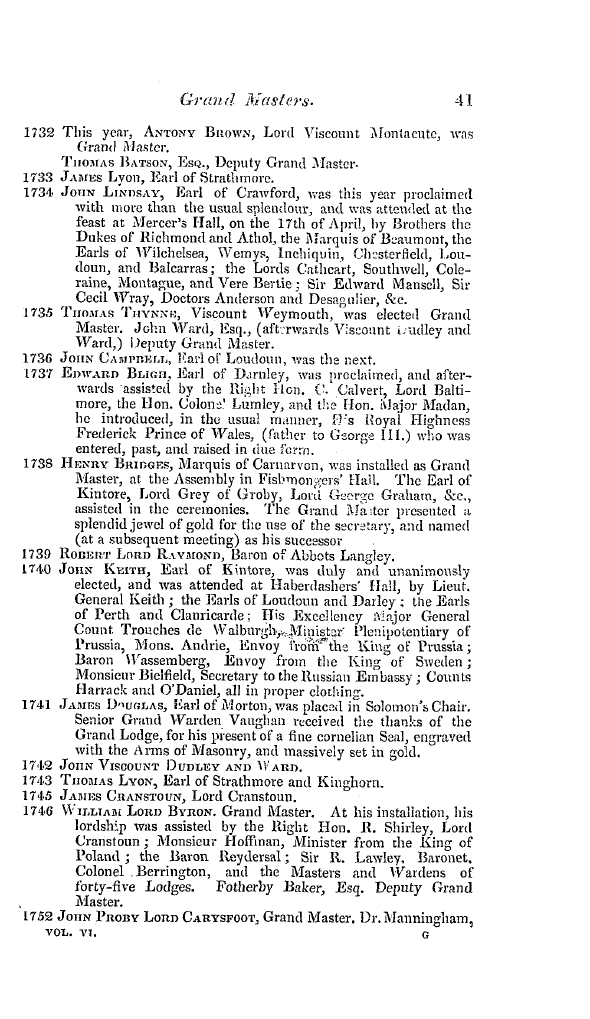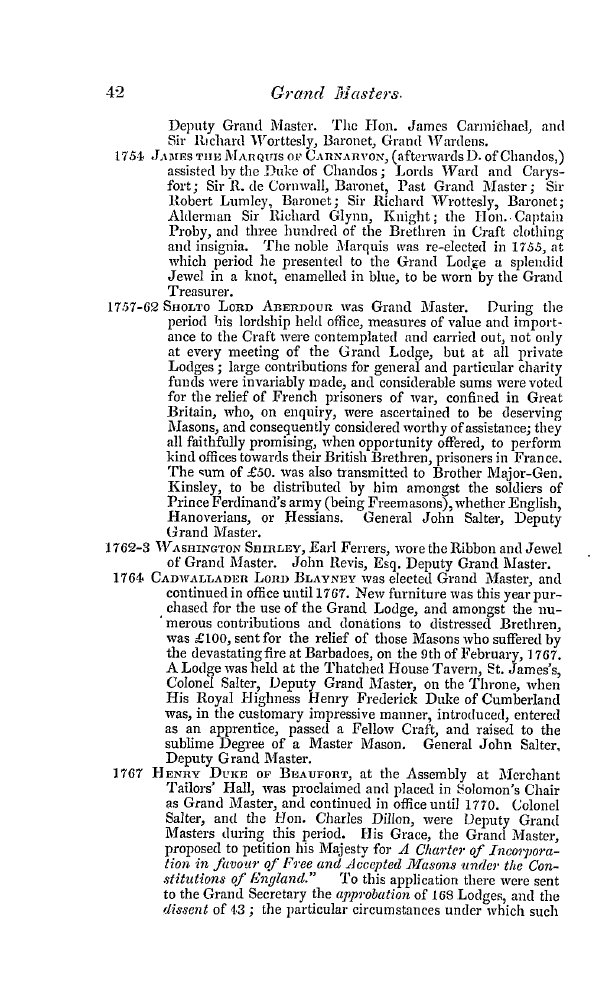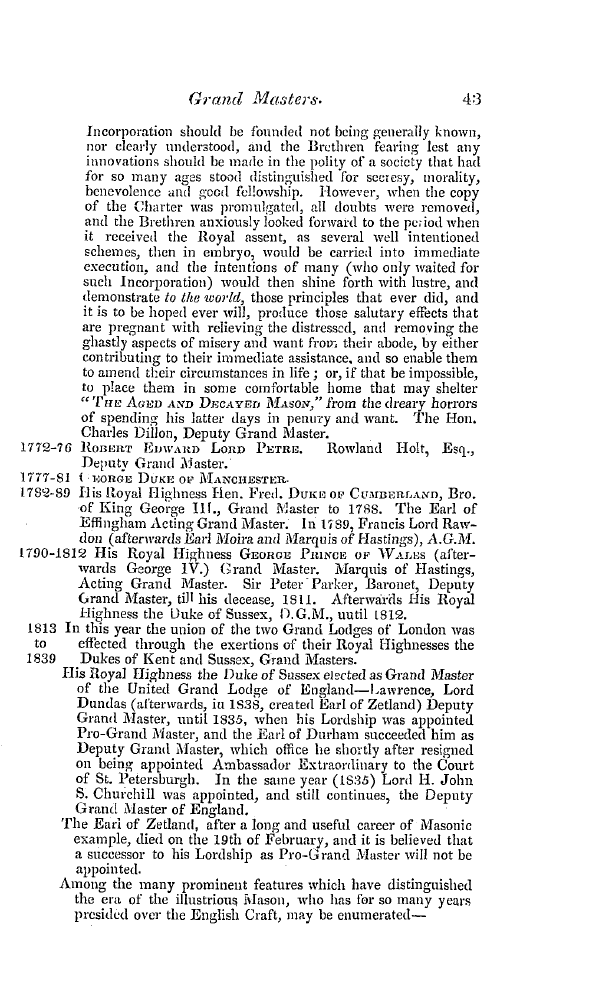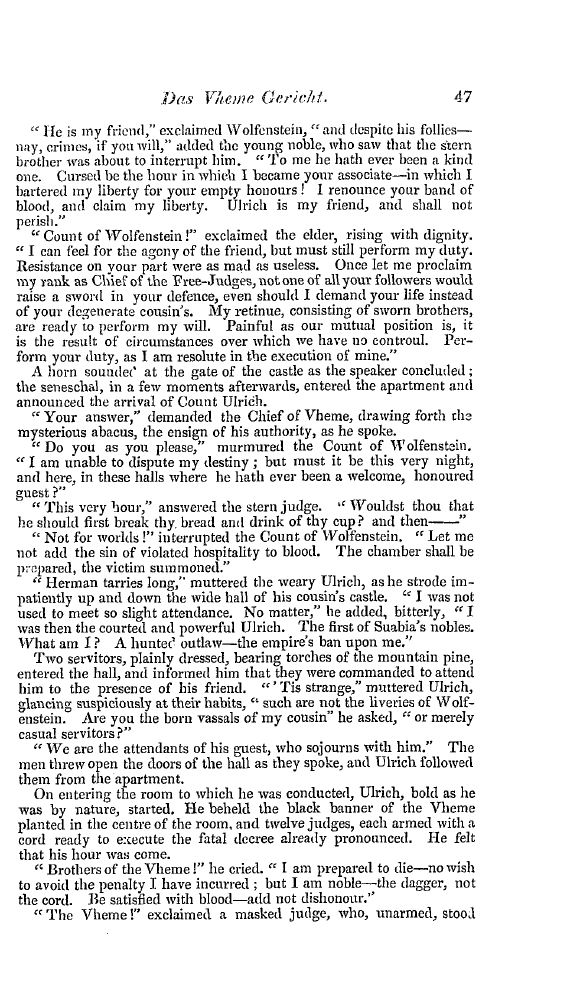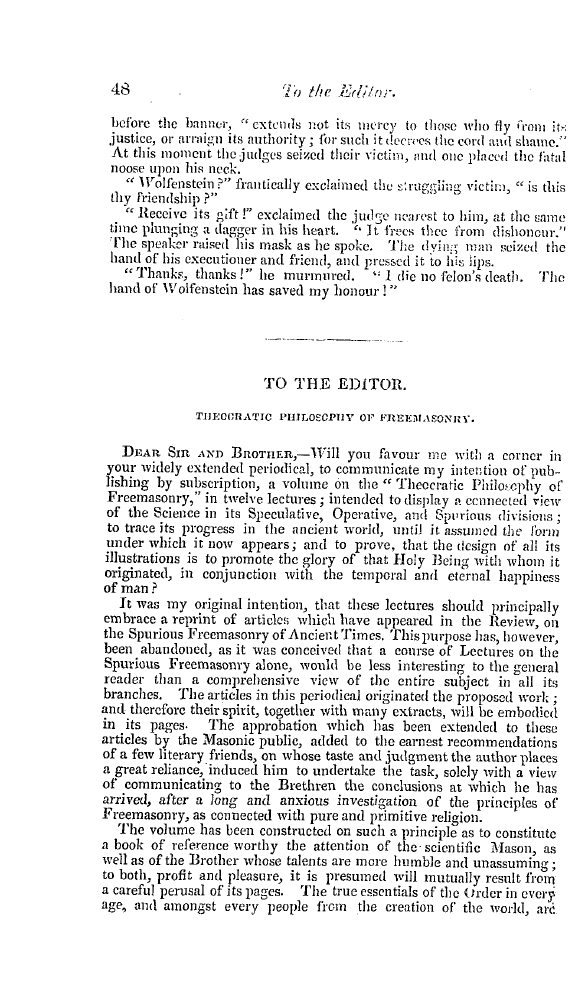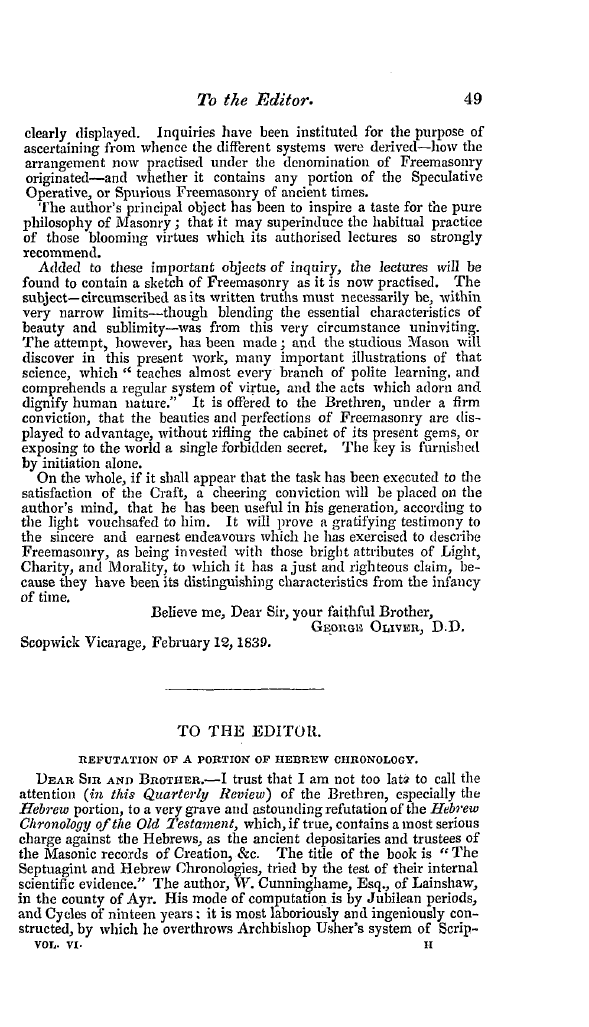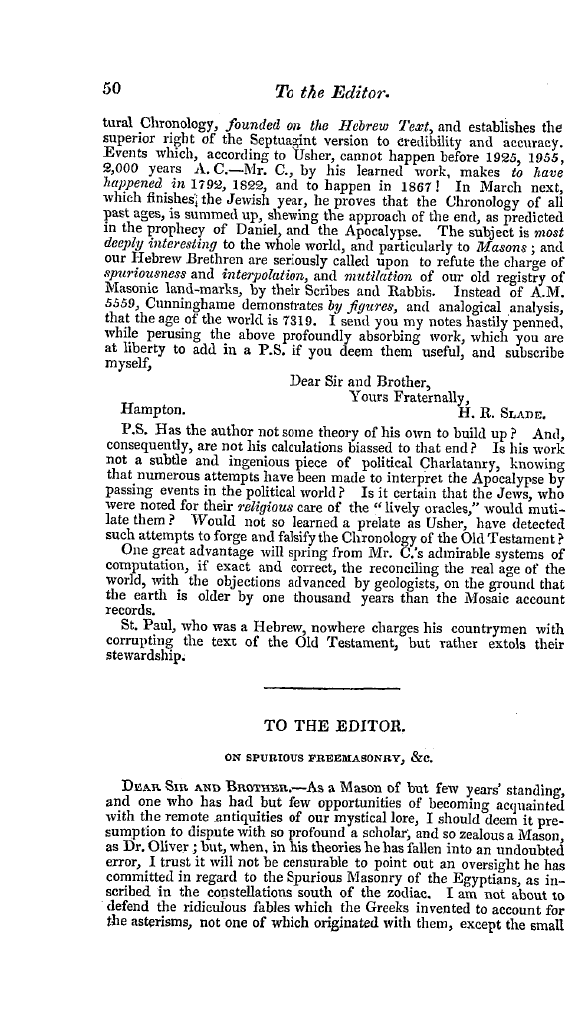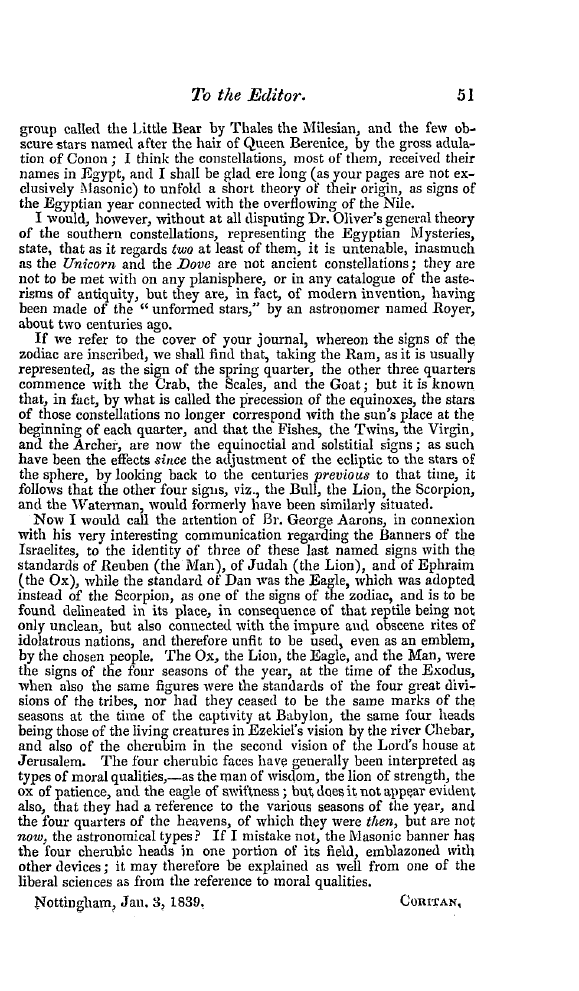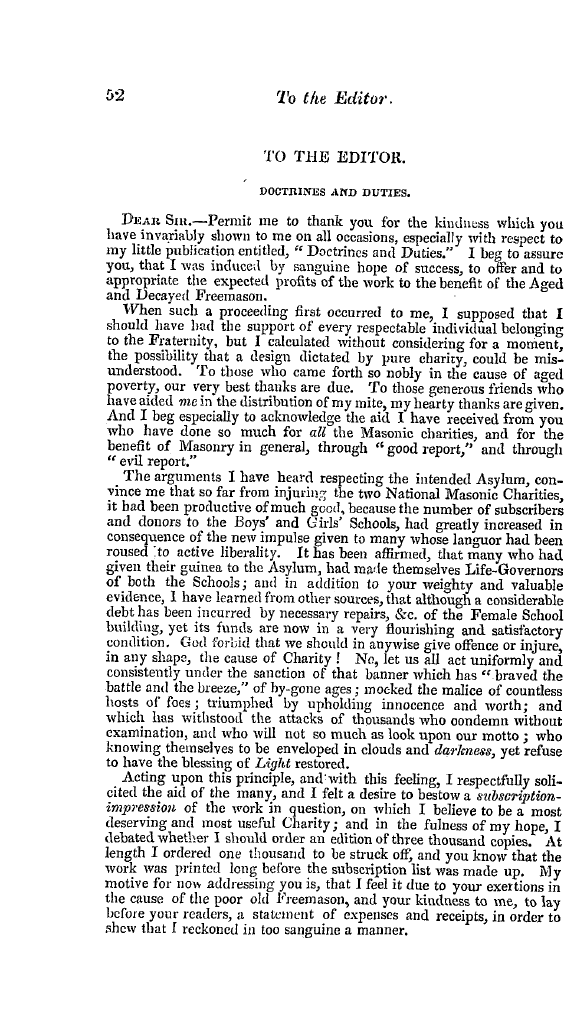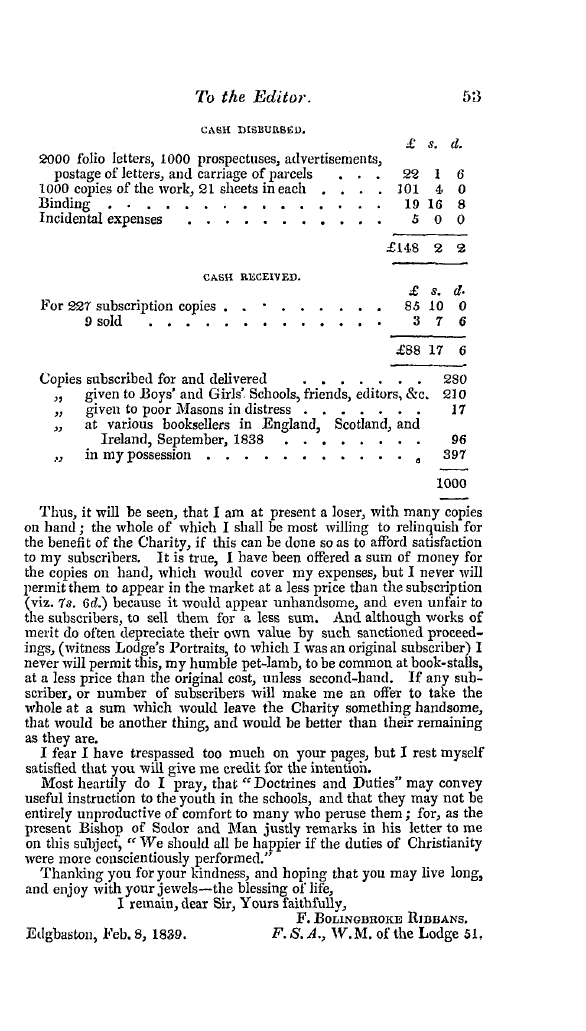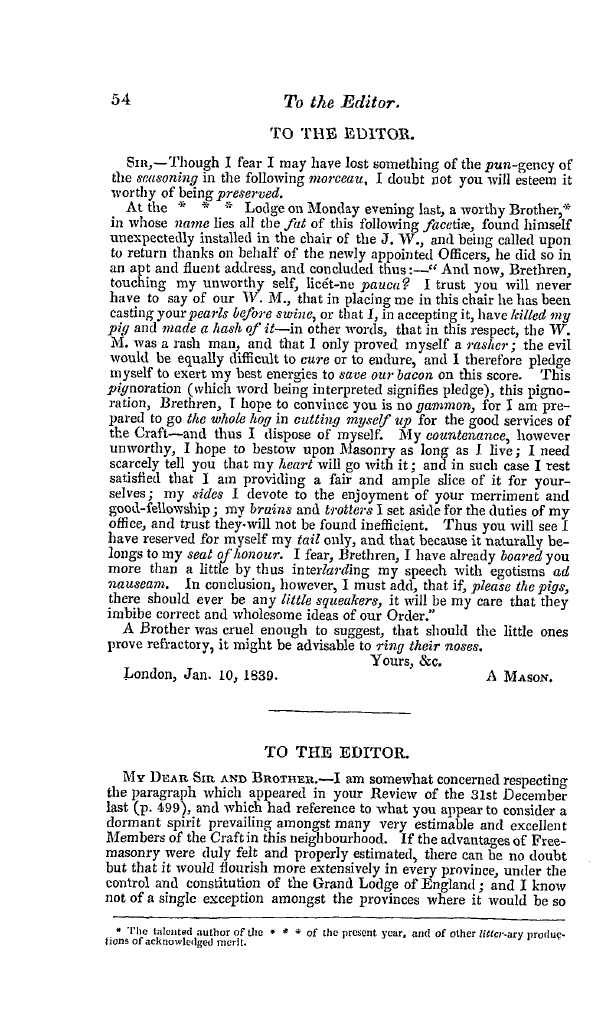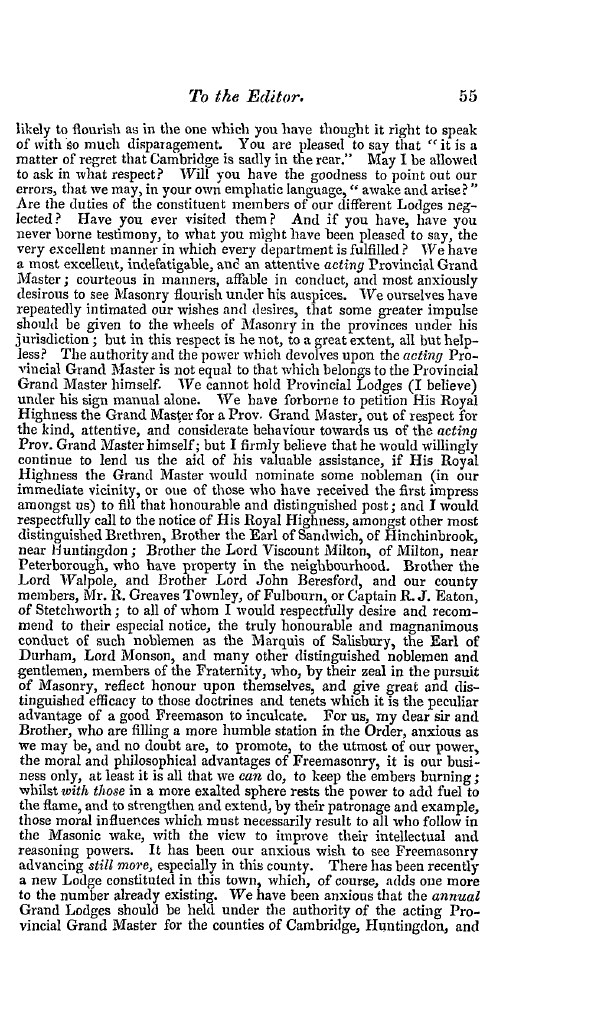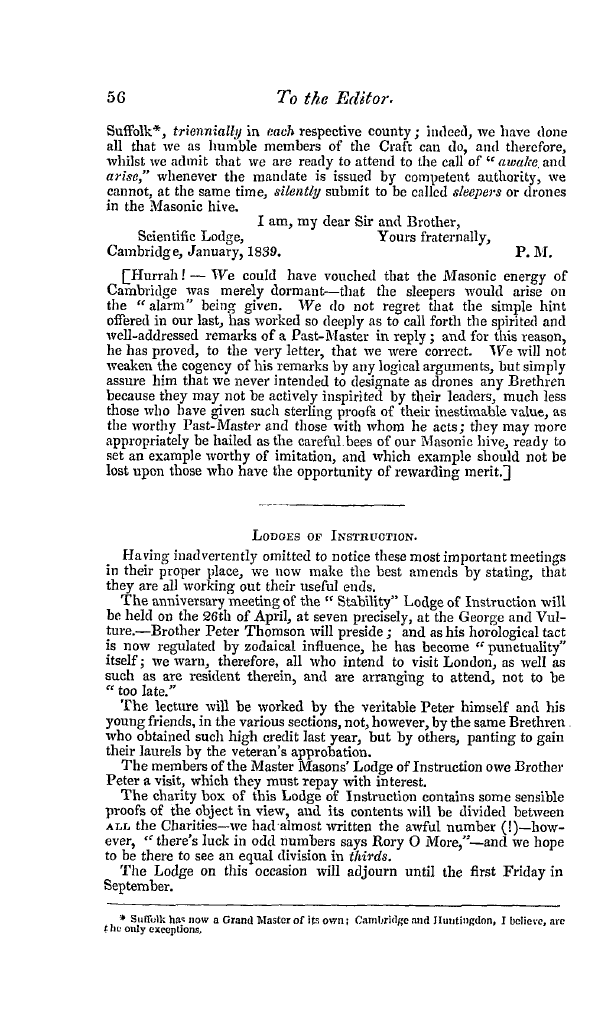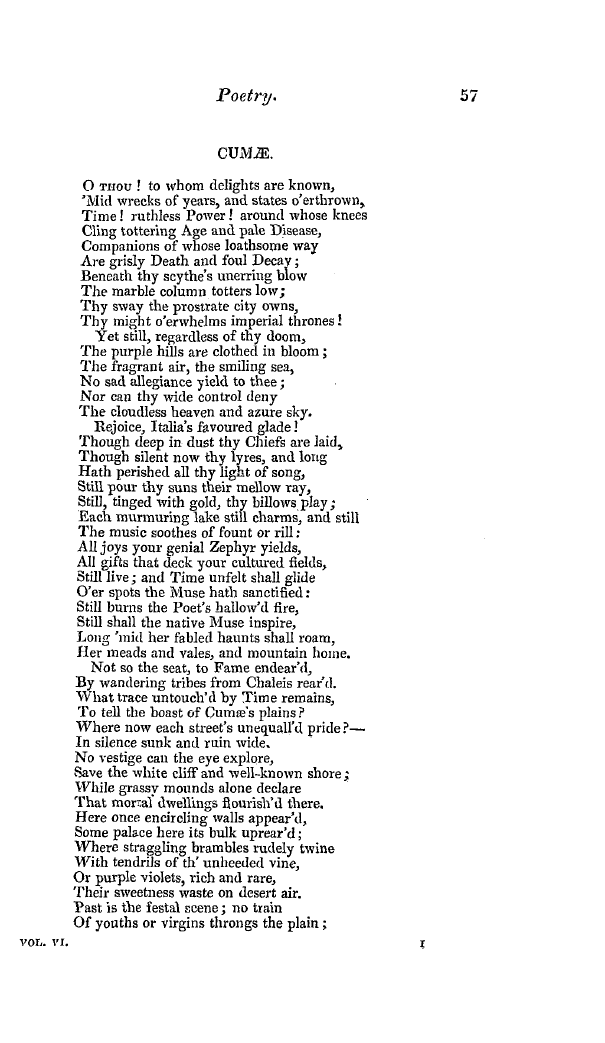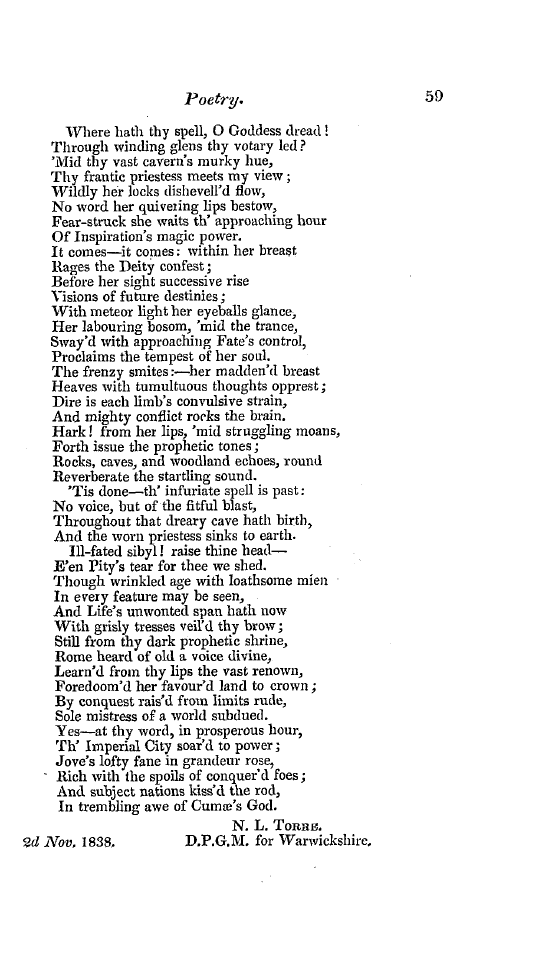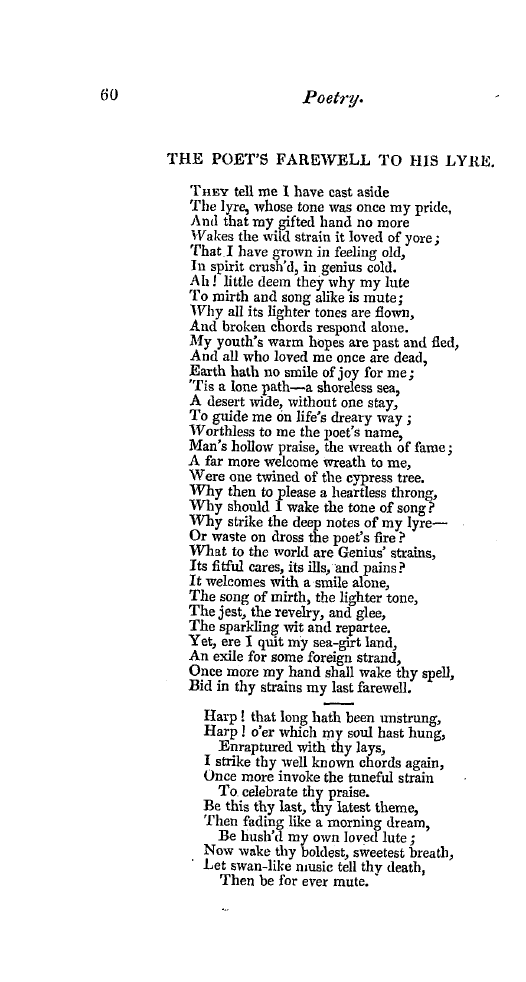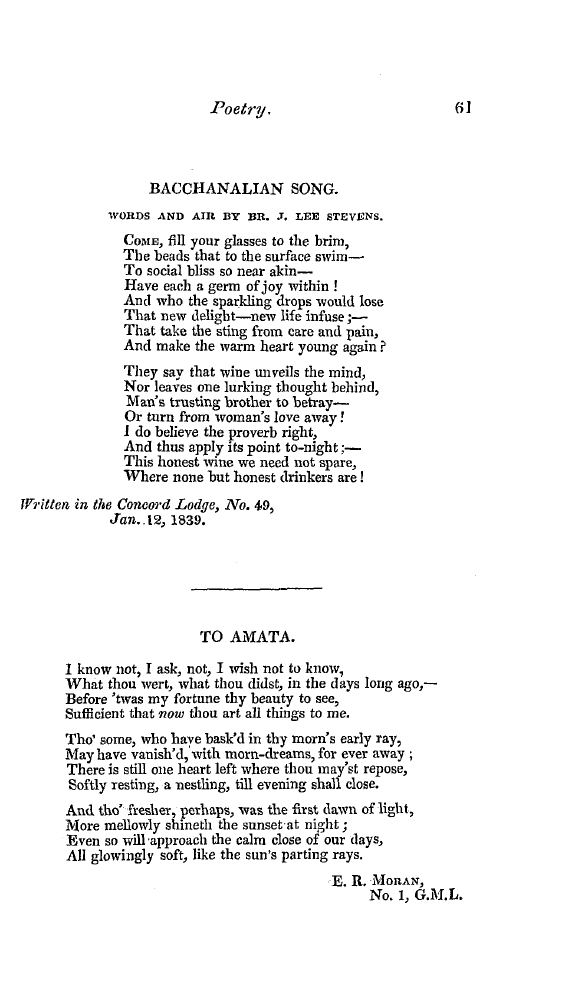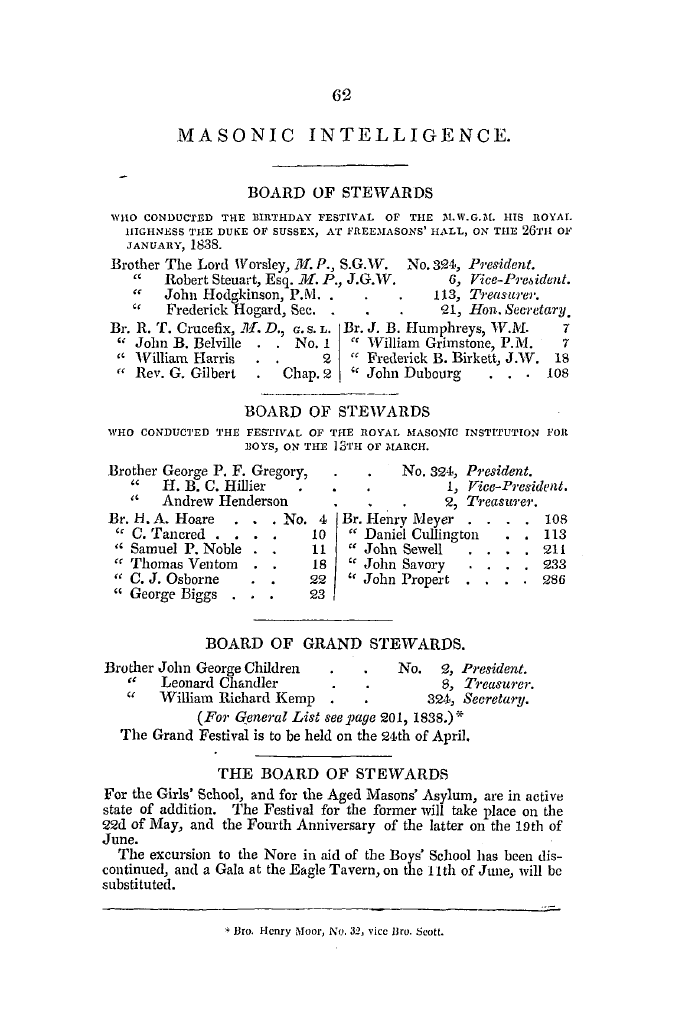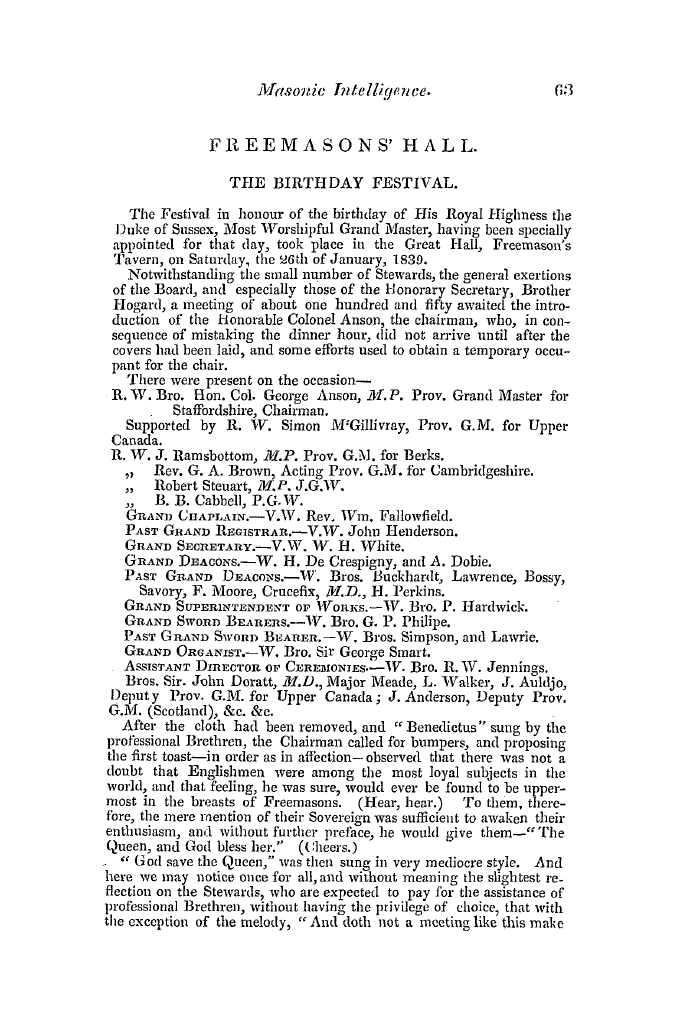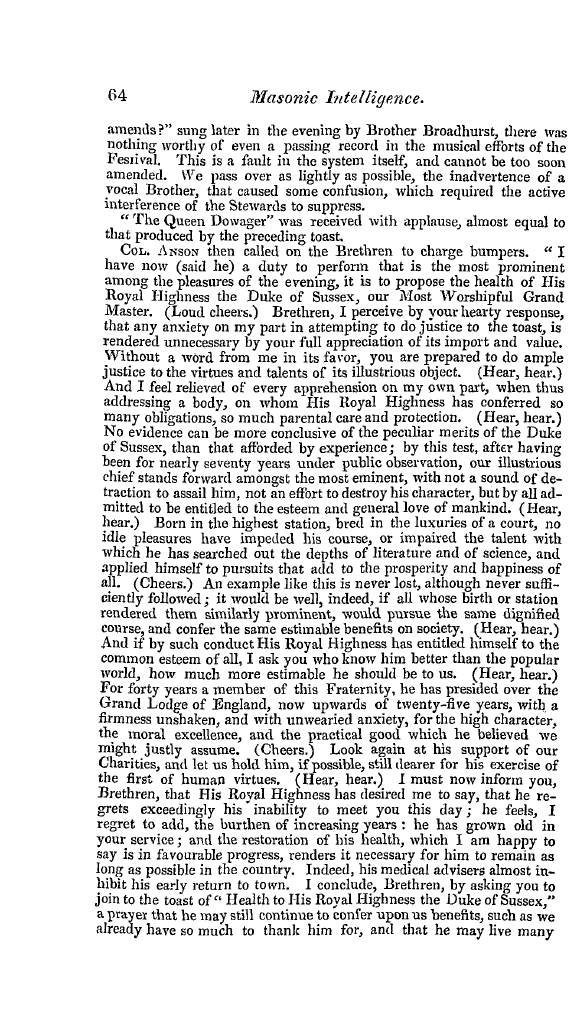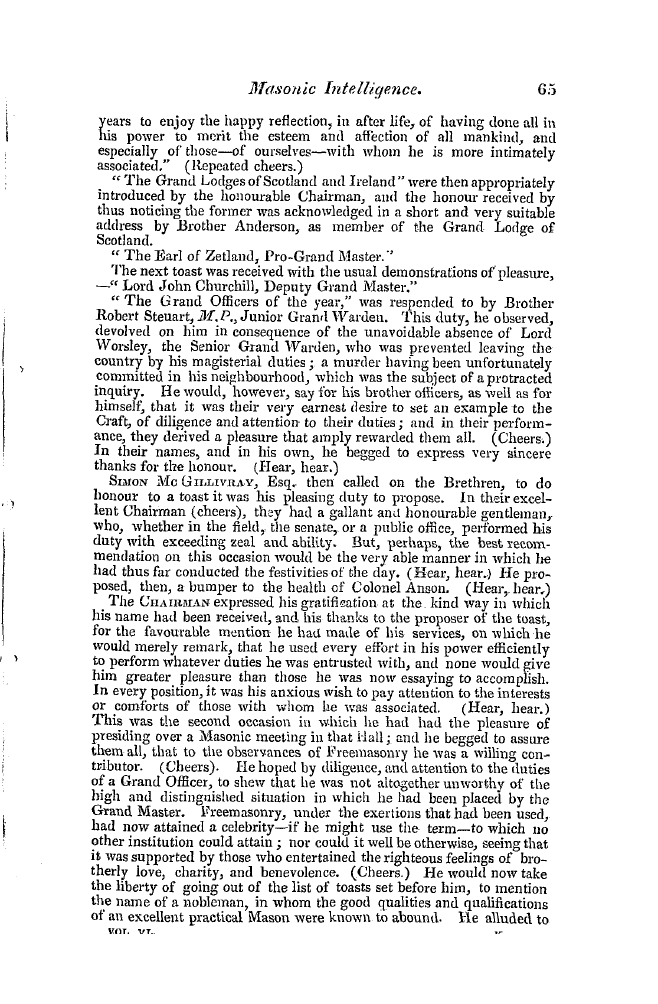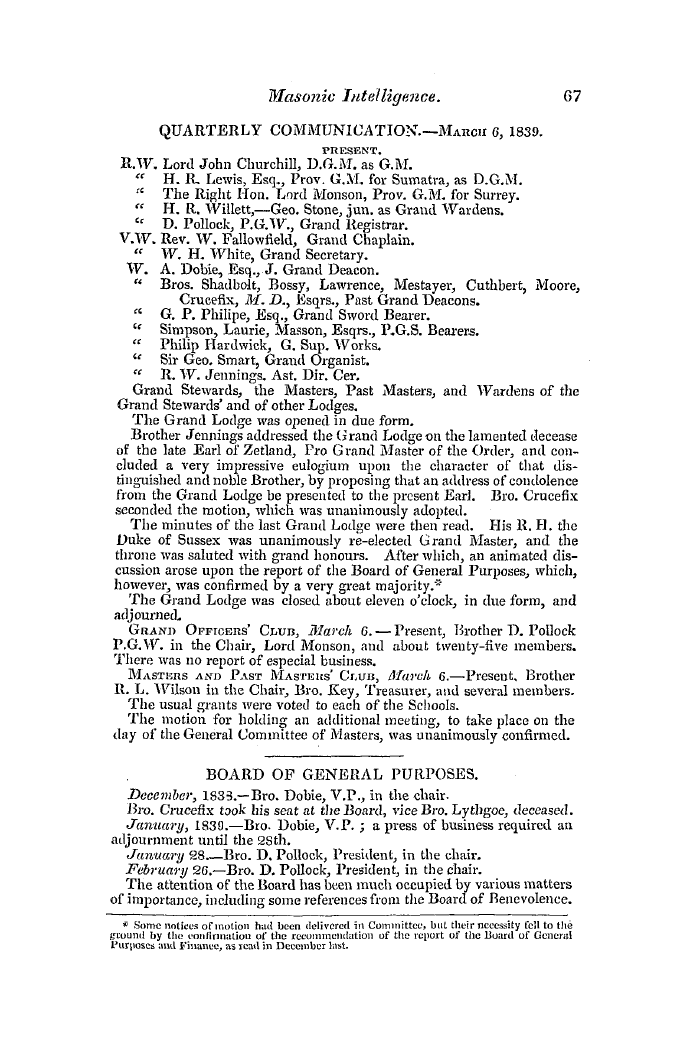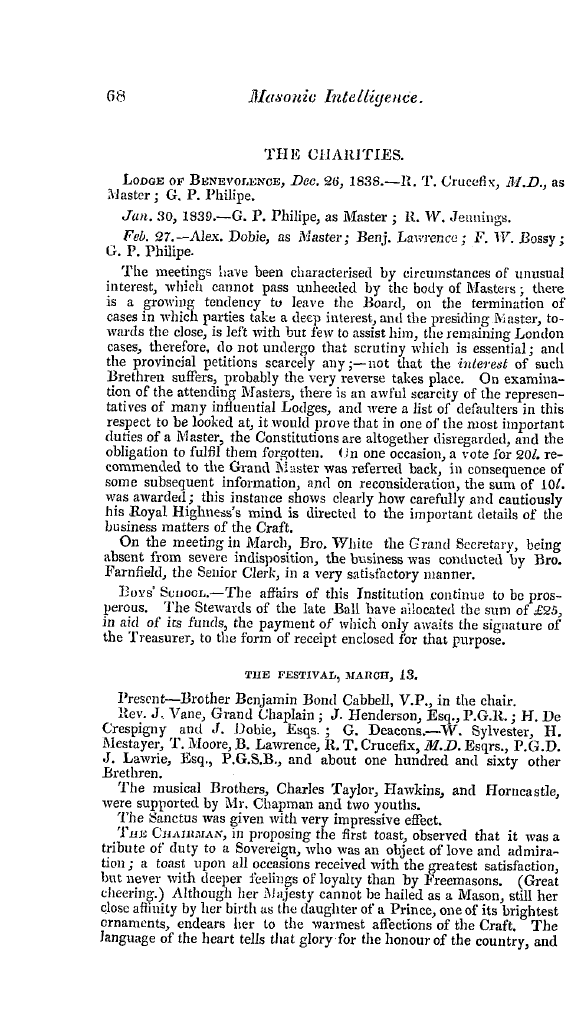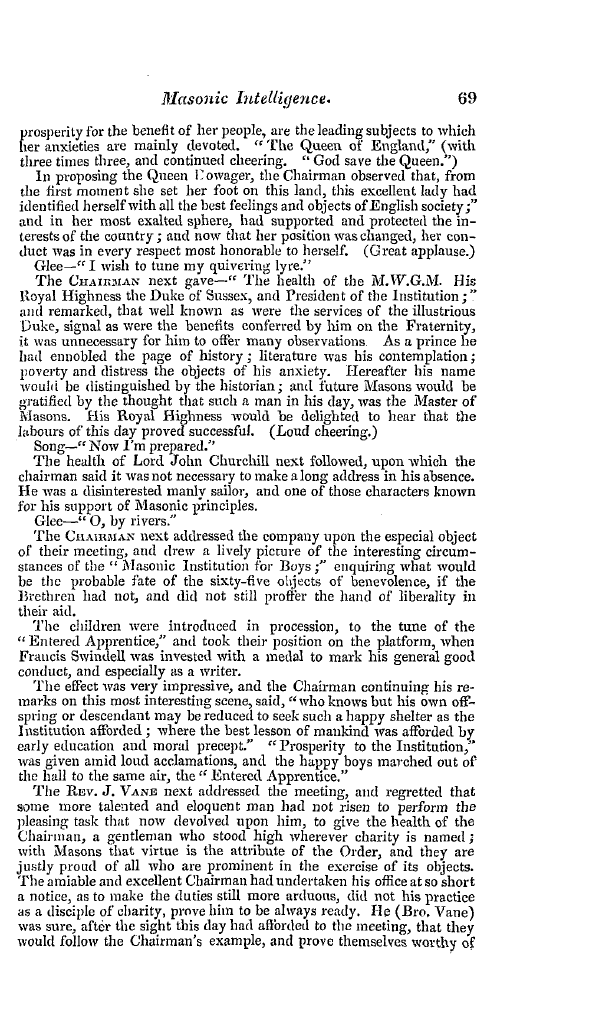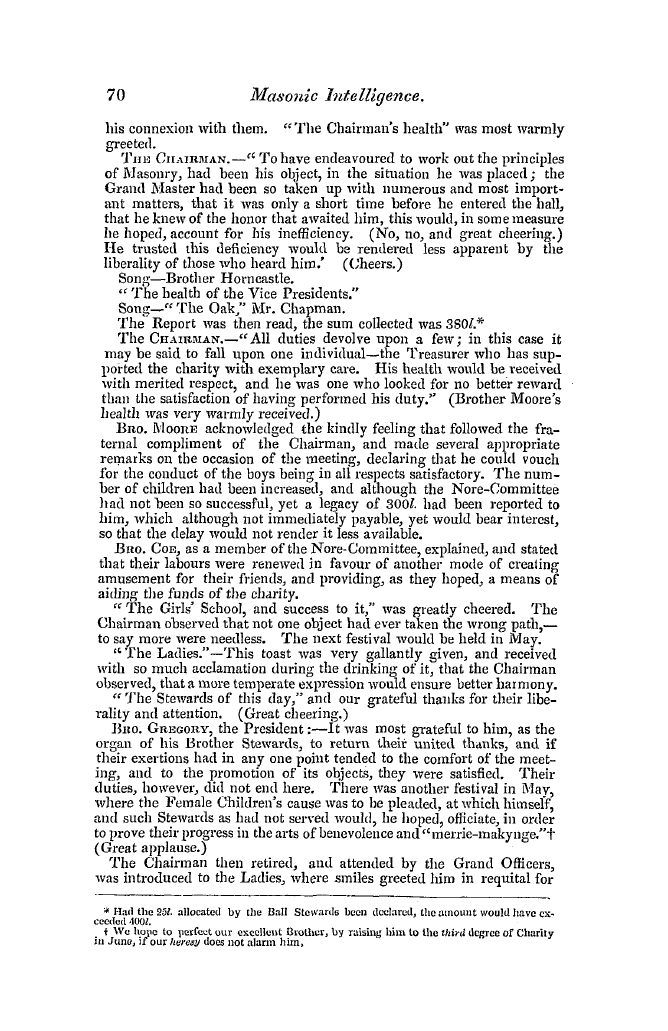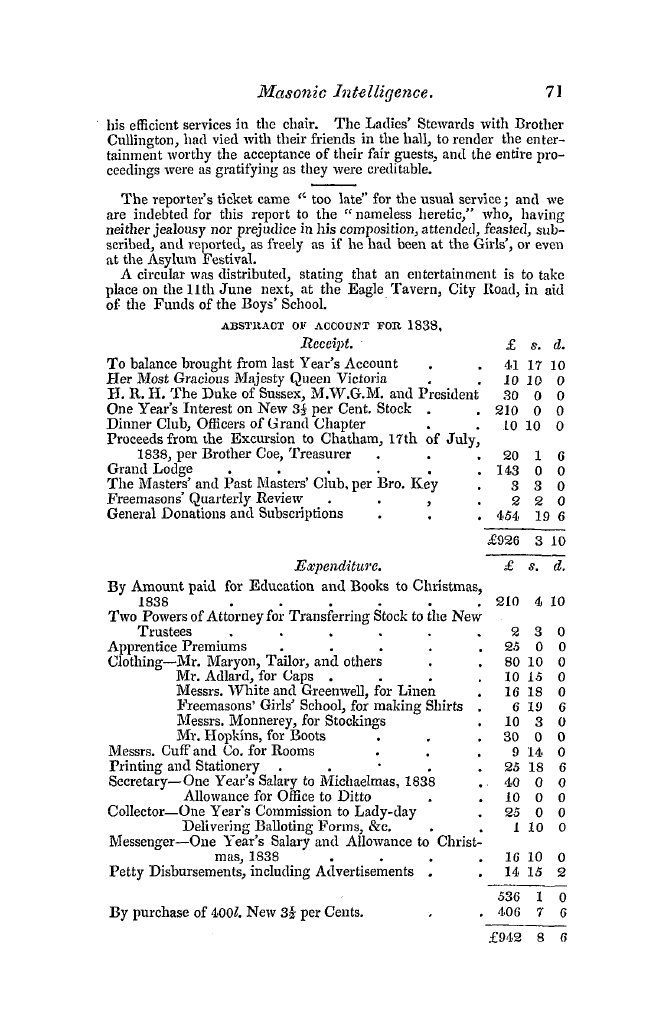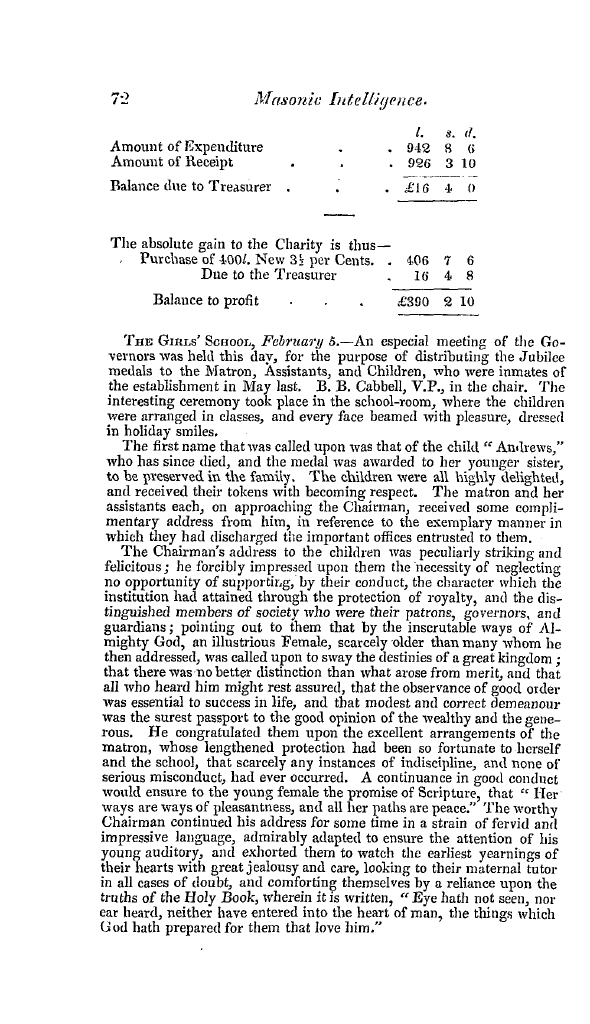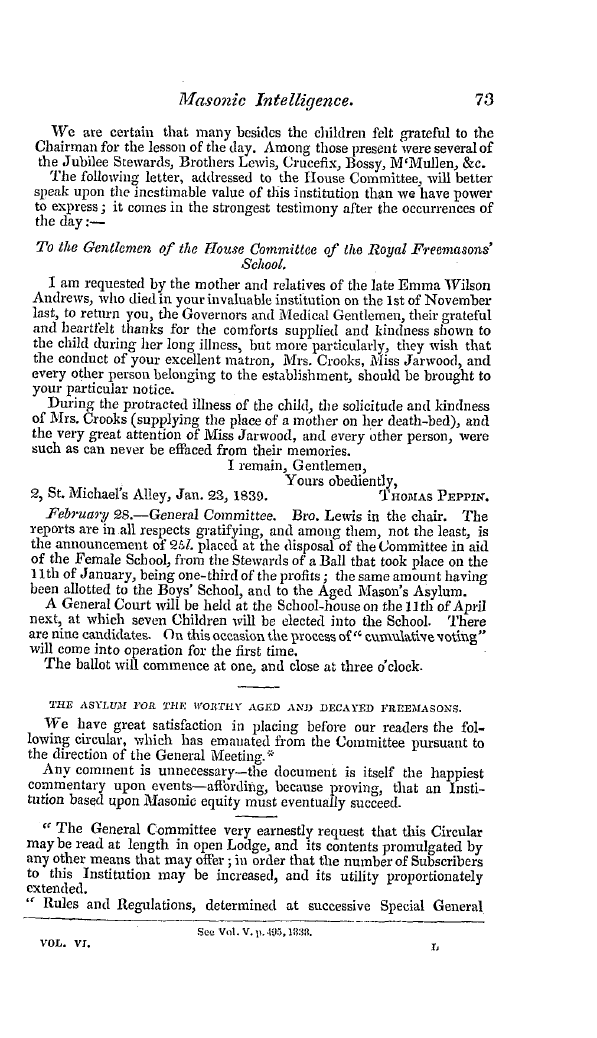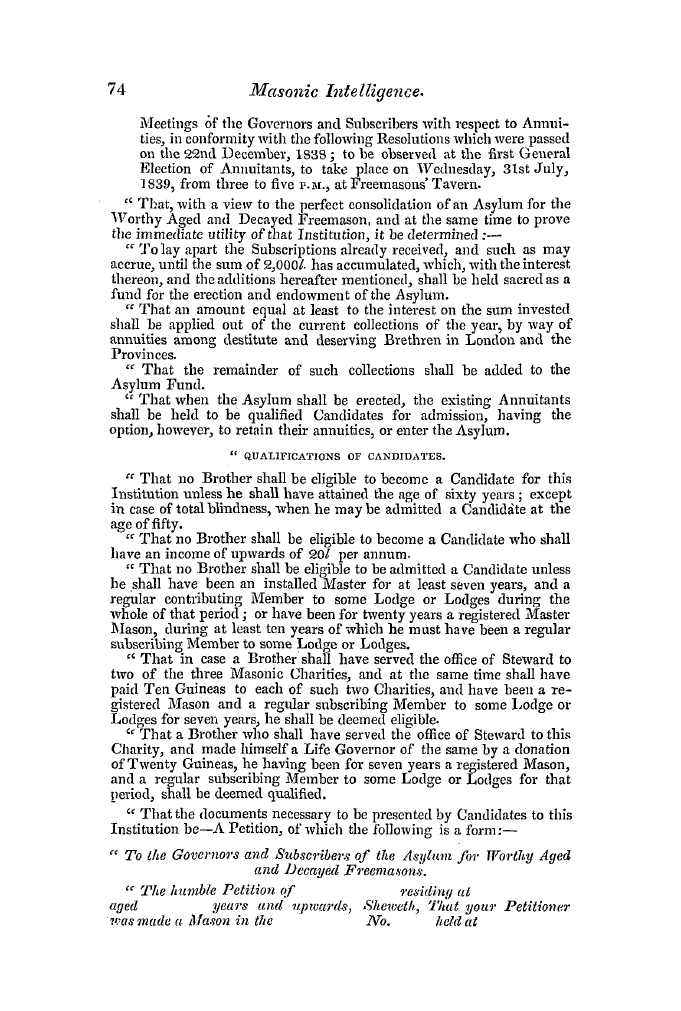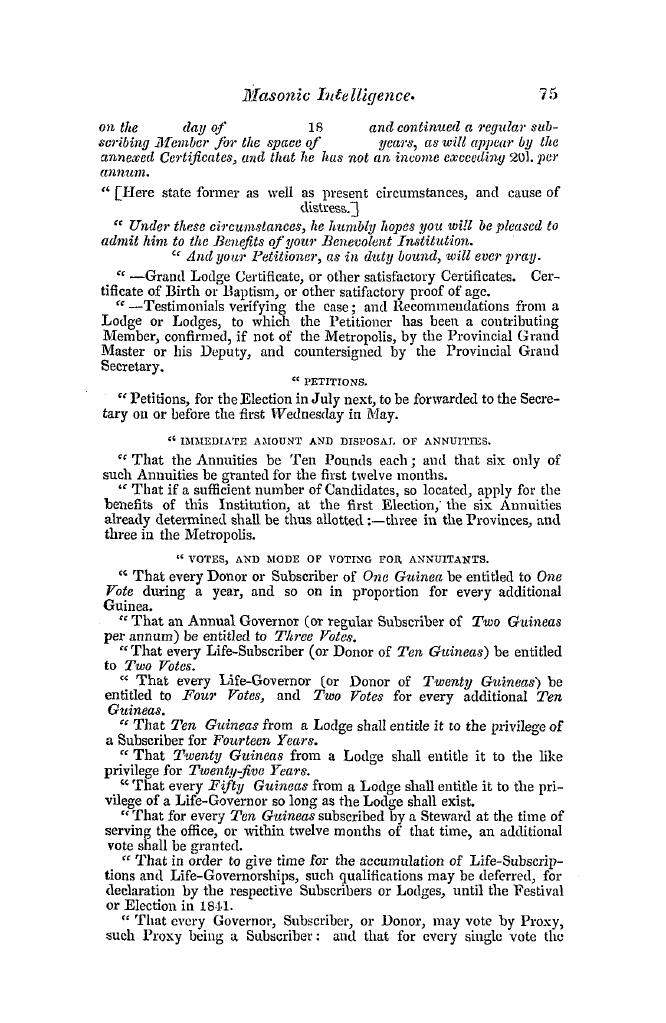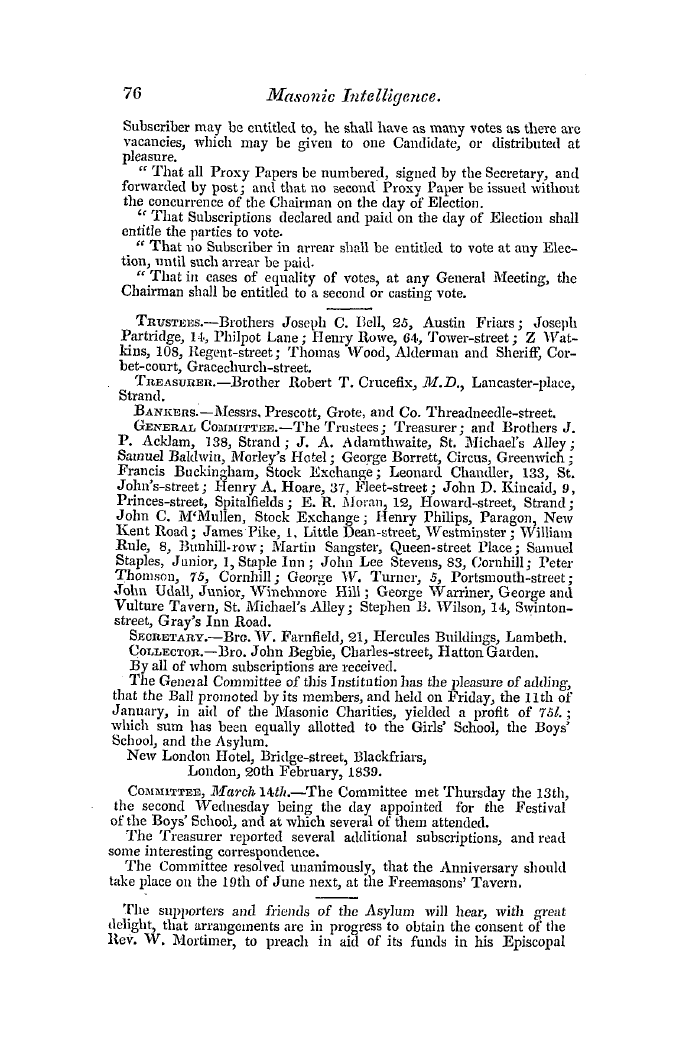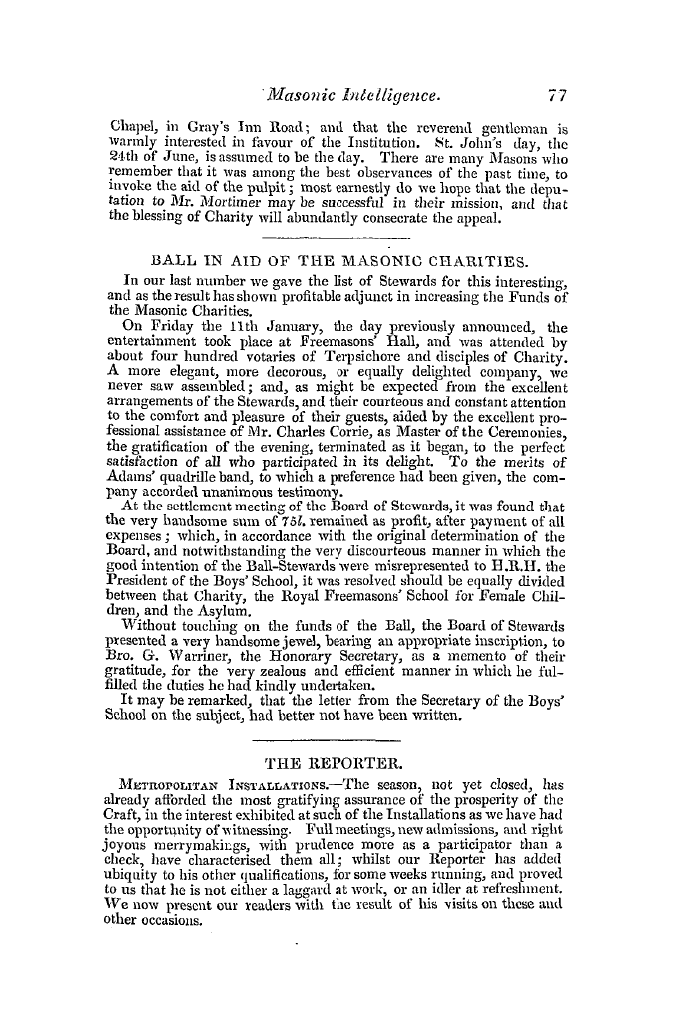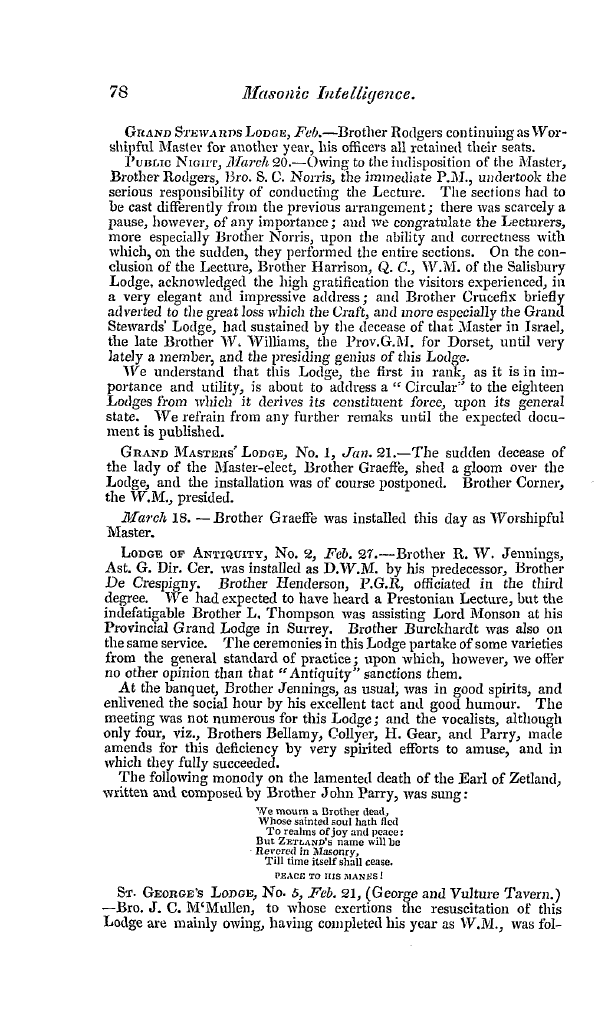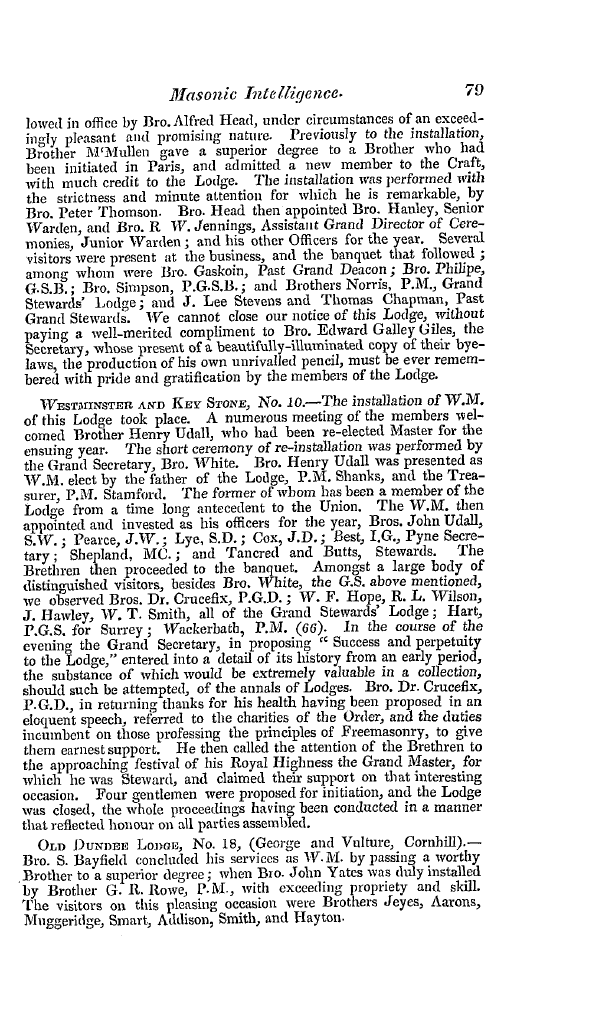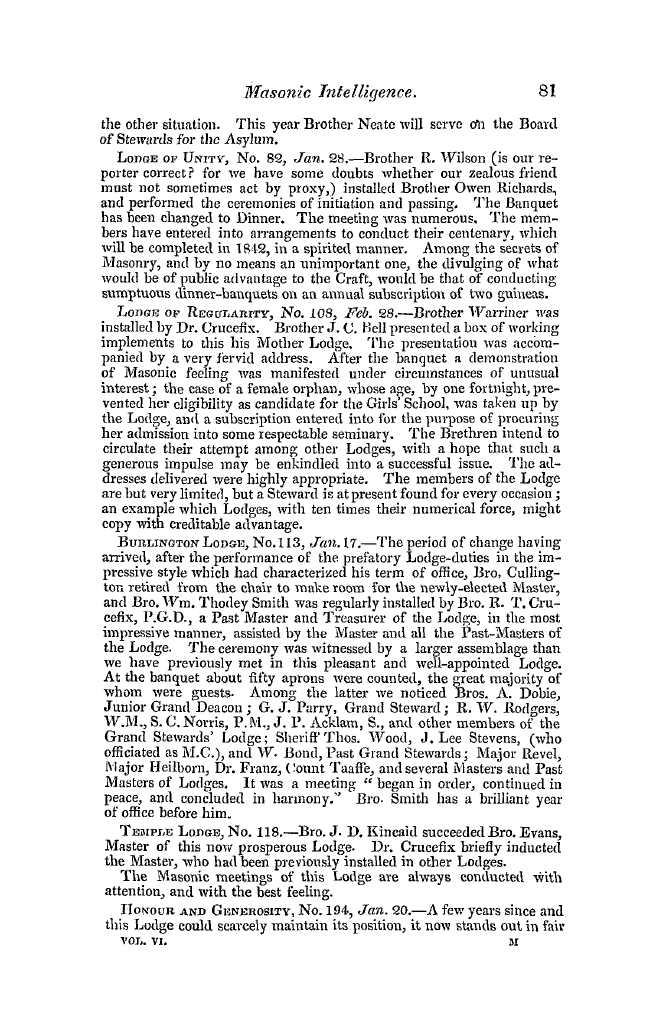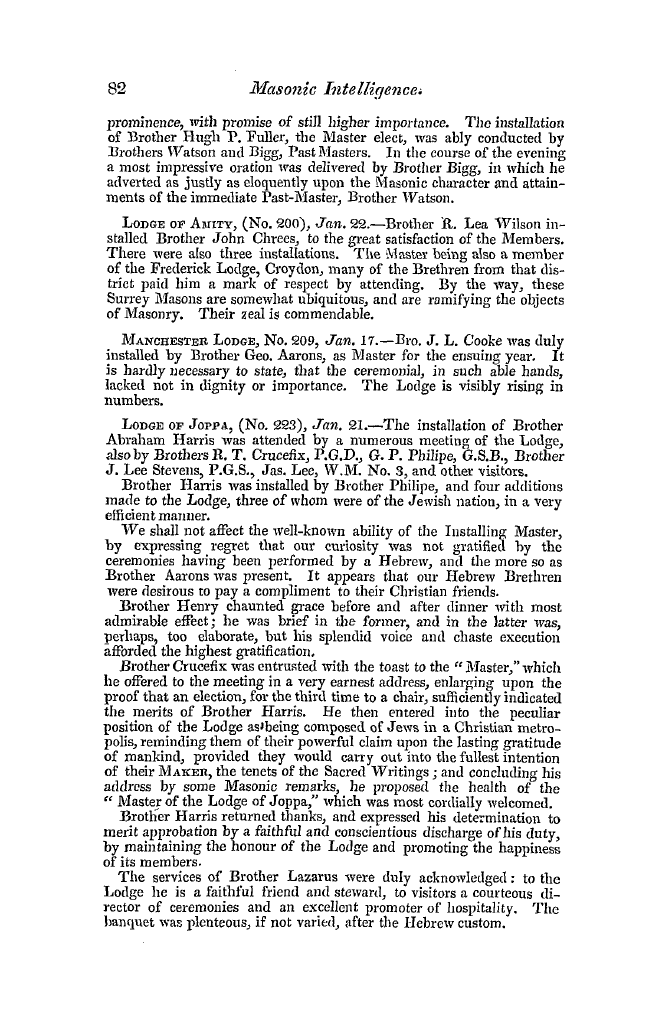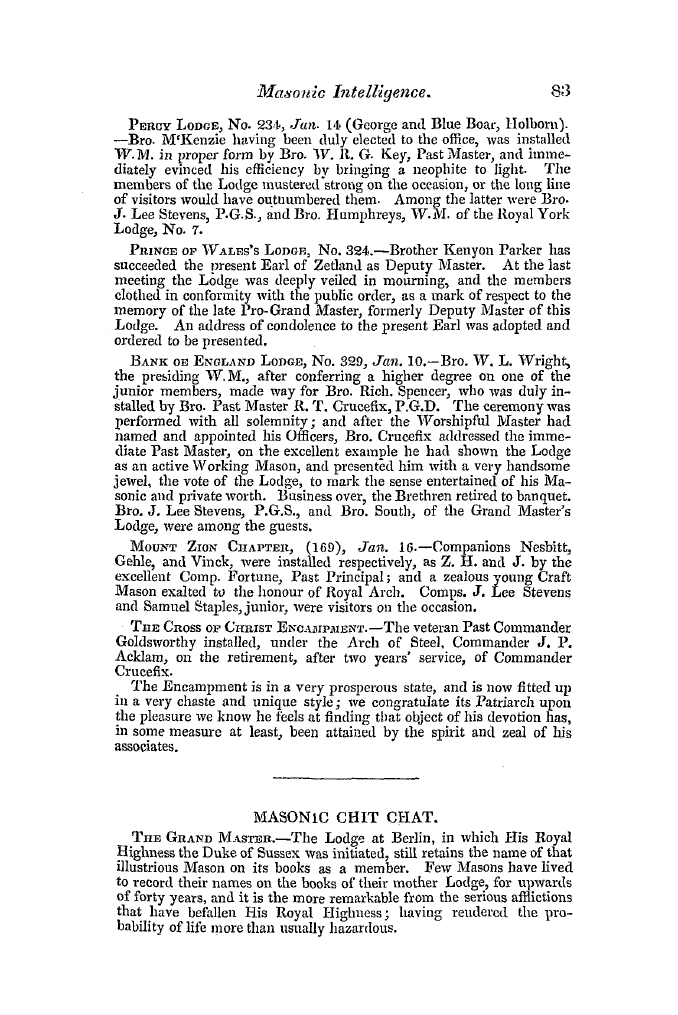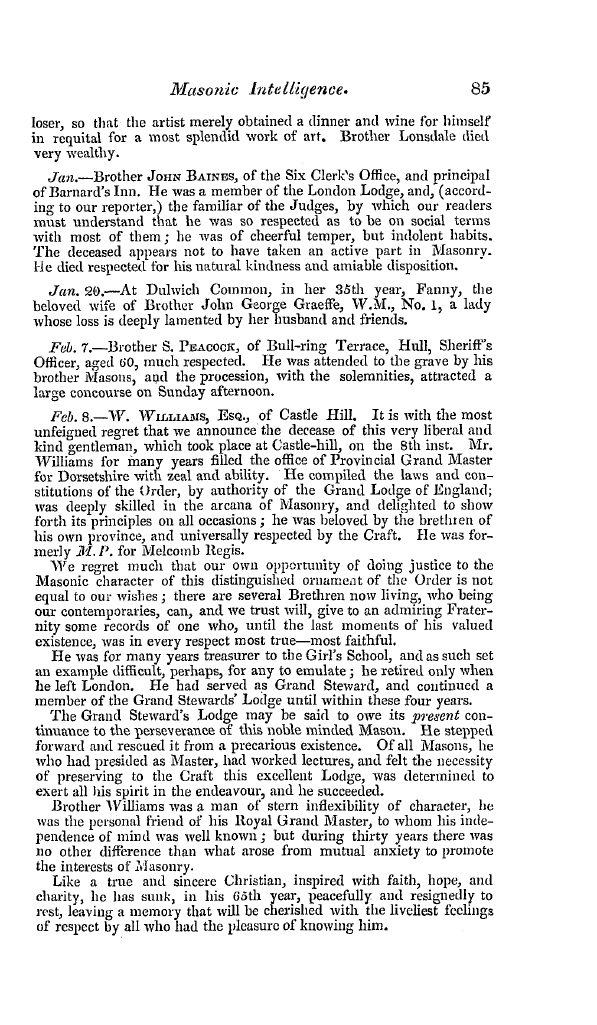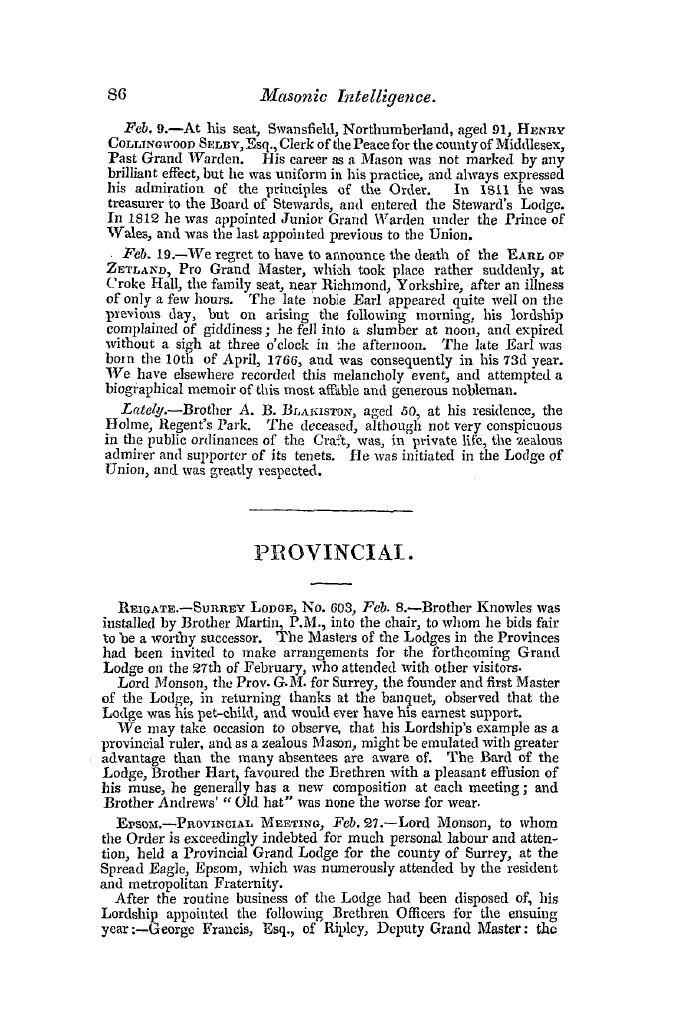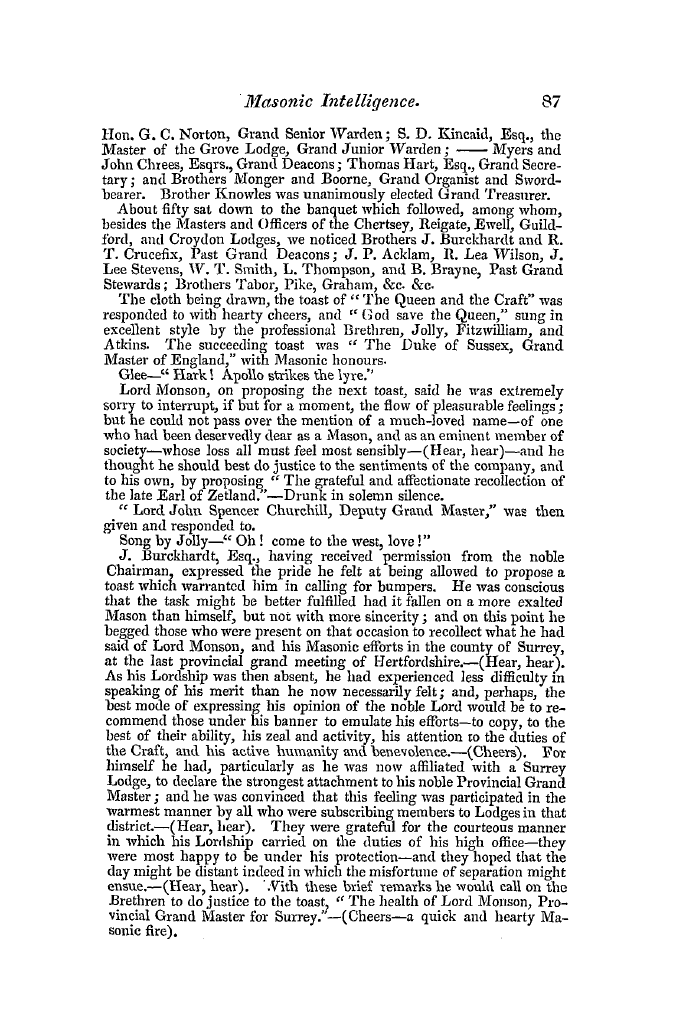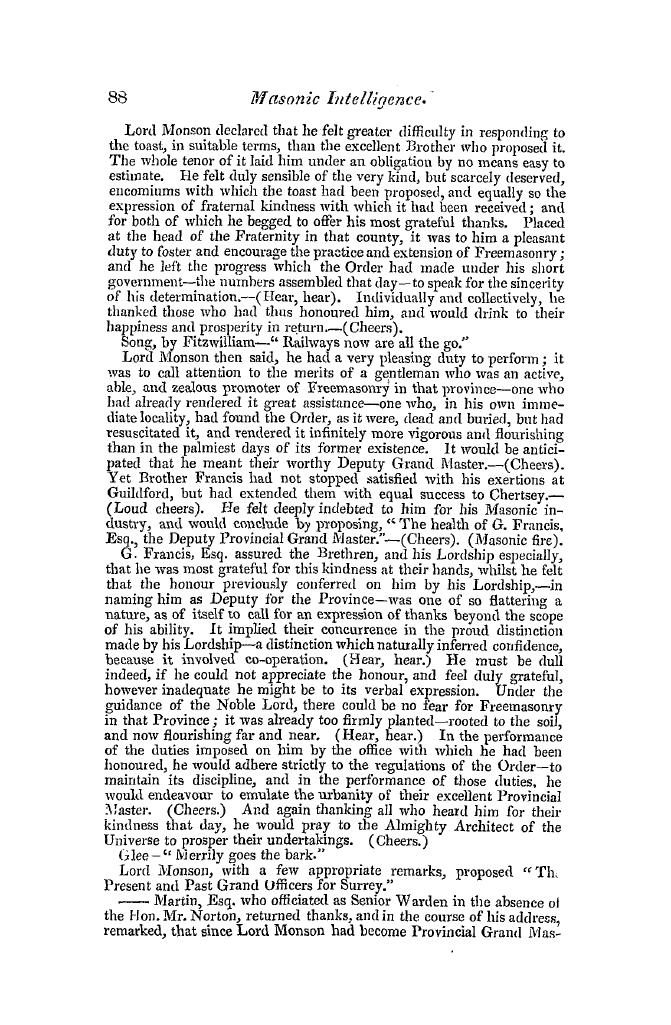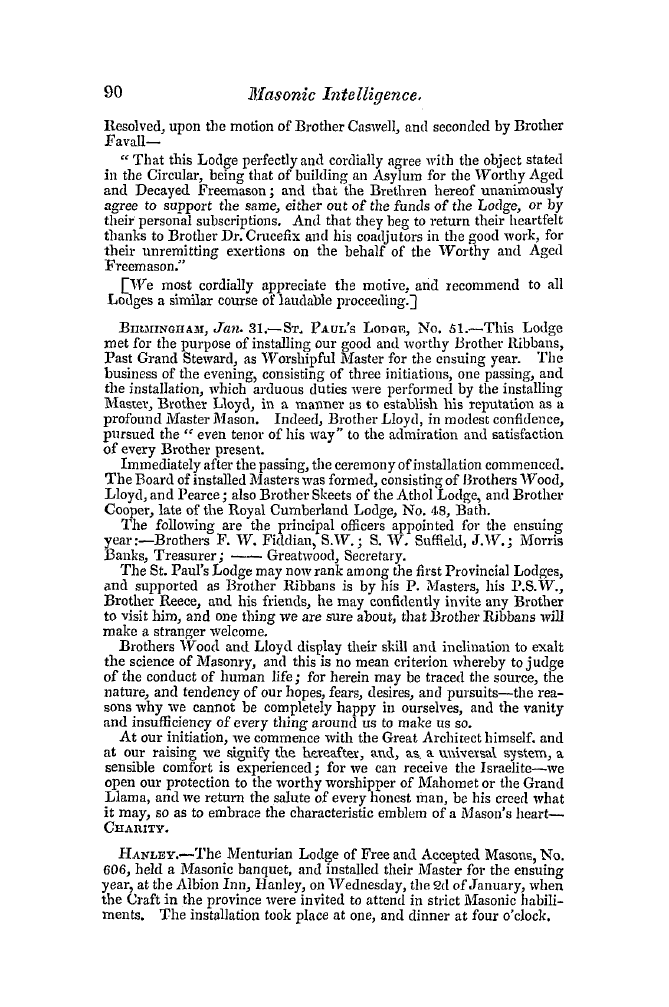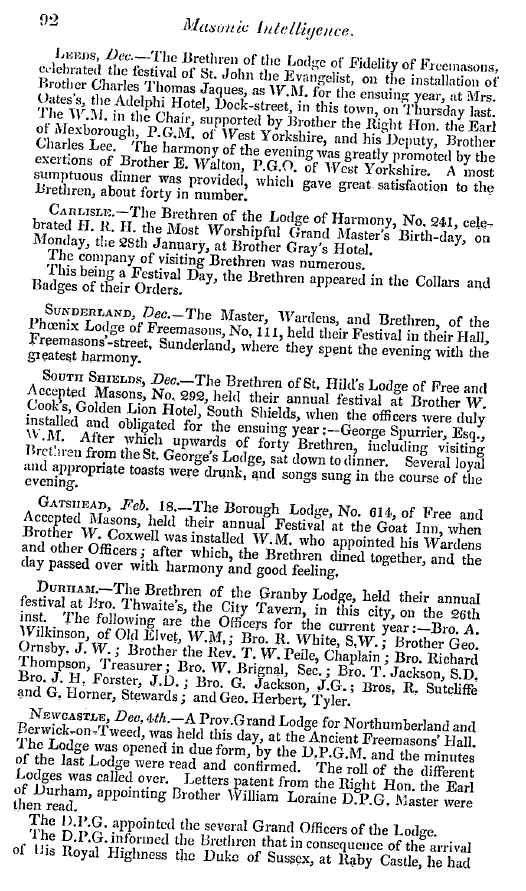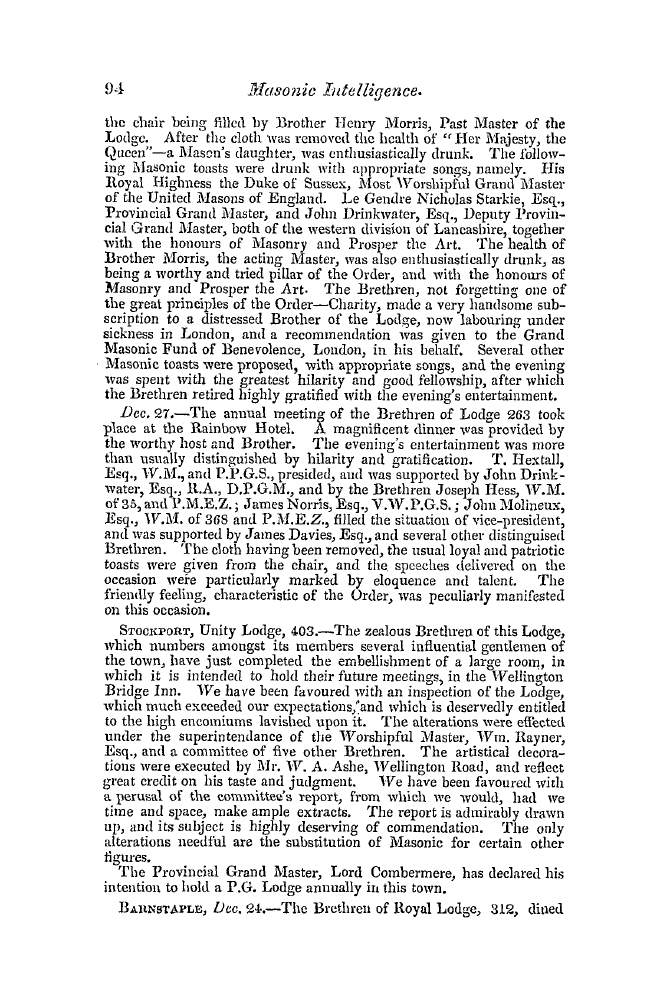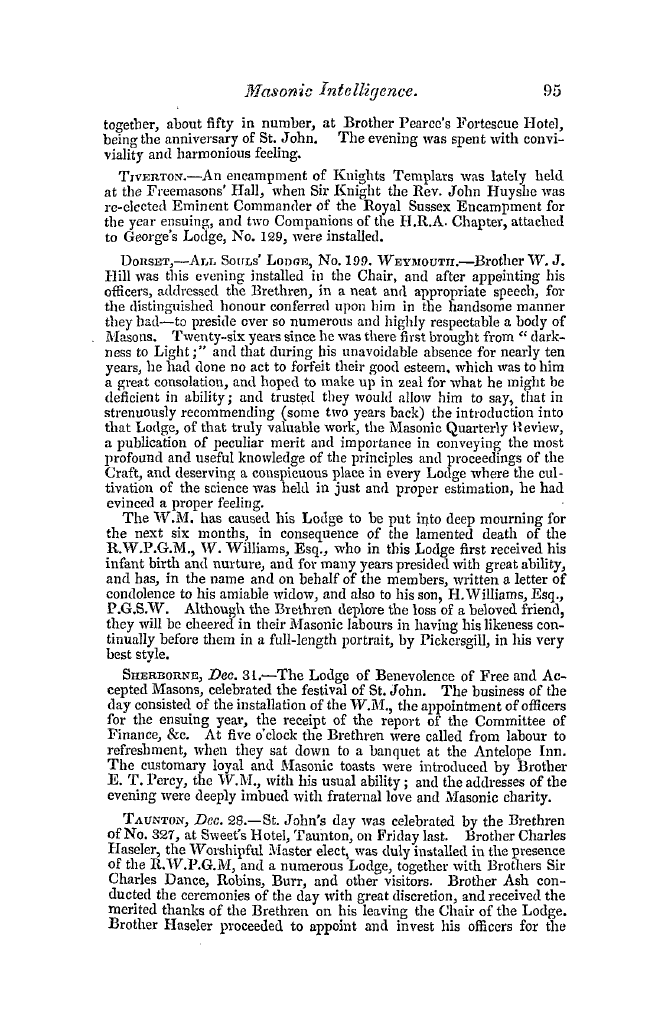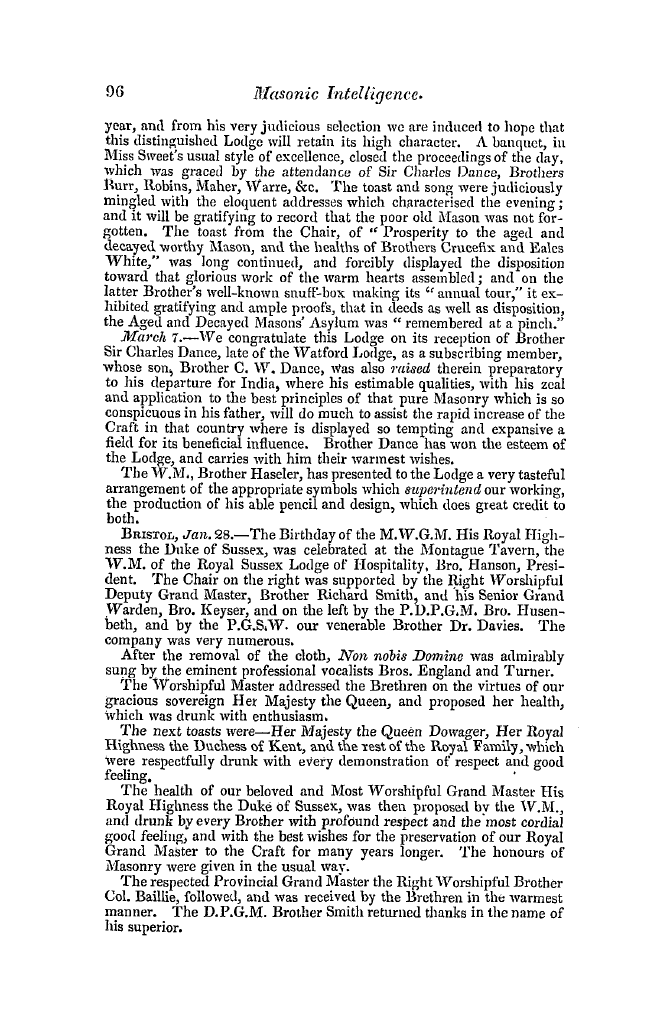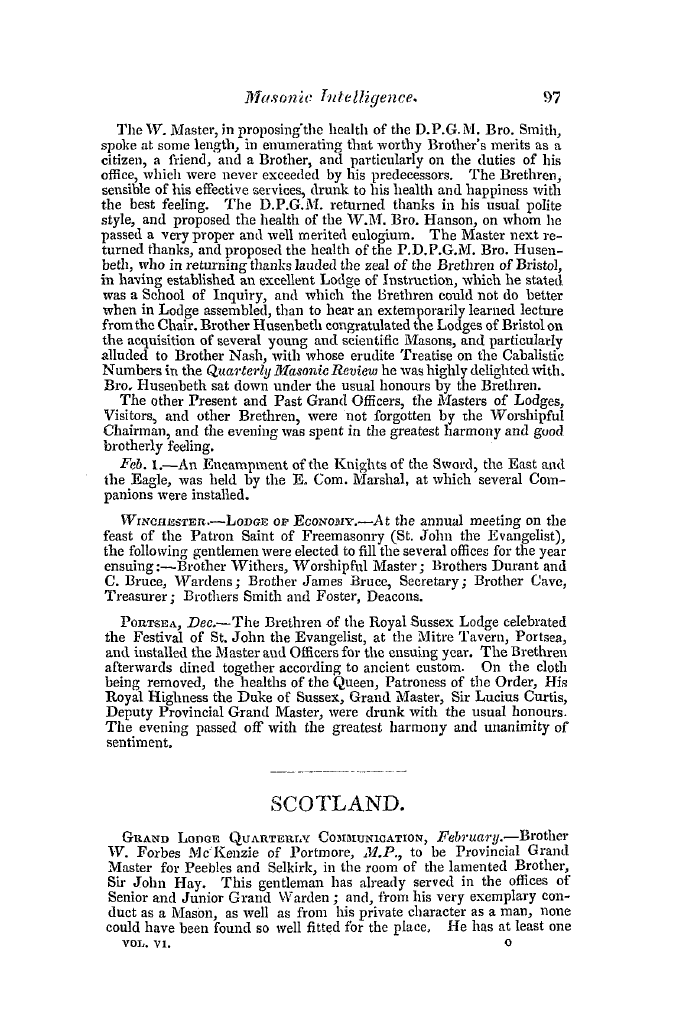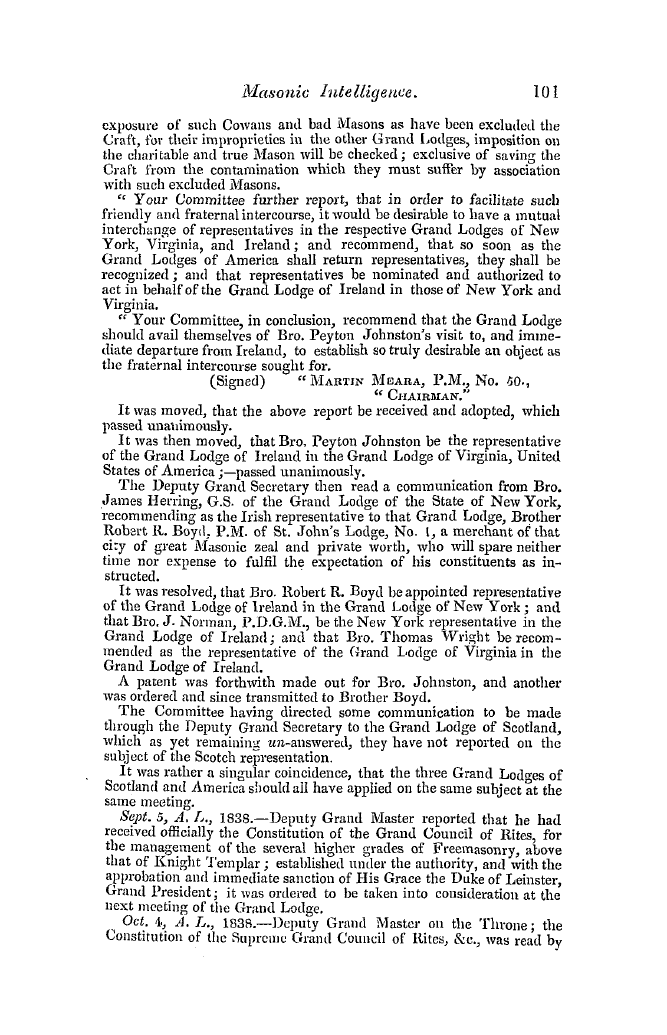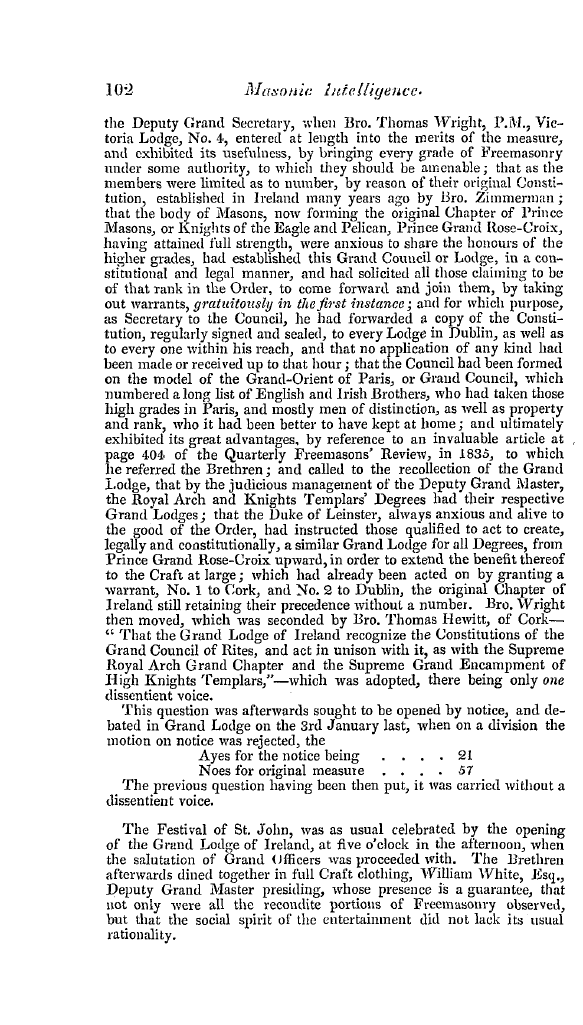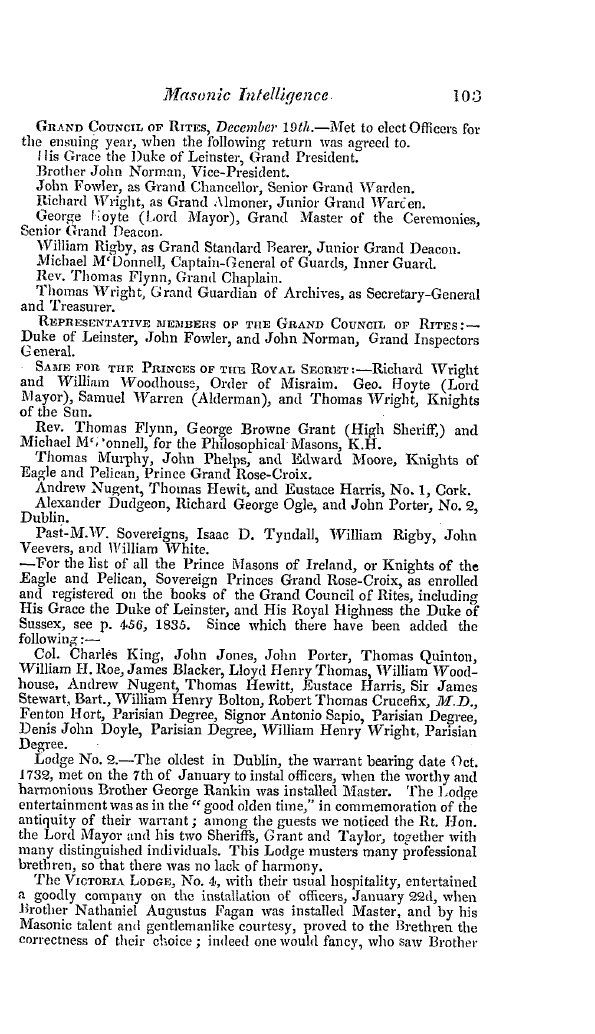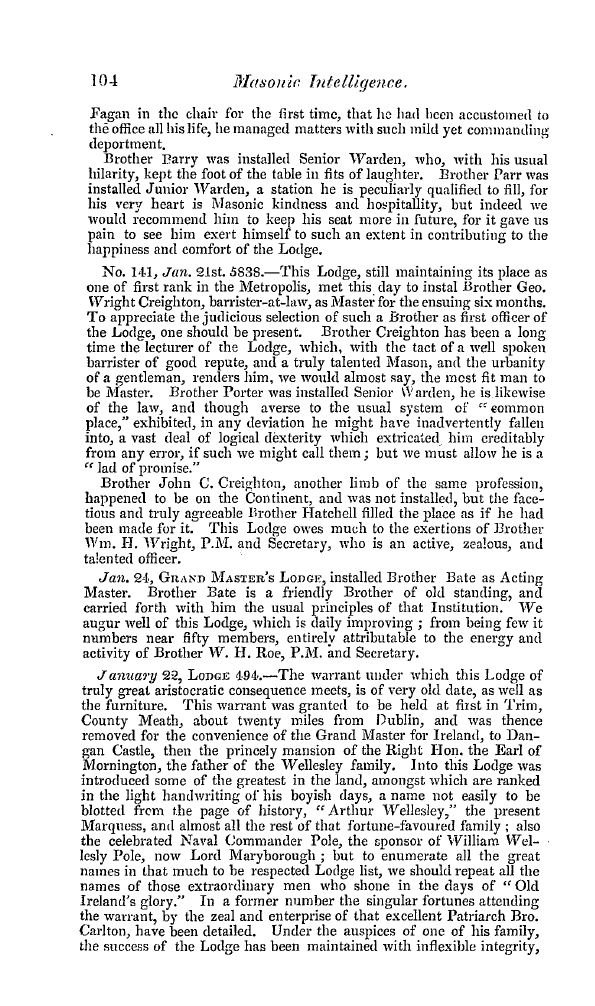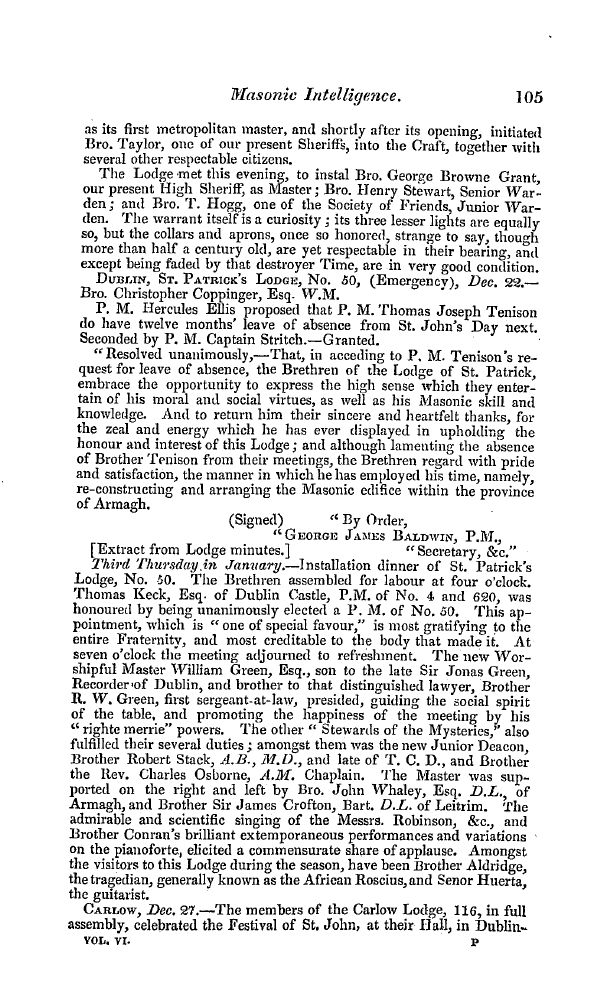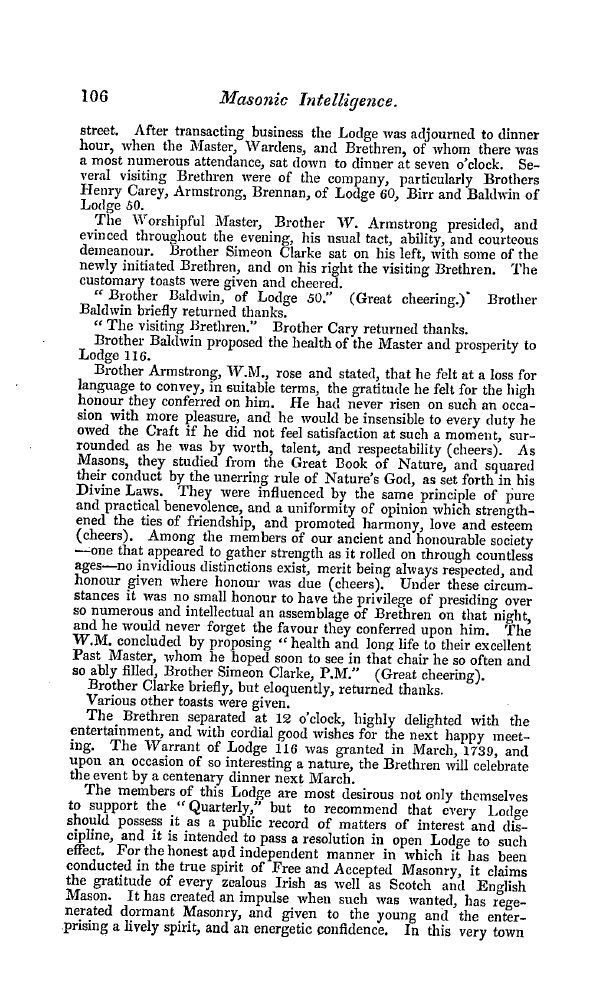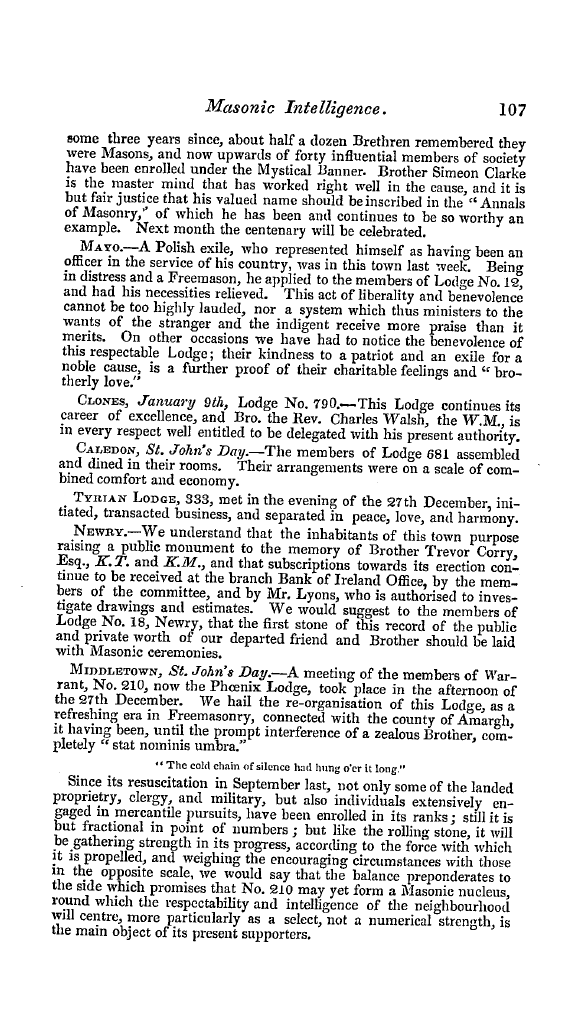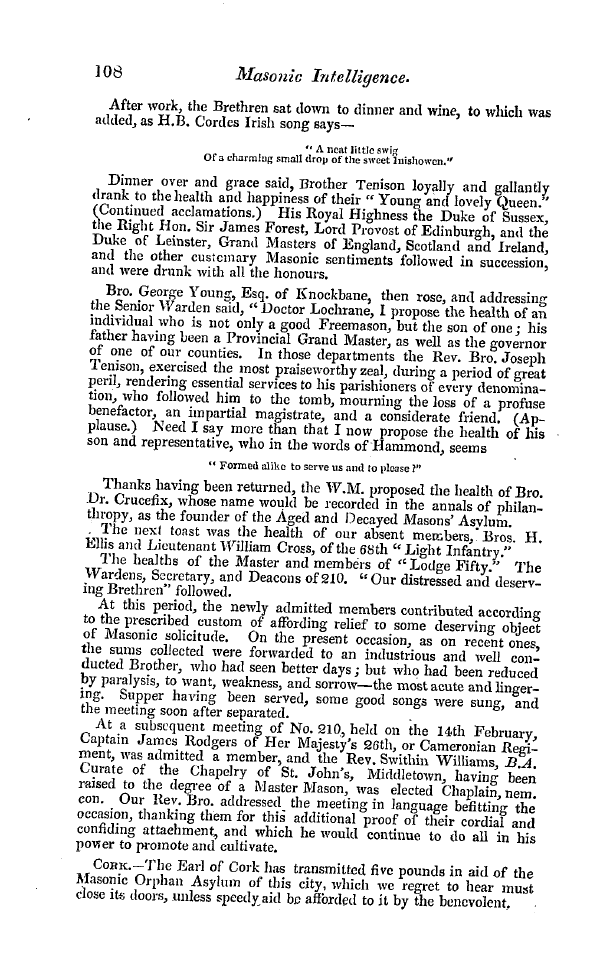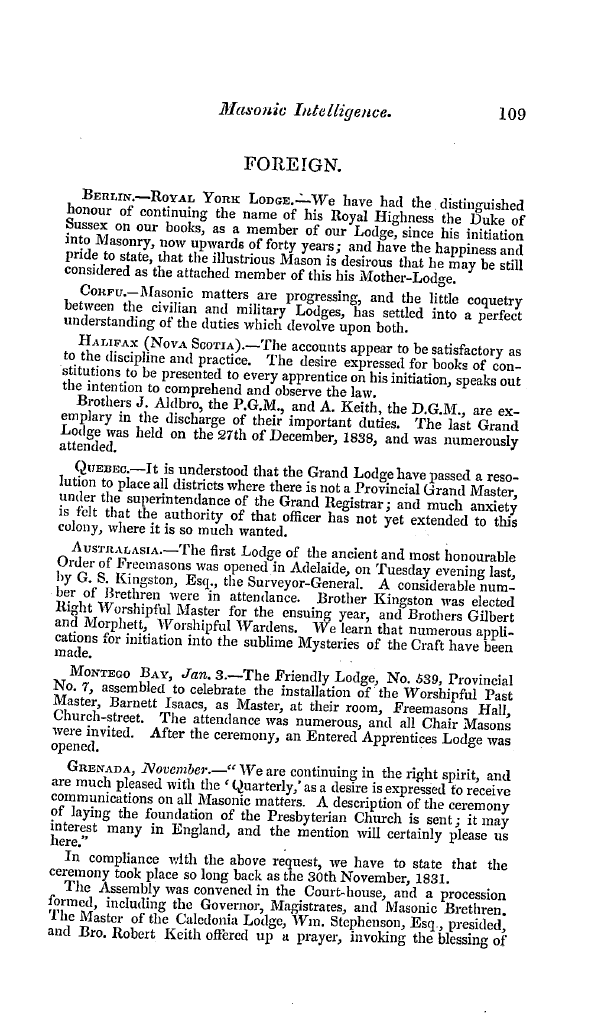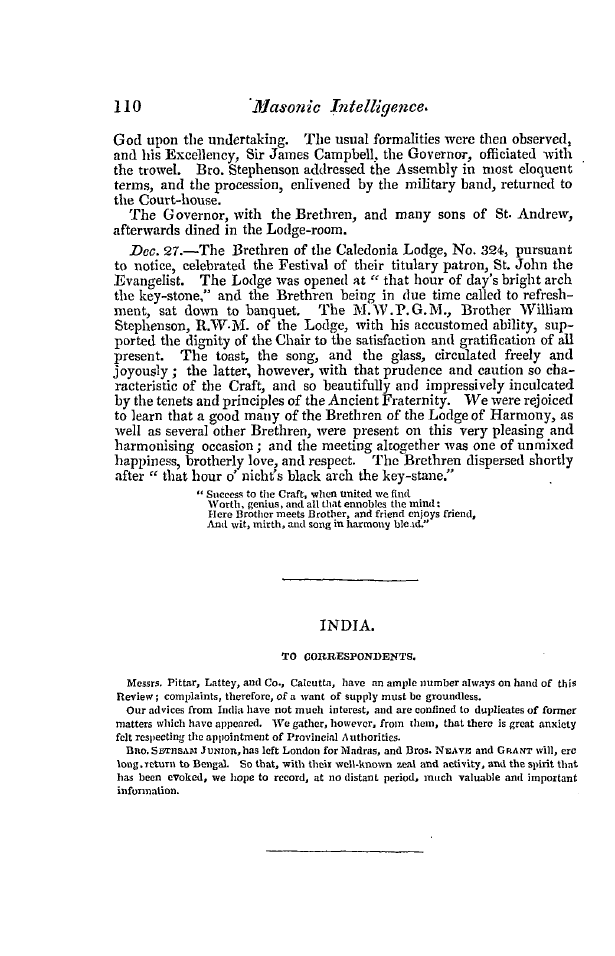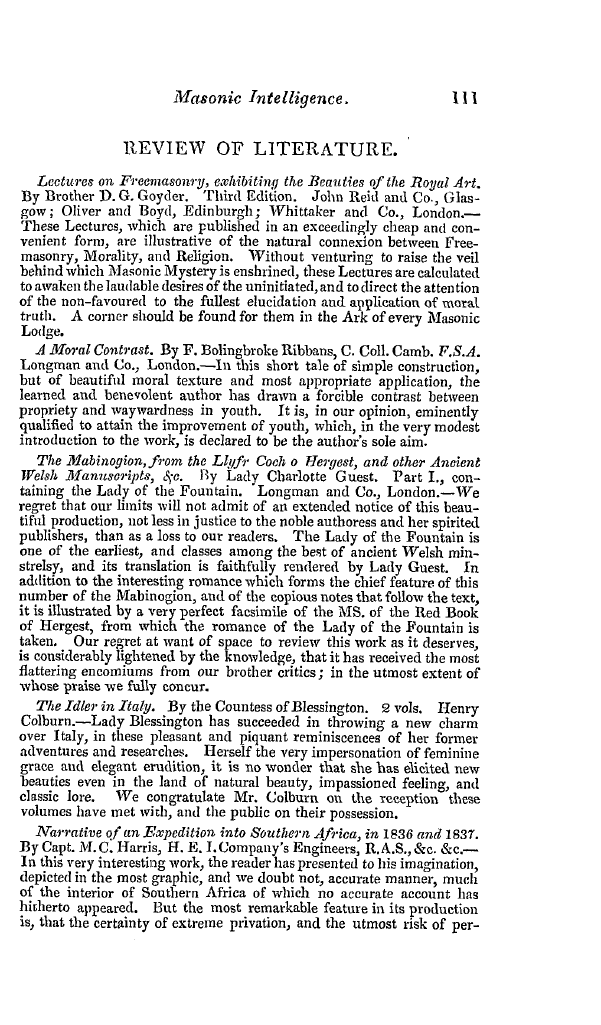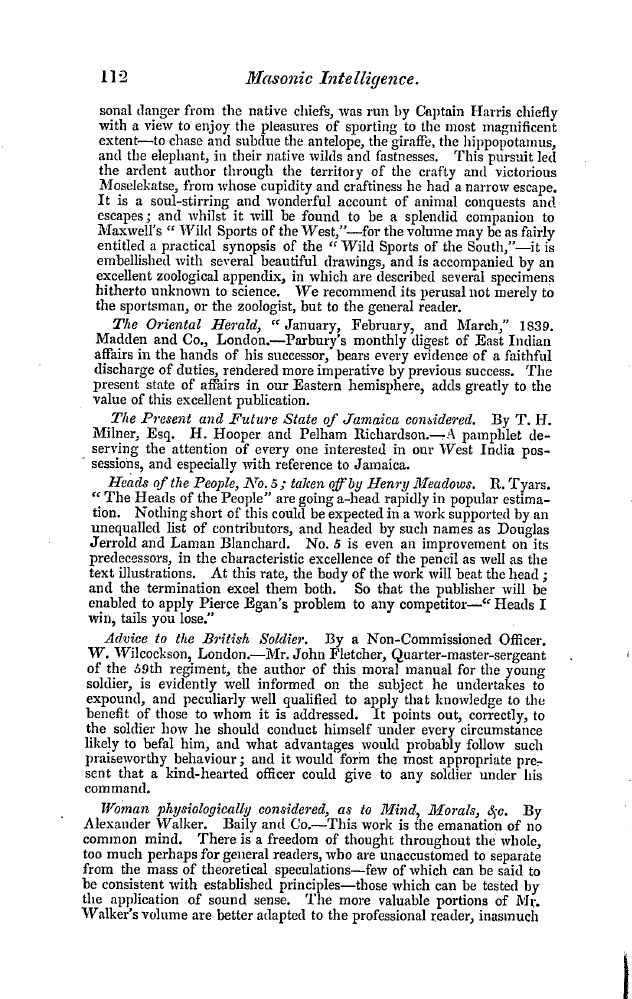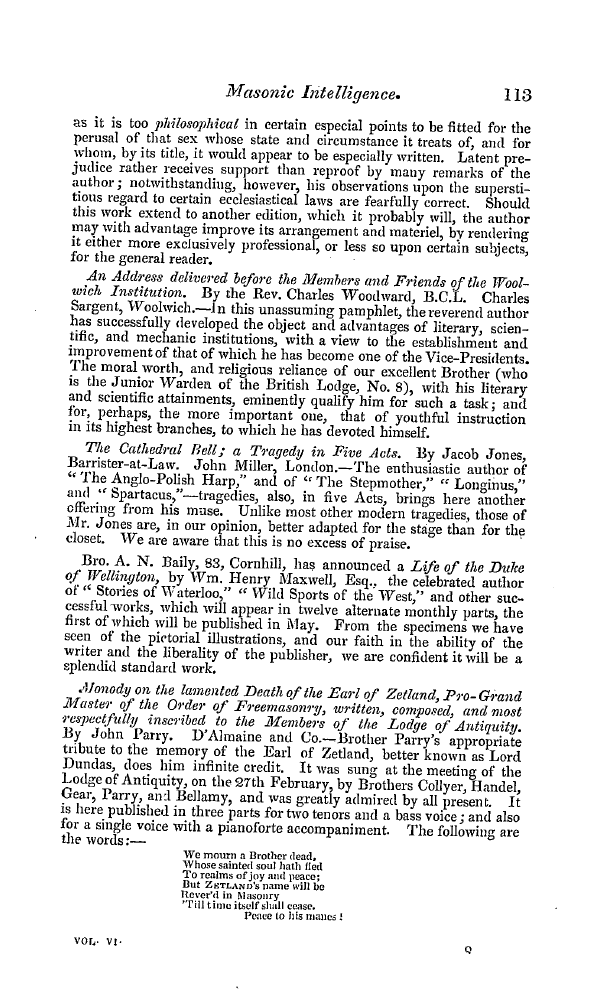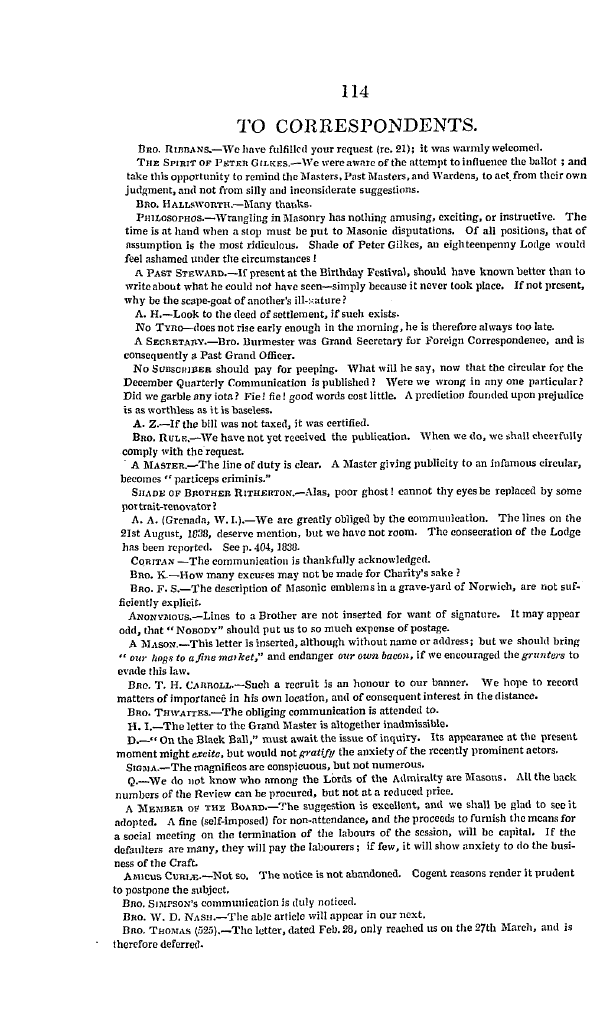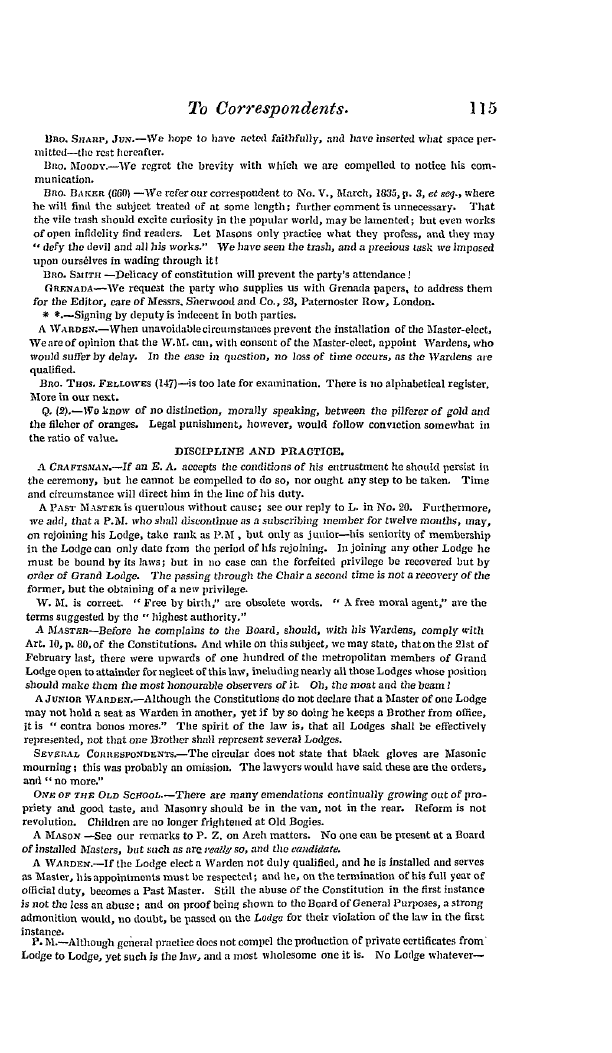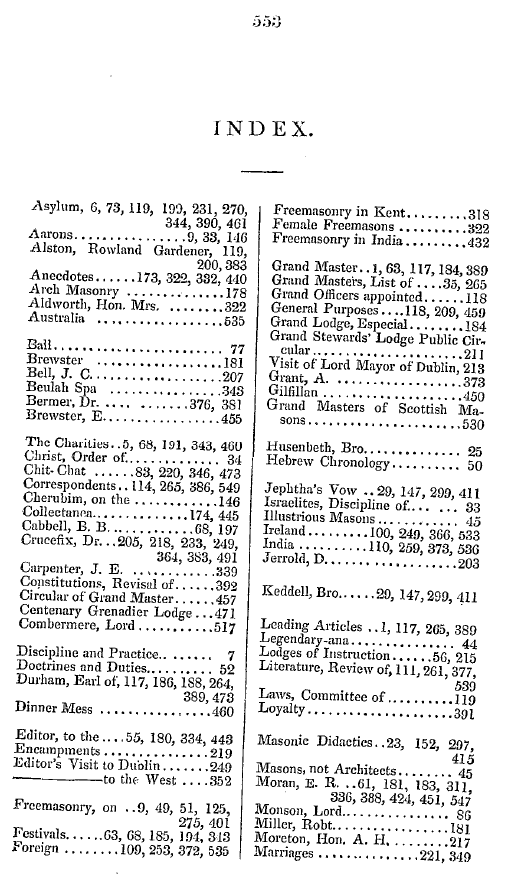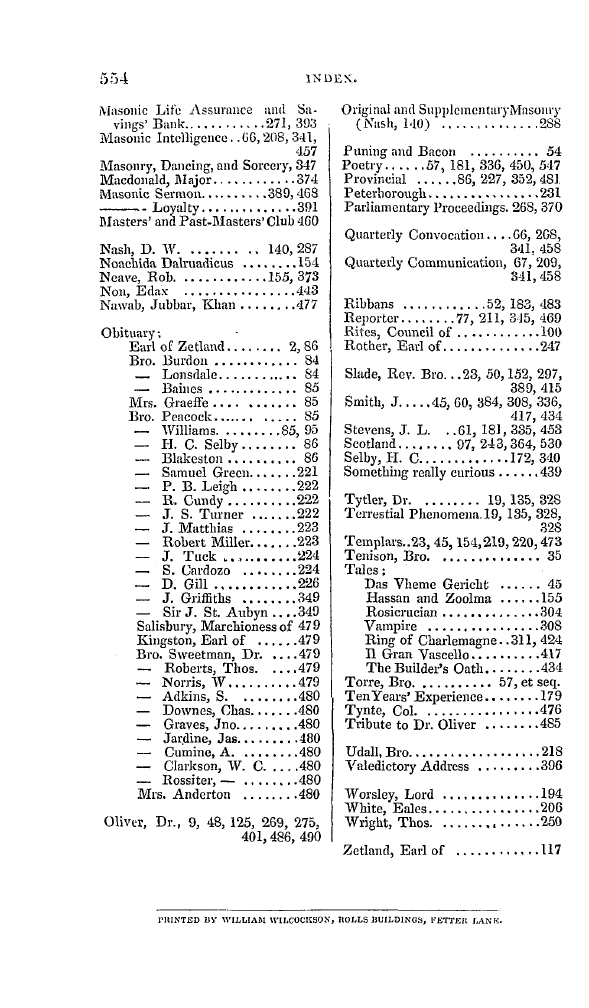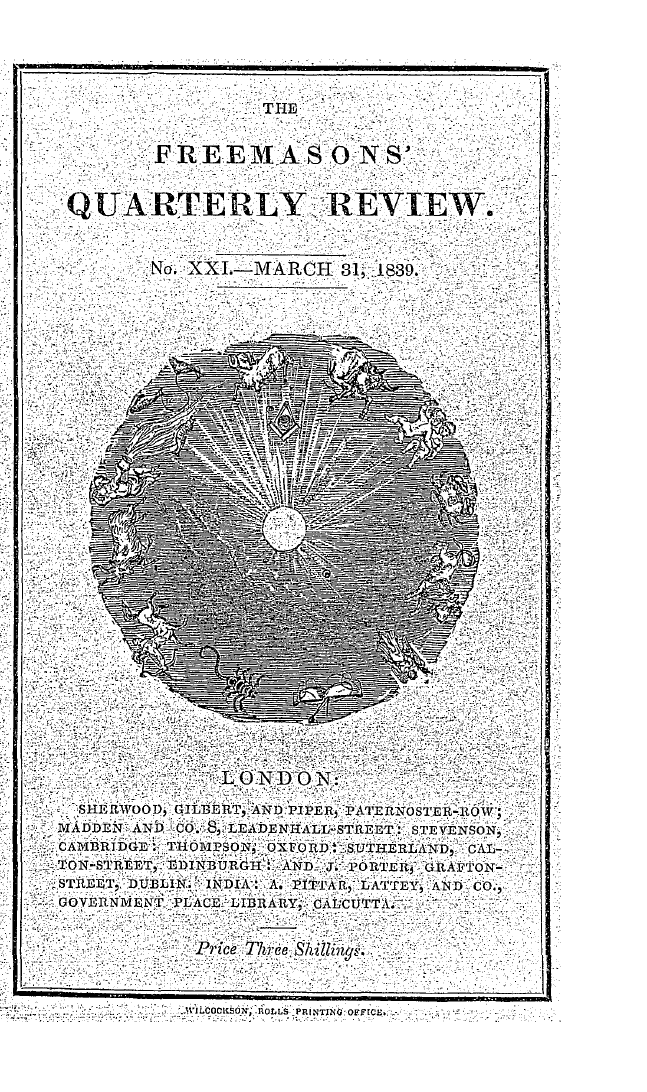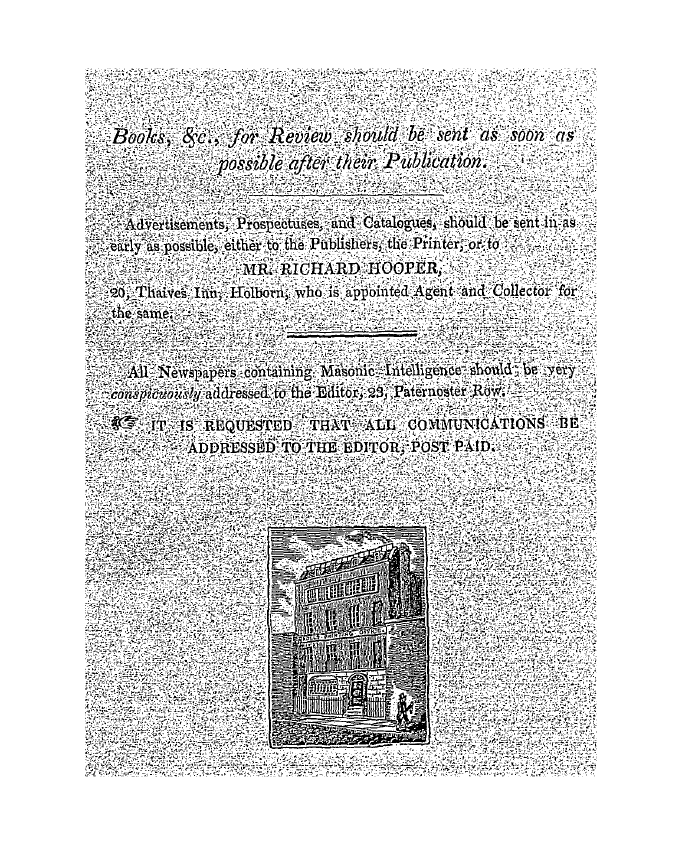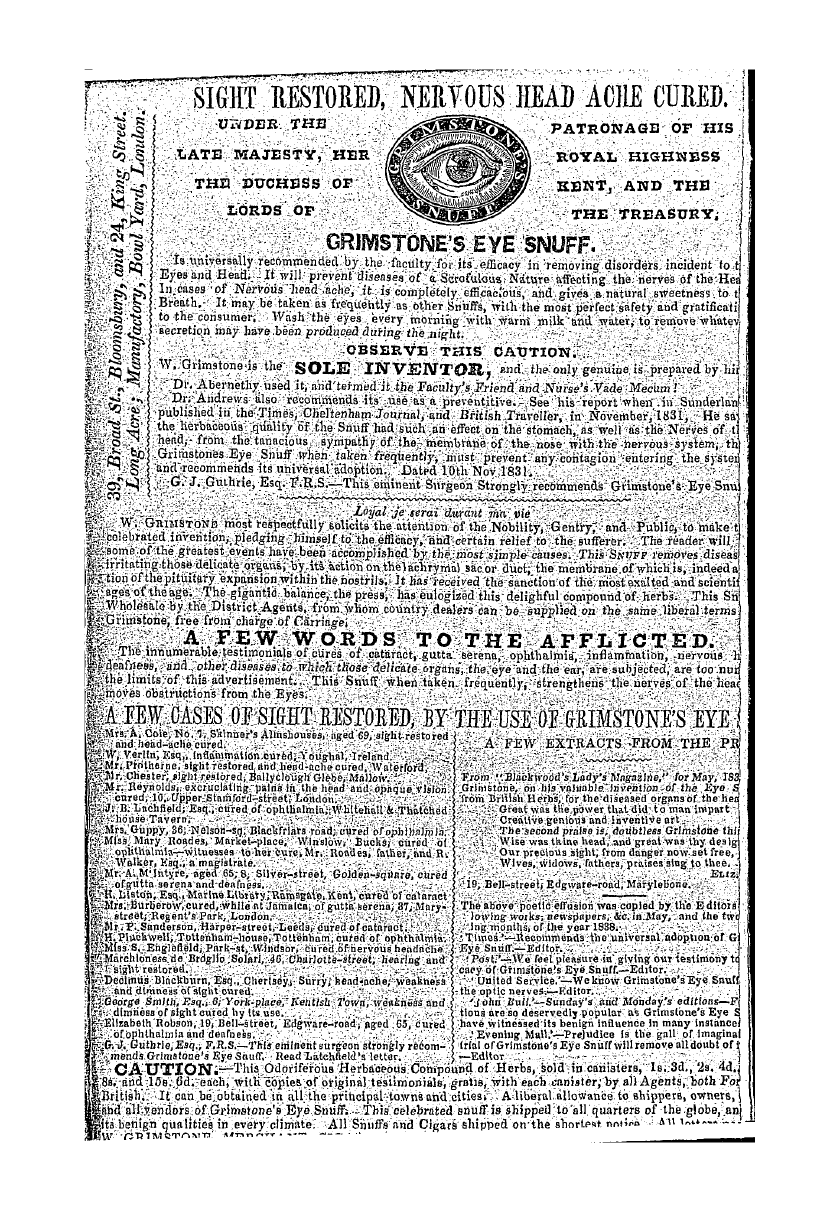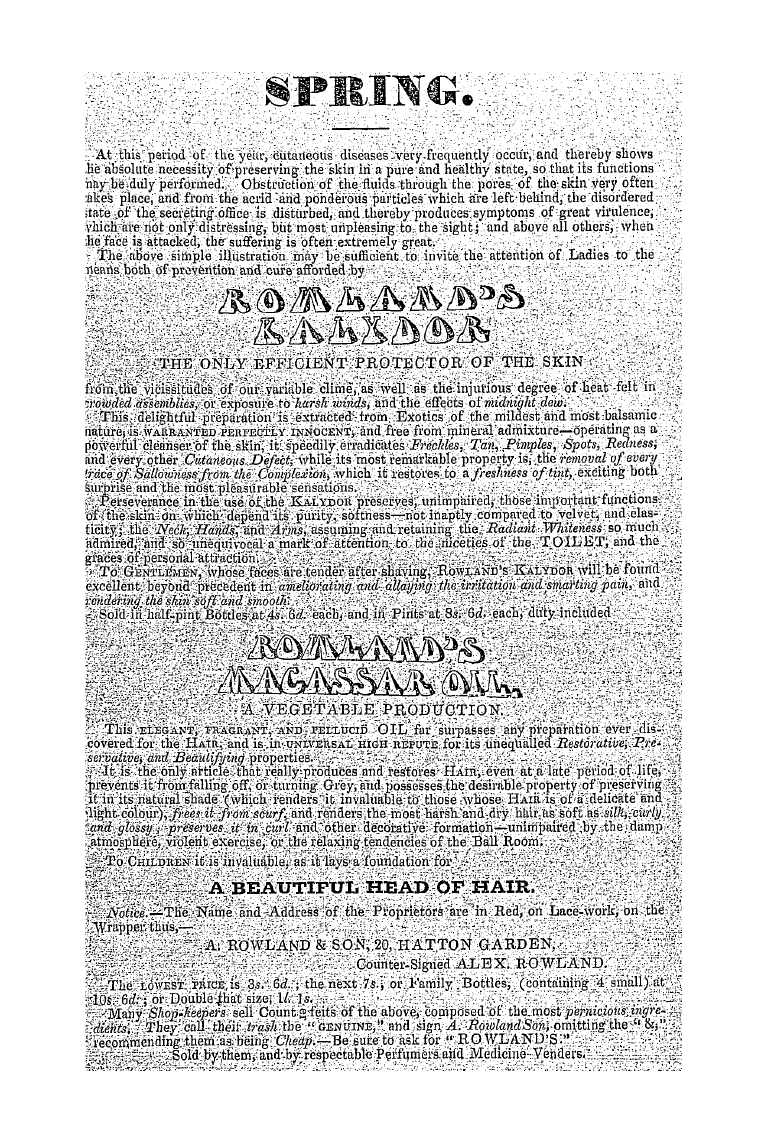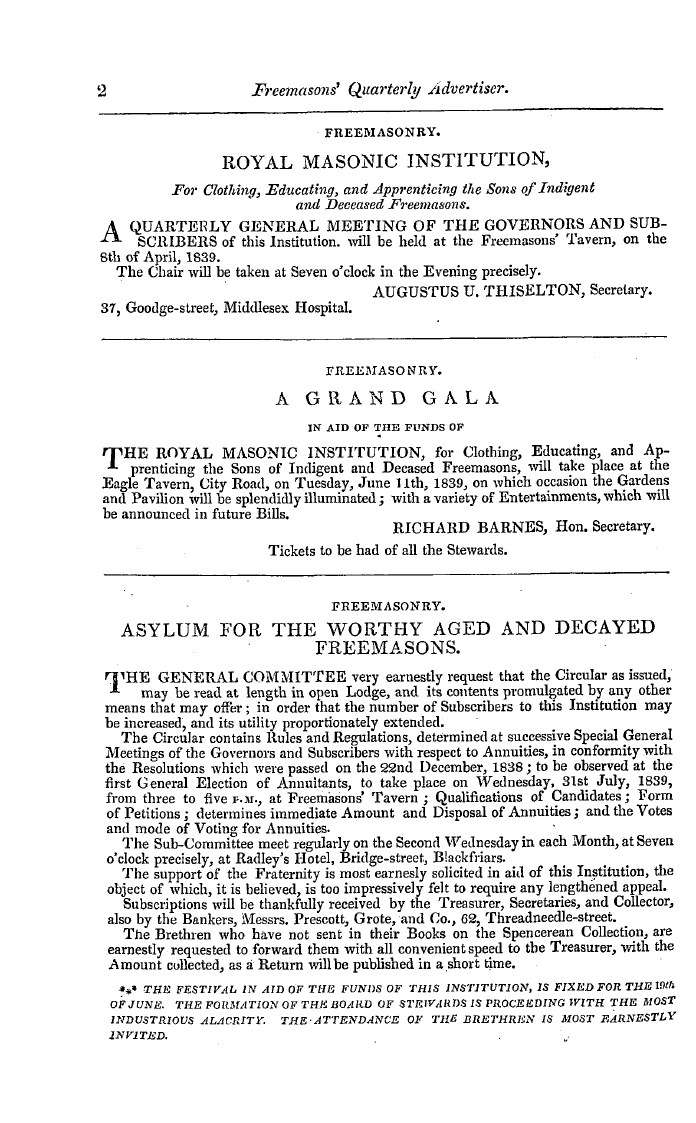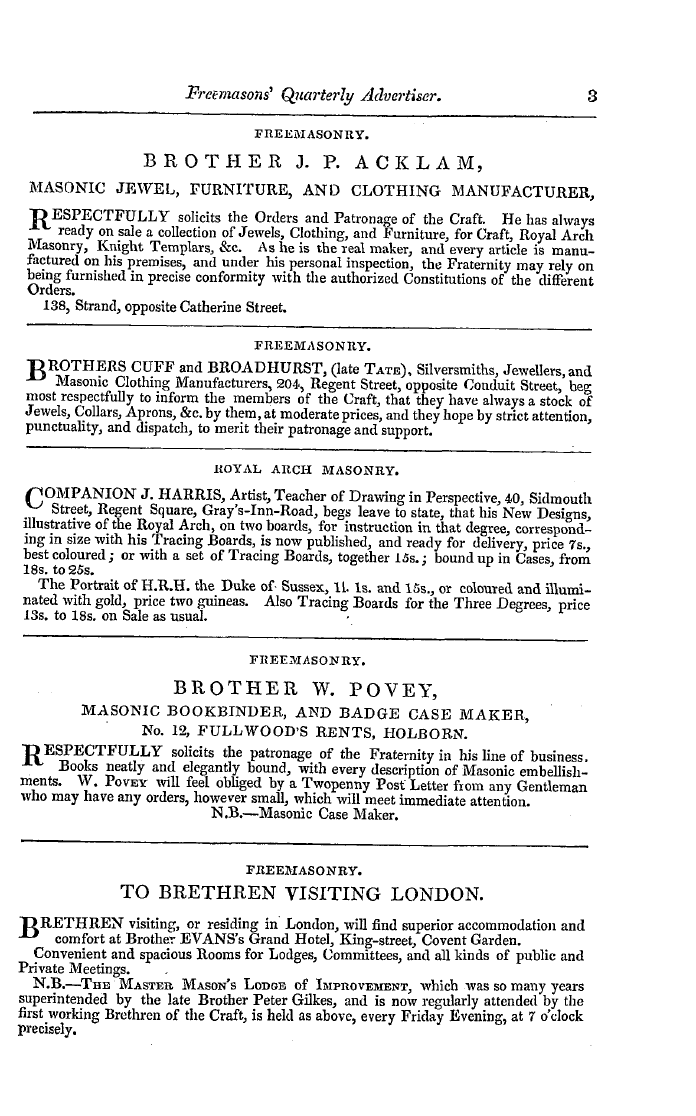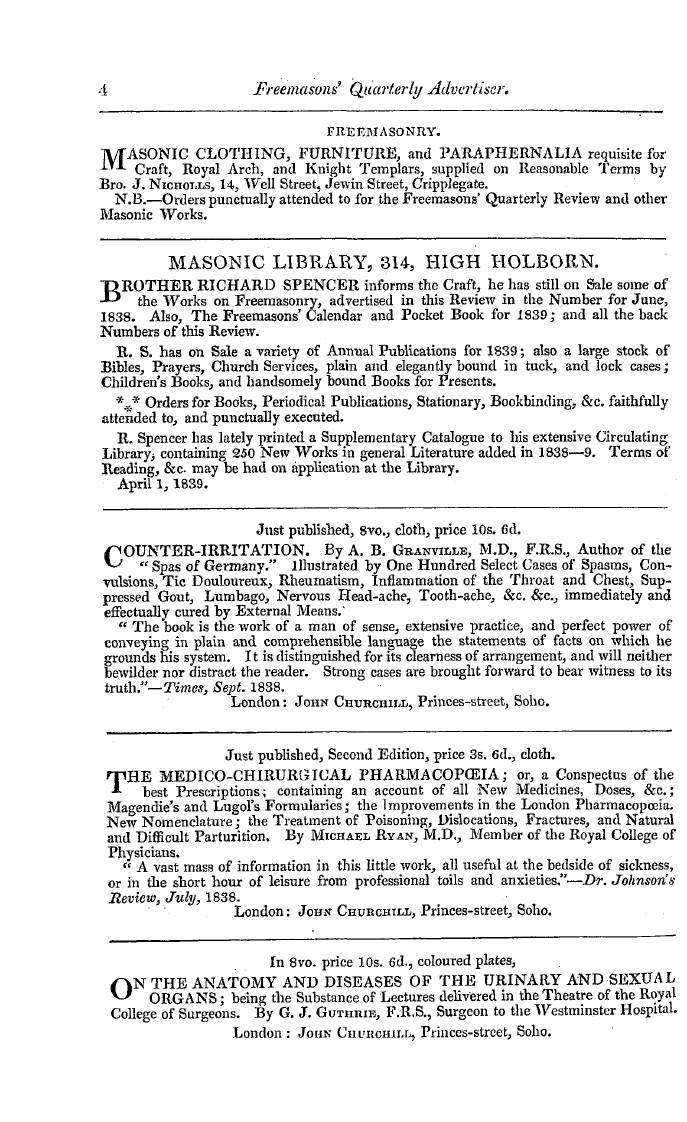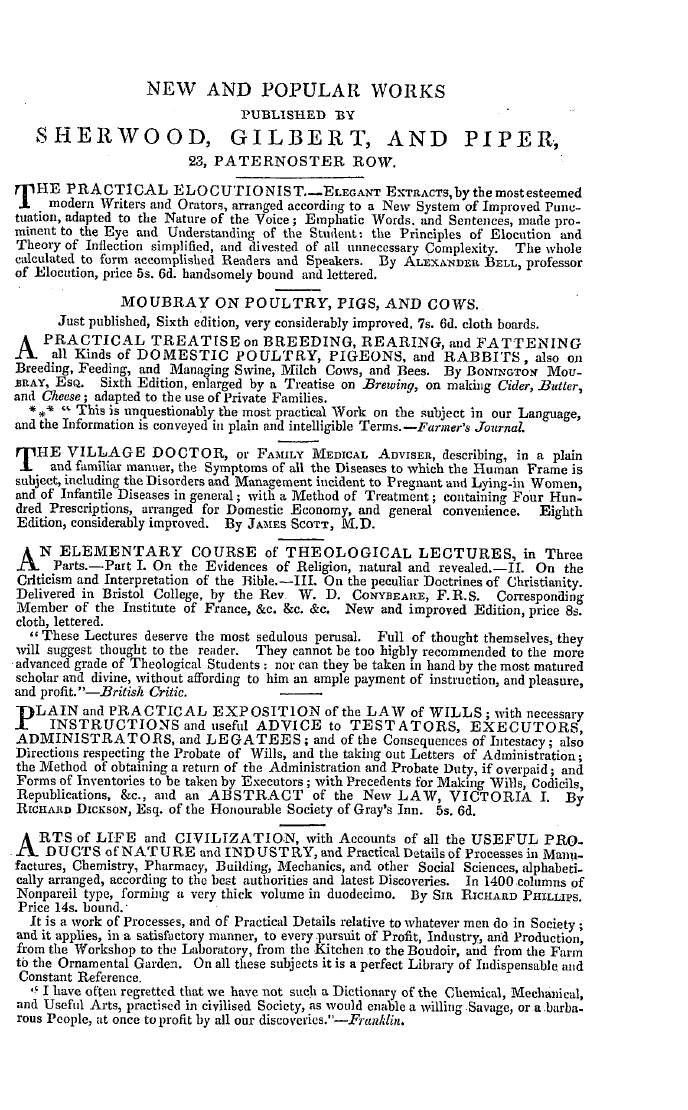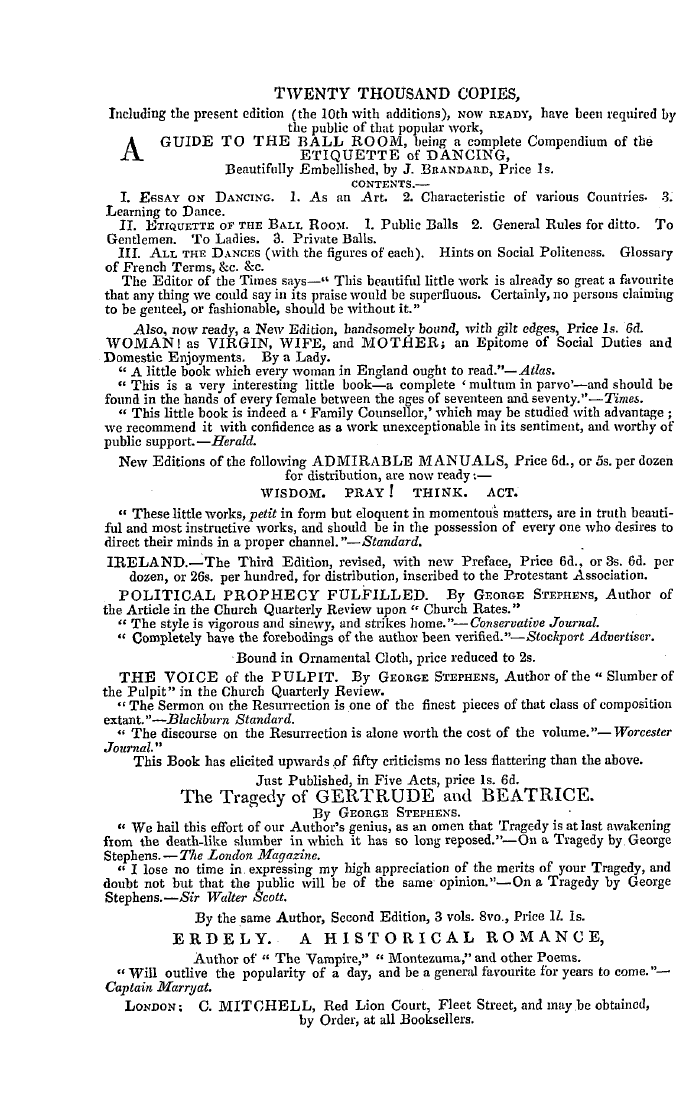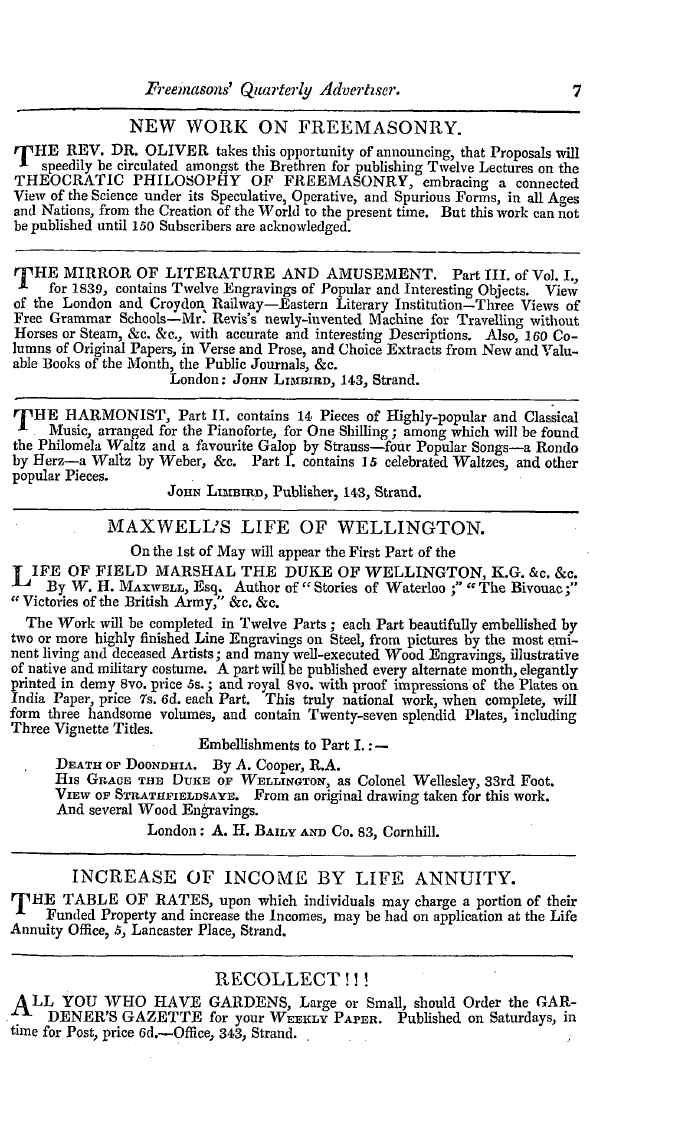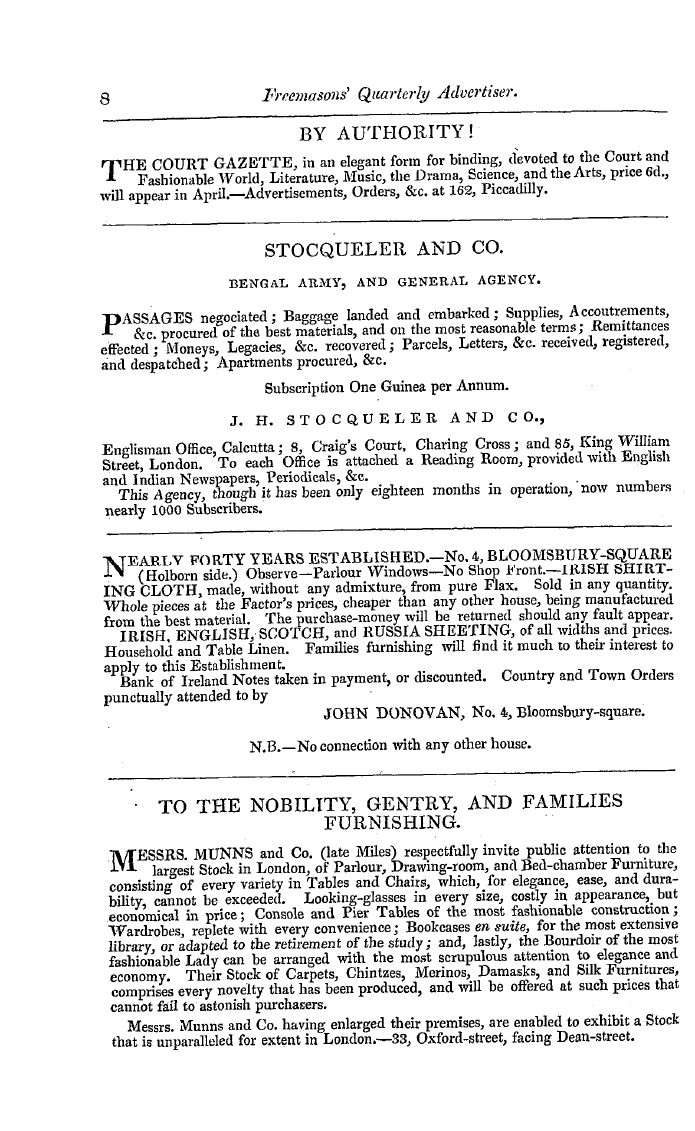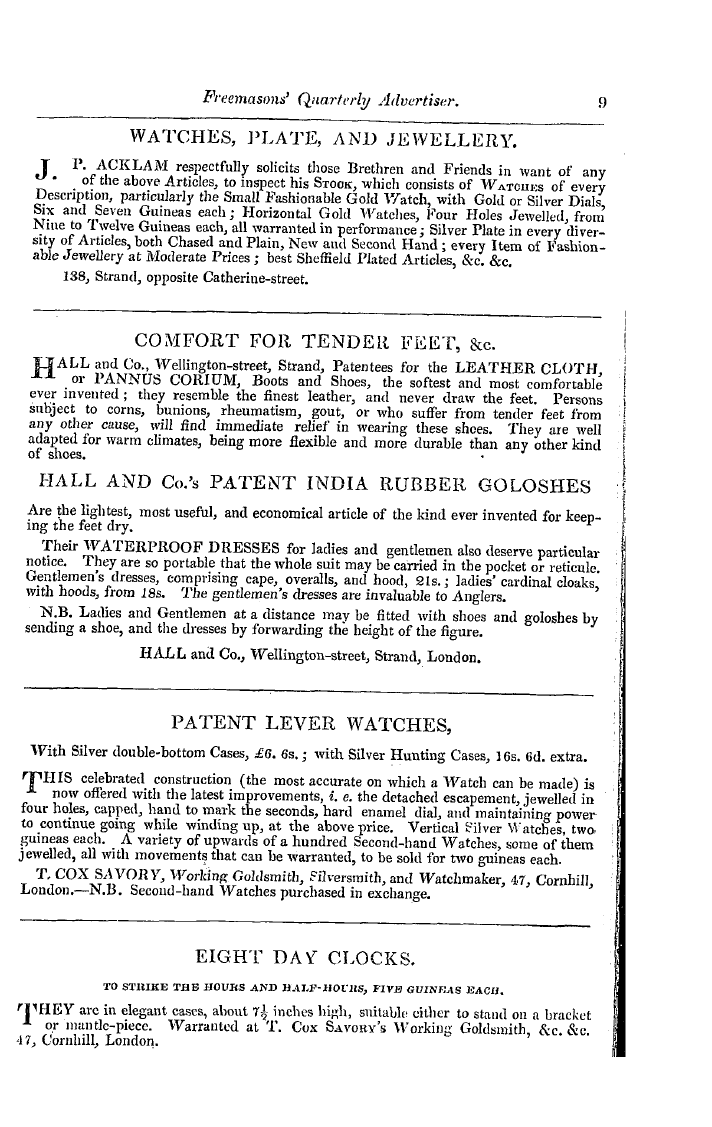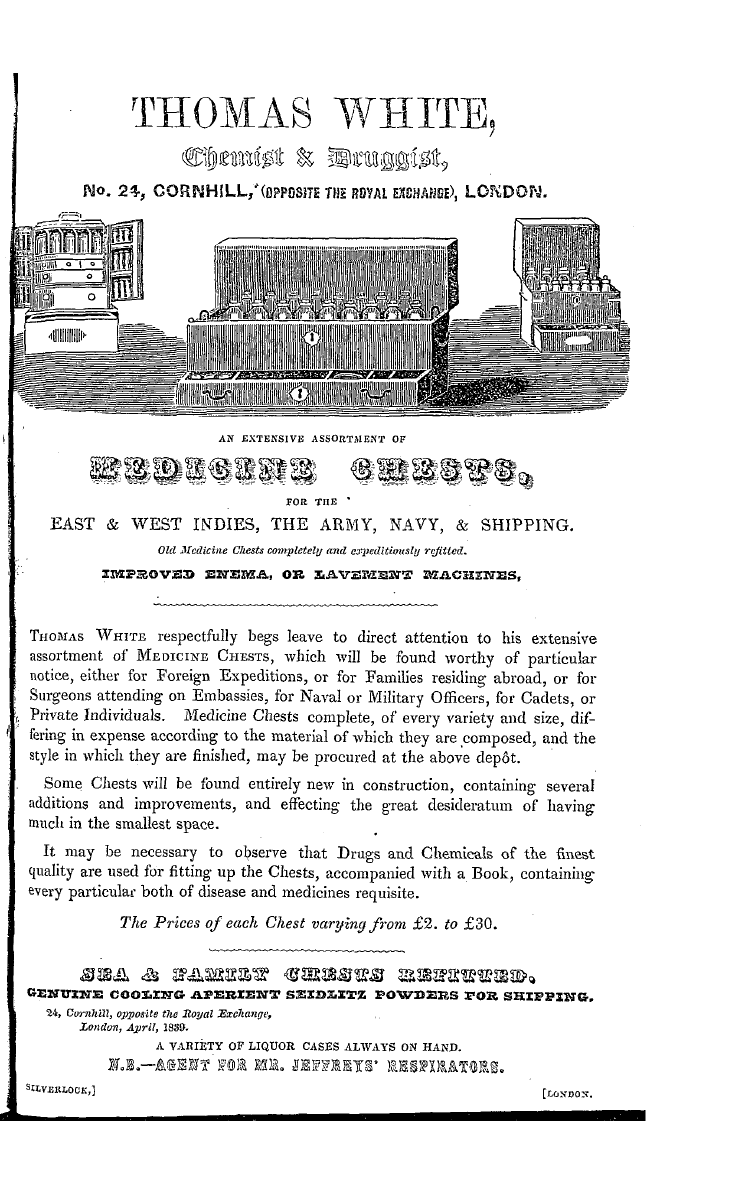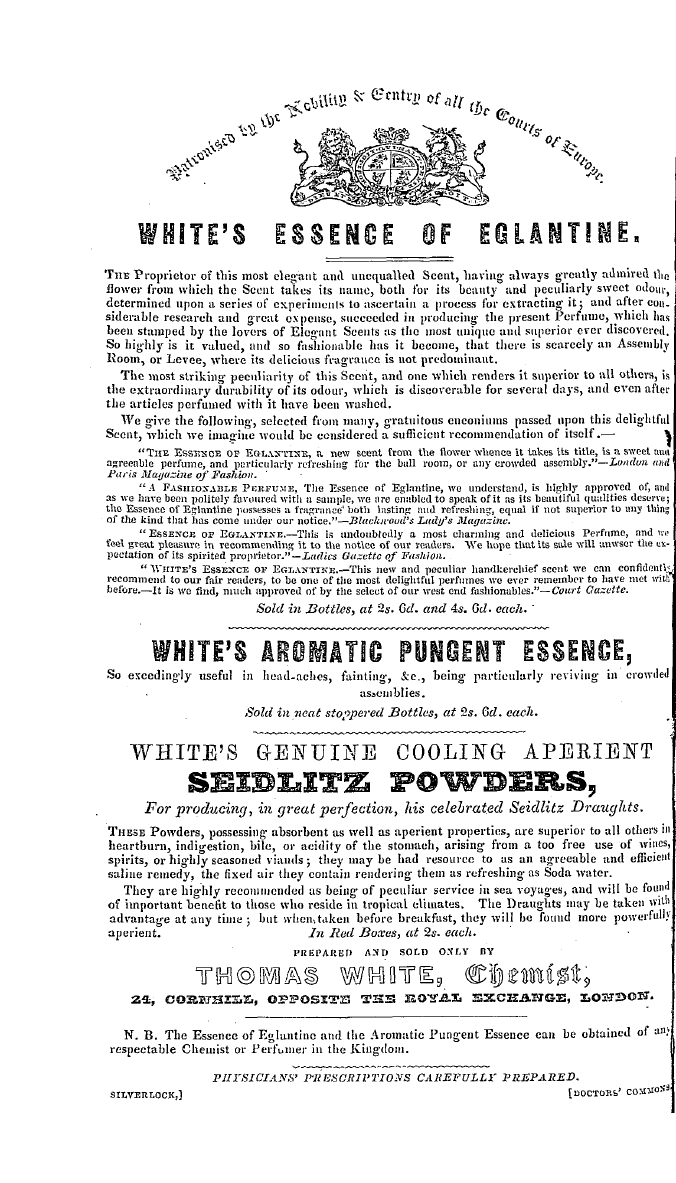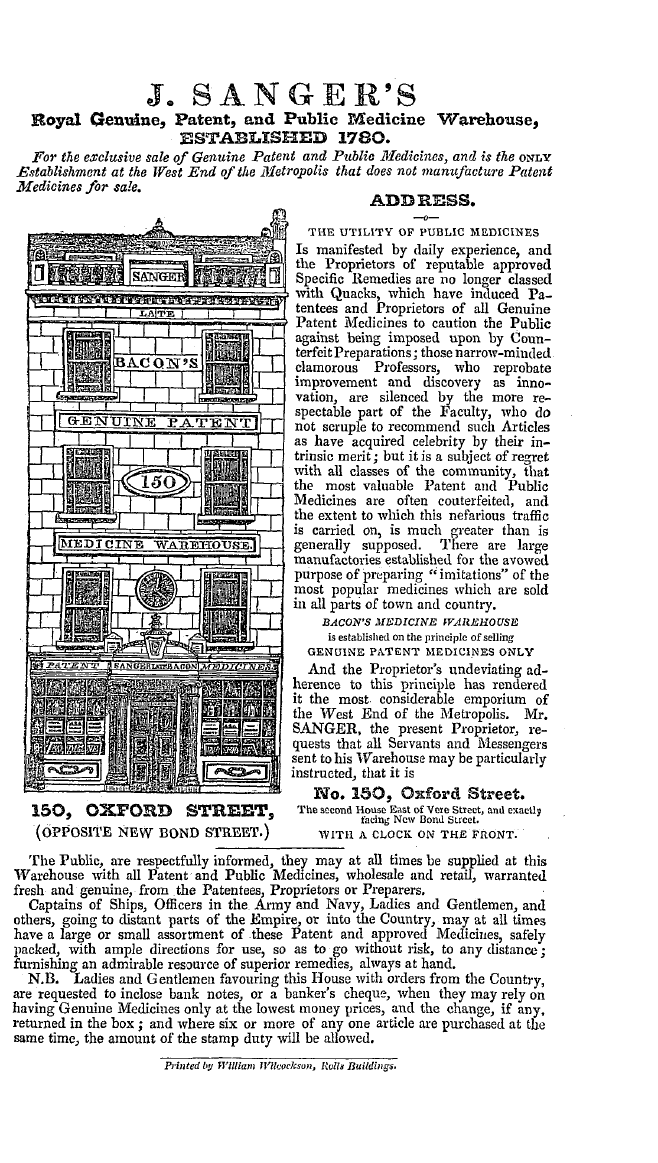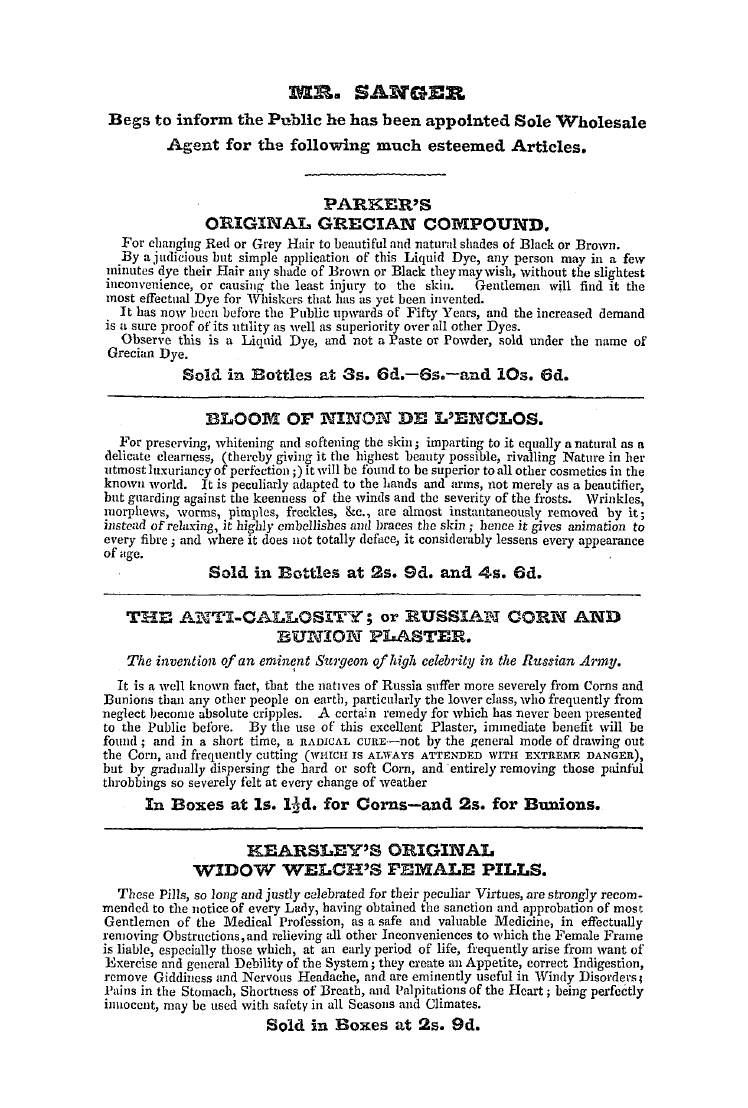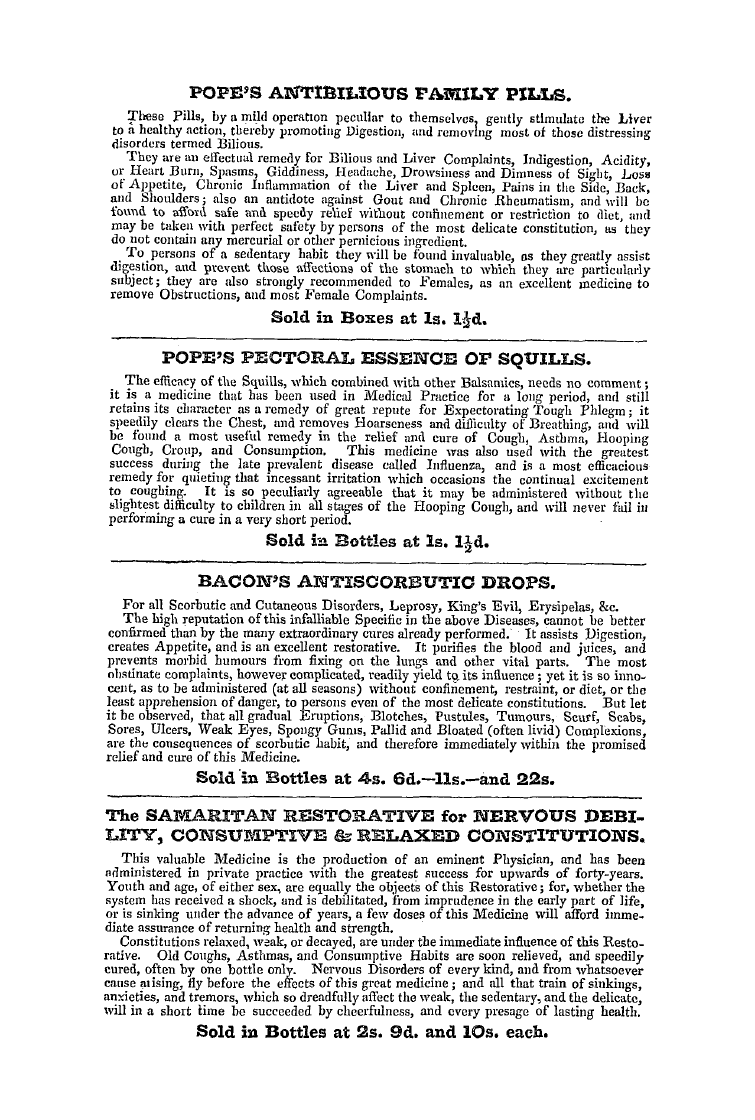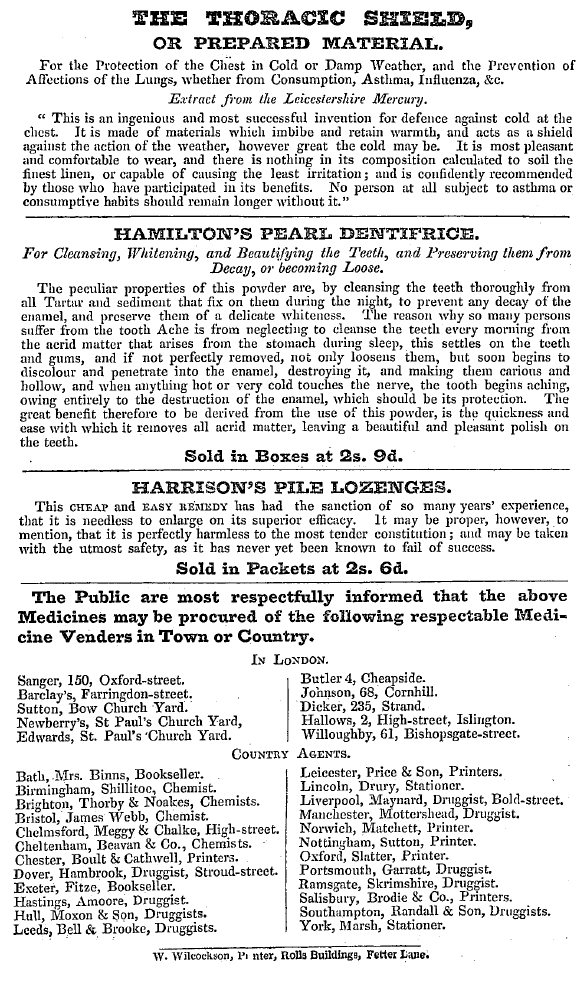-
Articles/Ads
Article ON FREEMASONRY. ← Page 3 of 10 →
Note: This text has been automatically extracted via Optical Character Recognition (OCR) software.
On Freemasonry.
they raised ; dazzling with every rich variety of ornamental decoration , confirmed the superiority which they assumed in the walks of genius and learning ; and secured for them the distinction and respect which always attend superior talent . Indeed the appearance of so many stately ecclesiastical edifices spread over the island in all the unparalleled magof semibar
nificence of Gothic architecture , during an age - barism , could scarcel y fail to impress upon the ignorant serf , an idea that their builders were possessed of more than mortal powers . And this feeling would not be diminished by the impenetrable veil which was thrown over their transactions in tyled Lodges ; their habits of secrecy , and
taciturnity ; and the profound deference which was always paid to their opinions by the rich and powerful both in church and state . If then , it be asked , as it often has been , " What did the Masonry of the middle ages consist of ? and in what manner did Freemasons distinguish themselves in tbe walks oi science and morals ? " They themselves have furnished a brief but comprehensive reply to the inquiry . In a Mb . which was deposited in the Bodleian library about the 15 th
century , when the Gothic style of architecture was in its most palmy state , they have told us that their Masonry was — « the sky lle of nature , the understandynge of the myght that ys hereynne , and its sondrye werkynges : sonderlyche , the sky lle of reckenyngs , of waig htes ancl metynges , and the true manere of faconnynge at thyngs for mannes use ; and all
headlye , dwellinges , and buyldynges of alle kyndes , other " thvnges that make gudde to manne . " They have further told us that they possessed the " arte of ffyndynge newe artes , and thatt ys for there owne proffytte , and preise : they concelethe the arte of kepynge secrettes , that soe the worlde mayeth nothinge concele from them . Phay
conceleth the arte of wunder-wreckynage , and of foresayinge thynges to comme , that so thay same artes may not be nsedde of the wyckedde to an enyell ende . " They tell us that the " arte of ffyndynge neue artes the ffyrste maconnes receaued from Godde ; by the whyche they fyndethe what artes hem lesetheancl the trevv way of techynge the same . "
p , And they have openly named some of the arts which they practised and taught , viz . " agriculture , architectura , astronomia , geometria , numeres , musica , poesie , kymistrye , govermente , and relygyone . " *
Note: This text has been automatically extracted via Optical Character Recognition (OCR) software.
On Freemasonry.
they raised ; dazzling with every rich variety of ornamental decoration , confirmed the superiority which they assumed in the walks of genius and learning ; and secured for them the distinction and respect which always attend superior talent . Indeed the appearance of so many stately ecclesiastical edifices spread over the island in all the unparalleled magof semibar
nificence of Gothic architecture , during an age - barism , could scarcel y fail to impress upon the ignorant serf , an idea that their builders were possessed of more than mortal powers . And this feeling would not be diminished by the impenetrable veil which was thrown over their transactions in tyled Lodges ; their habits of secrecy , and
taciturnity ; and the profound deference which was always paid to their opinions by the rich and powerful both in church and state . If then , it be asked , as it often has been , " What did the Masonry of the middle ages consist of ? and in what manner did Freemasons distinguish themselves in tbe walks oi science and morals ? " They themselves have furnished a brief but comprehensive reply to the inquiry . In a Mb . which was deposited in the Bodleian library about the 15 th
century , when the Gothic style of architecture was in its most palmy state , they have told us that their Masonry was — « the sky lle of nature , the understandynge of the myght that ys hereynne , and its sondrye werkynges : sonderlyche , the sky lle of reckenyngs , of waig htes ancl metynges , and the true manere of faconnynge at thyngs for mannes use ; and all
headlye , dwellinges , and buyldynges of alle kyndes , other " thvnges that make gudde to manne . " They have further told us that they possessed the " arte of ffyndynge newe artes , and thatt ys for there owne proffytte , and preise : they concelethe the arte of kepynge secrettes , that soe the worlde mayeth nothinge concele from them . Phay
conceleth the arte of wunder-wreckynage , and of foresayinge thynges to comme , that so thay same artes may not be nsedde of the wyckedde to an enyell ende . " They tell us that the " arte of ffyndynge neue artes the ffyrste maconnes receaued from Godde ; by the whyche they fyndethe what artes hem lesetheancl the trevv way of techynge the same . "
p , And they have openly named some of the arts which they practised and taught , viz . " agriculture , architectura , astronomia , geometria , numeres , musica , poesie , kymistrye , govermente , and relygyone . " *
